When the R8->ke1440 arrived on the market in 2007, it gave buyers who couldn’t quite swing that Lambo->ke44 or Ferrari->ke252 an option, particularly when equipped with the V-10 engine. But as the years wore on, the R8 became stagnant and by the time the 2015 model came out everyone was begging for an update. Well, for the 2017 model year, we are all getting our wish, as the second-generation R8 is here. It’ll make its official debut at the 2015 Geneva Auto Show,->ke228 but ahead of this debut, Audi revealed all of the juicy details of its redesigned supercar.->ke177
The term “redesign” takes a different meaning here, as most redesigns include a whole new look. For the R8, however, the exterior changes are quite light. There are a number of modifications under the skin and in the cabin of the new R8, but the big issue at hand here is whether or not these changes are enough to overcome Audi mailing in a revised exterior.
Updated 06/08/2016: Audi dropped a new promo video for the new R8 sports car in which it wants to highlight the sports car's technology. Hit "play" to watch it!
Continue reading my full review of the 2017 Audi R8 to find out if I think the German automaker succeeded or failed with this redesign.
2017 - 2018 Audi R8
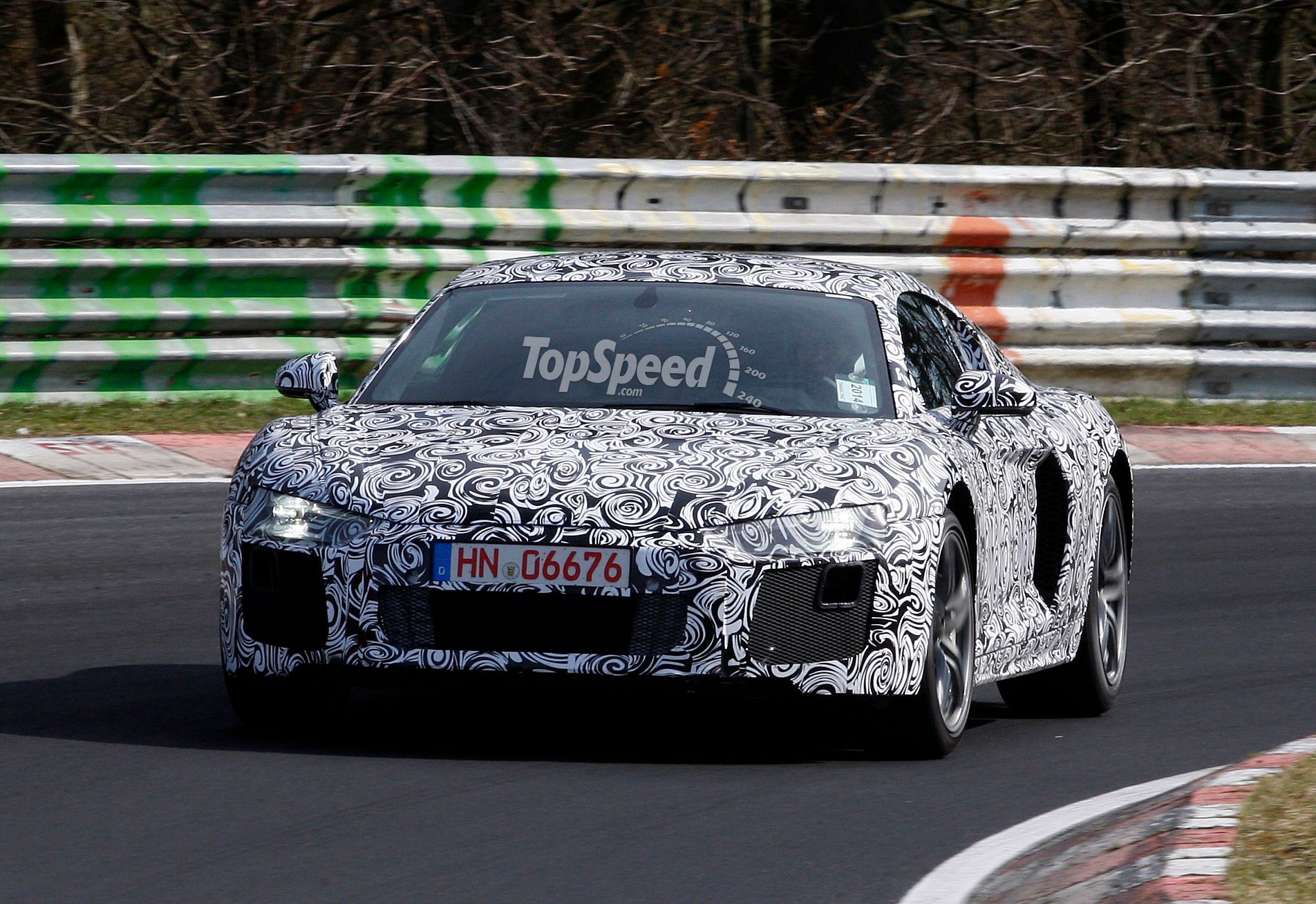

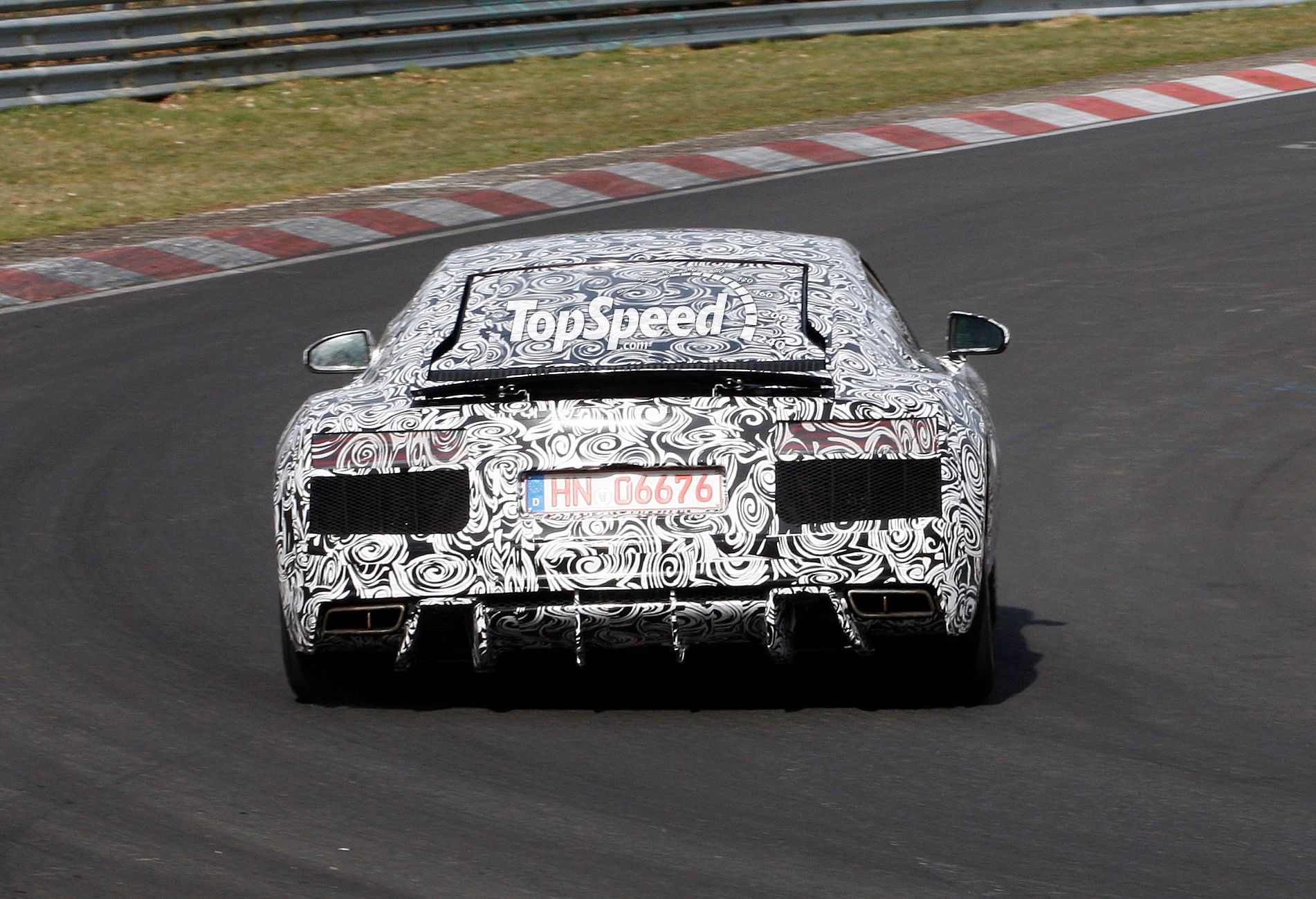
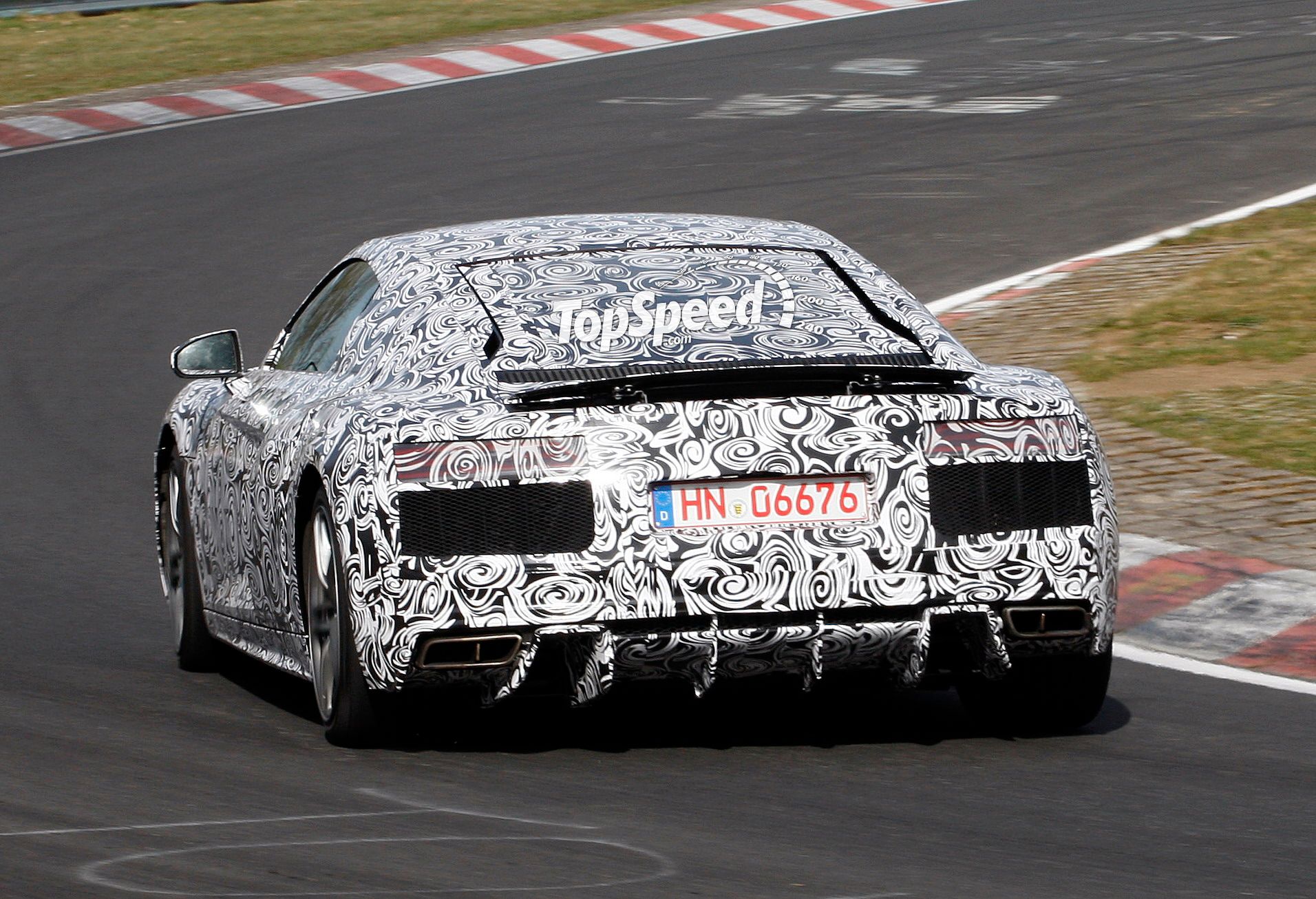
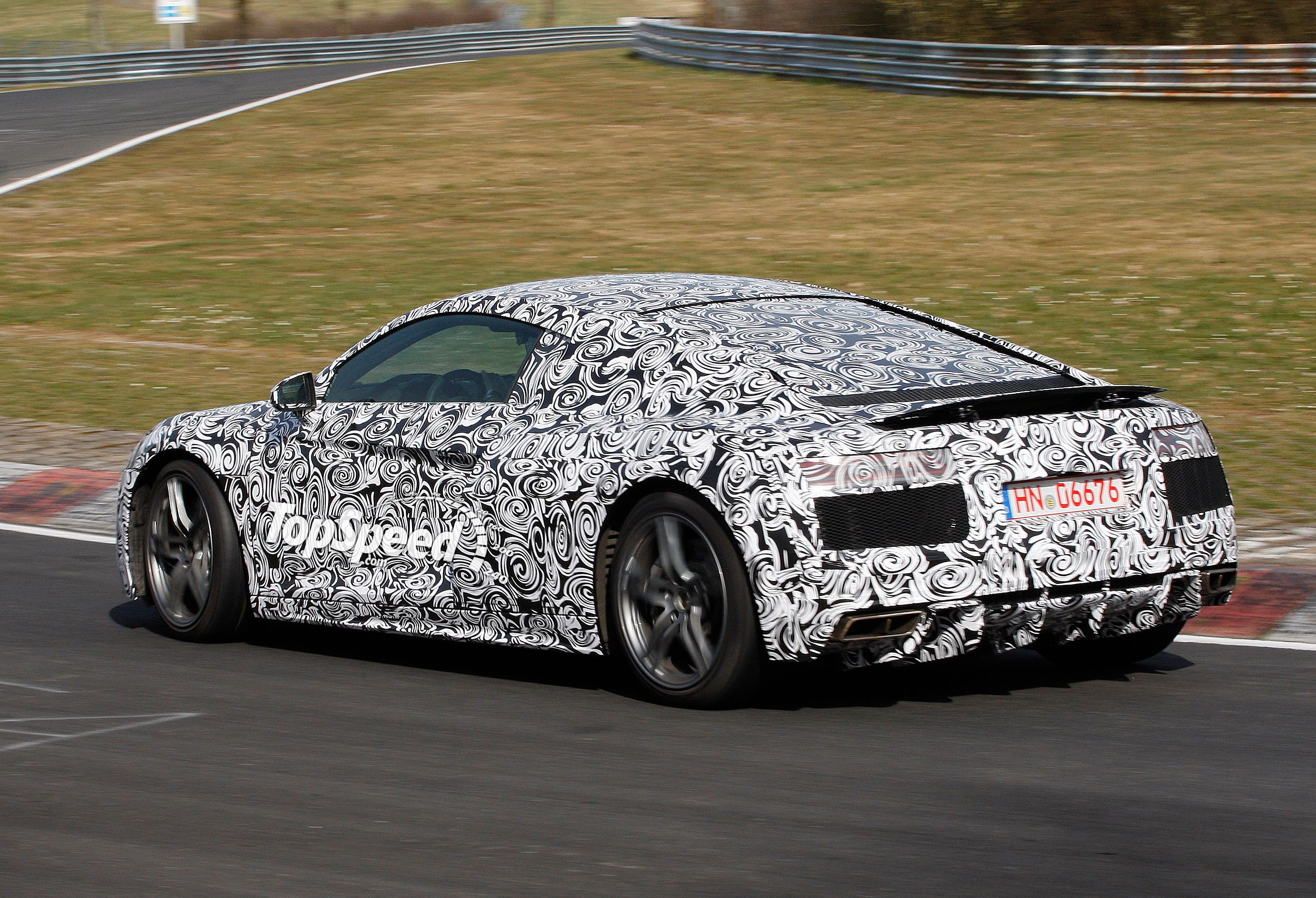
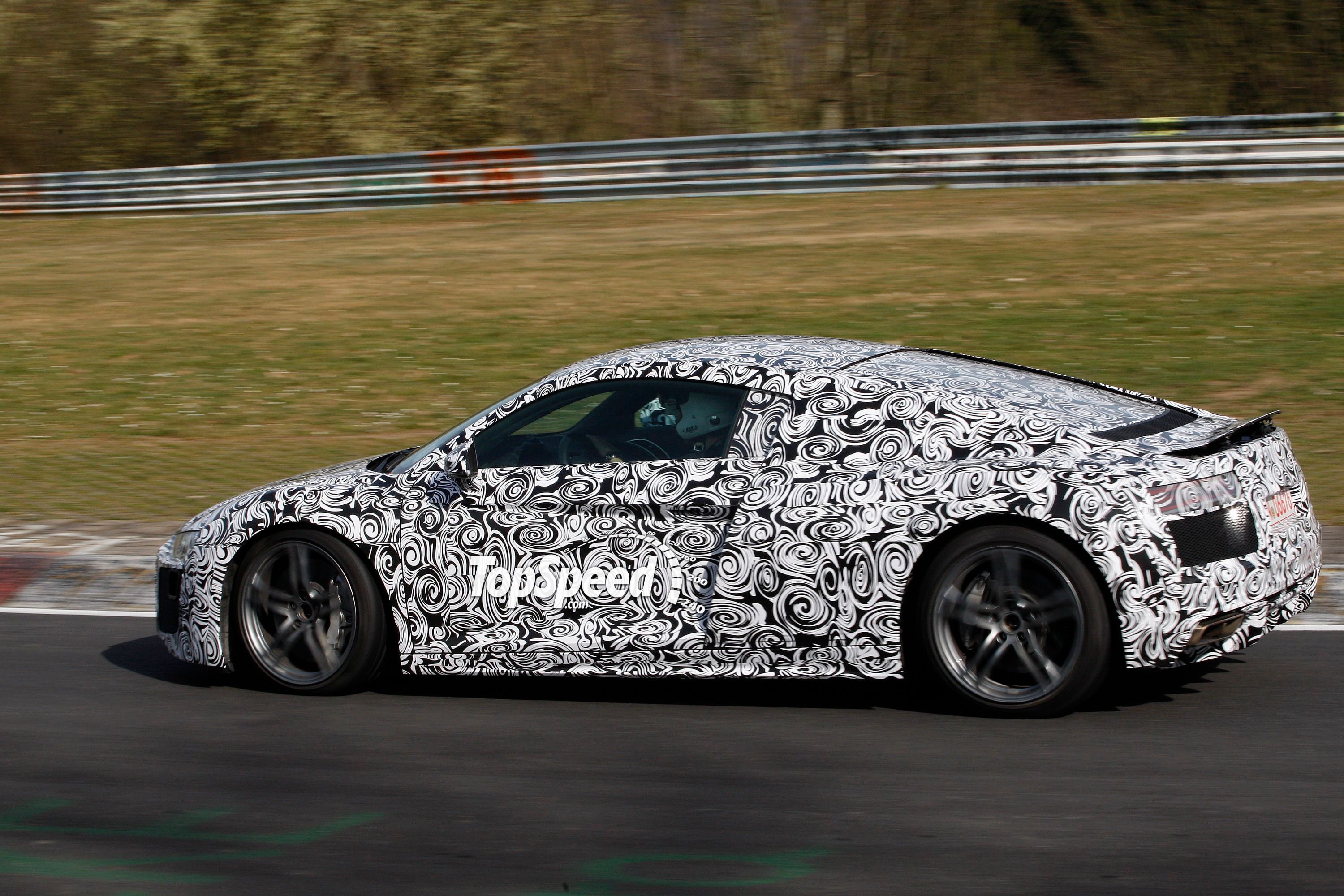
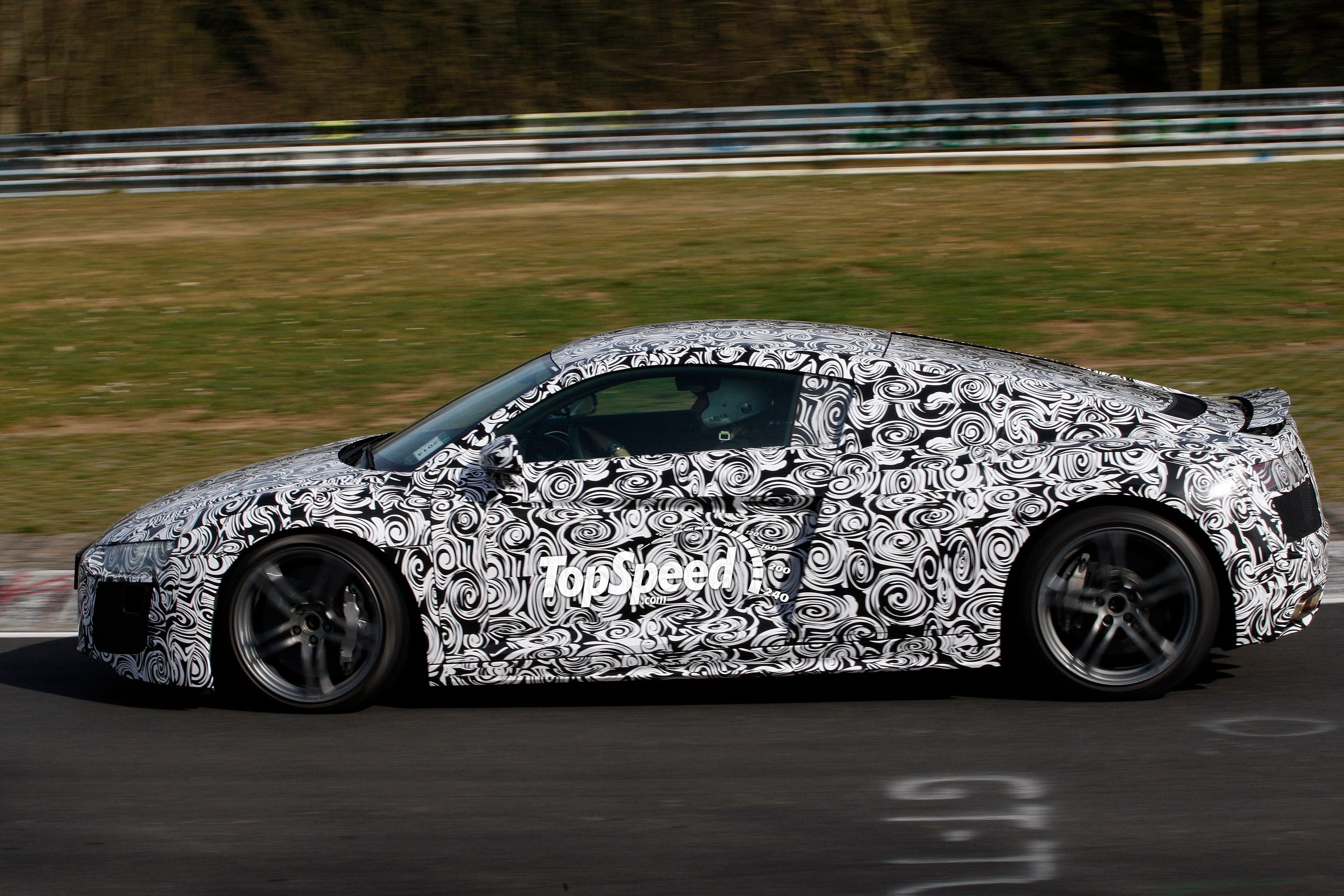
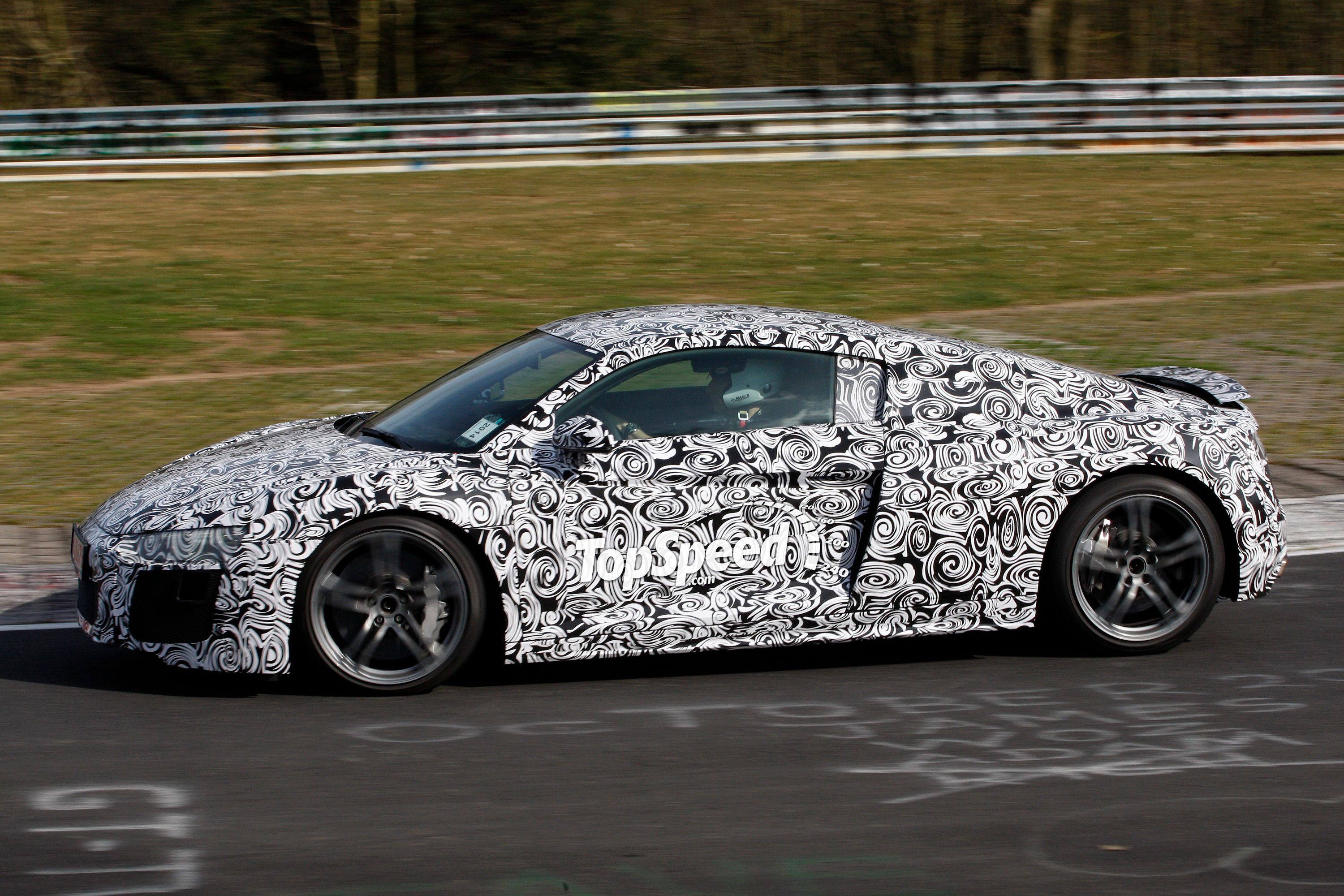
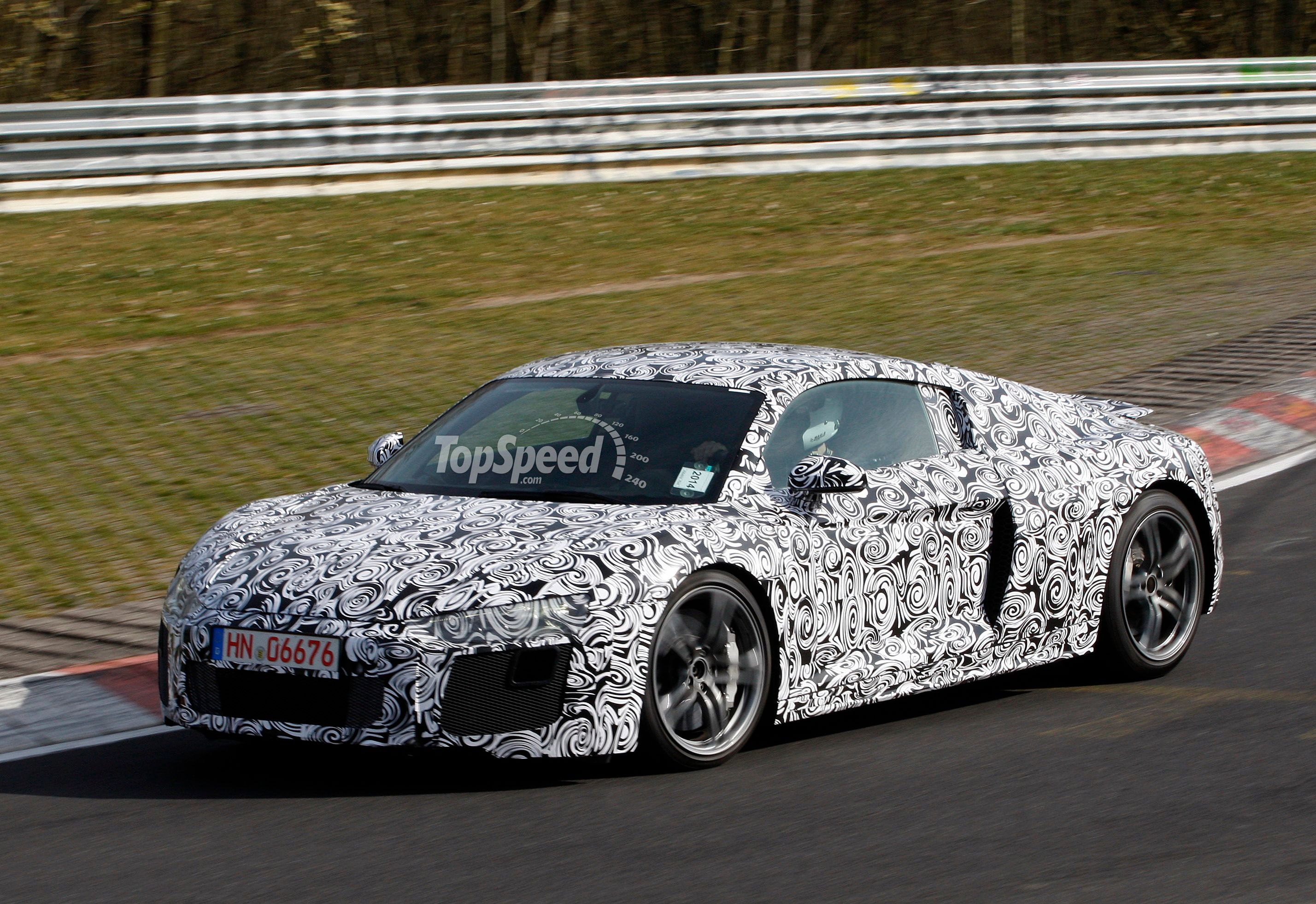
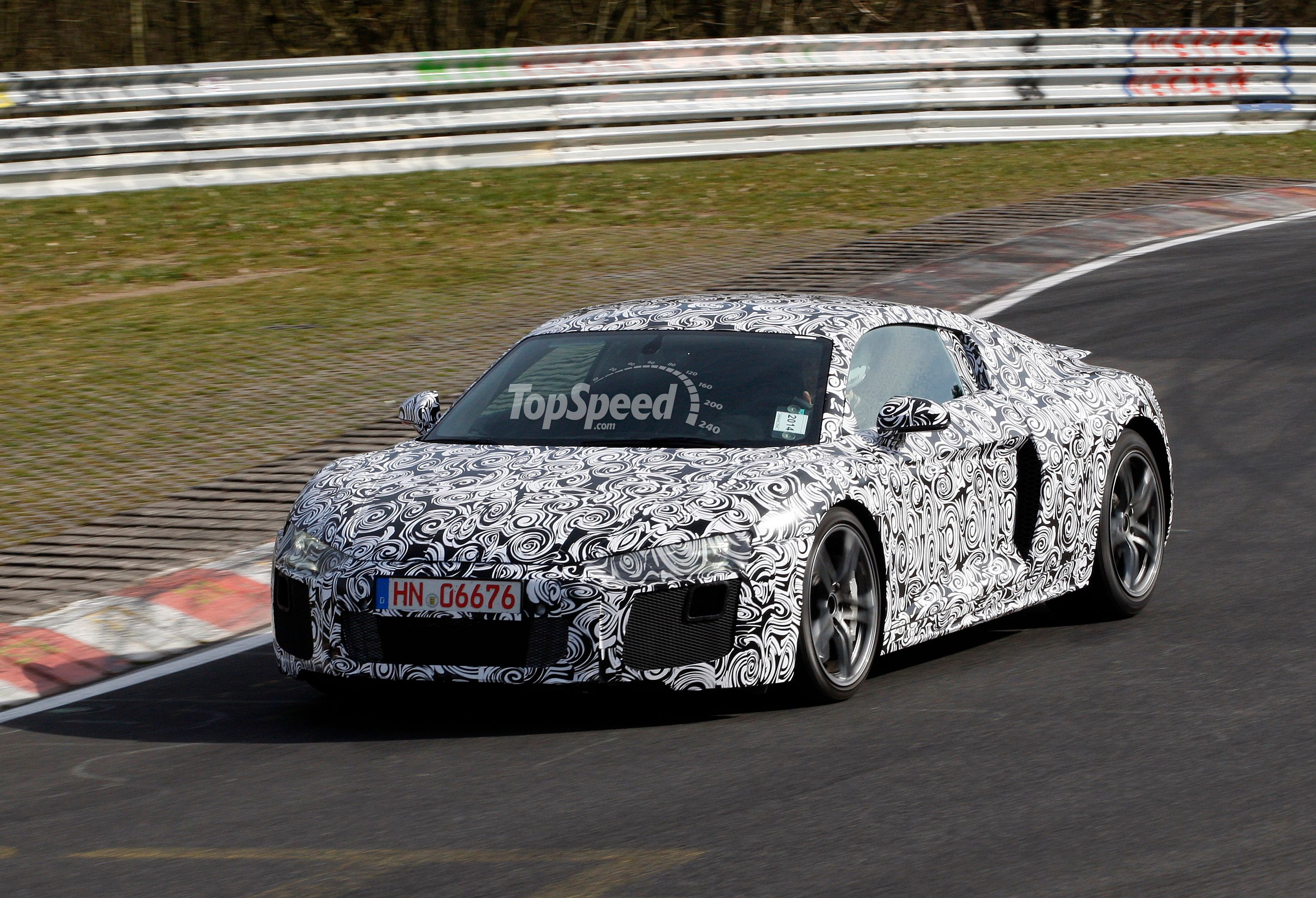
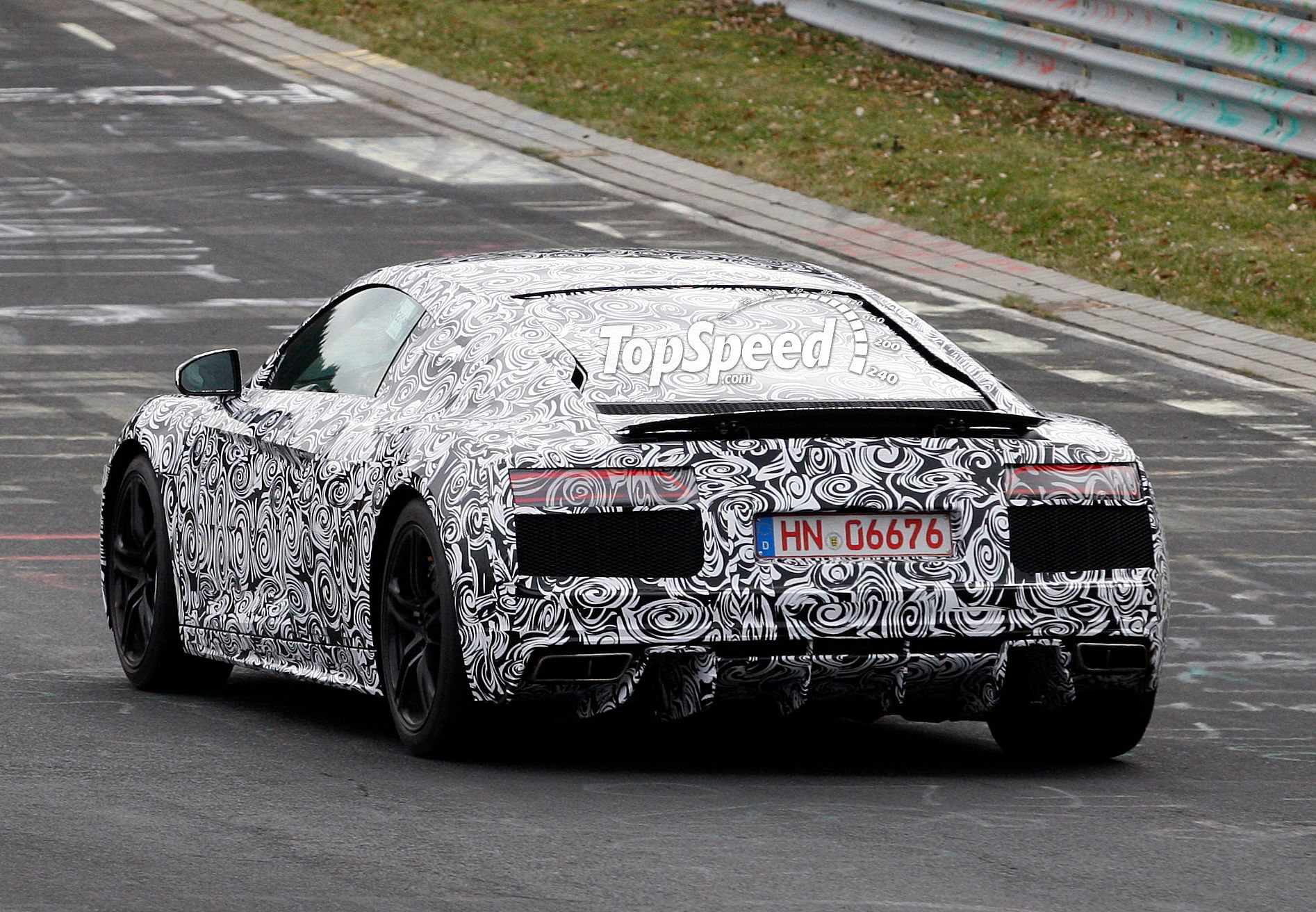
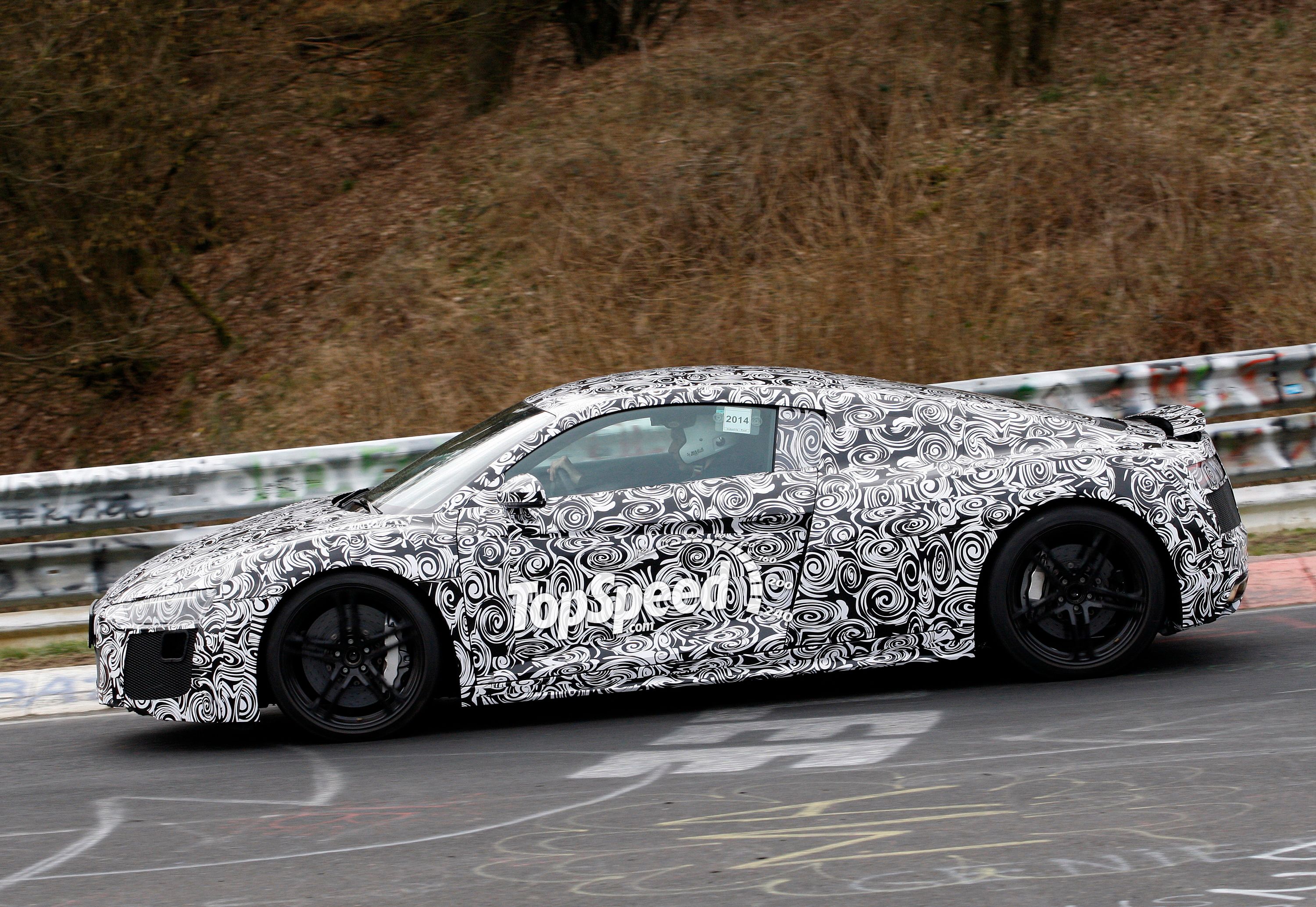
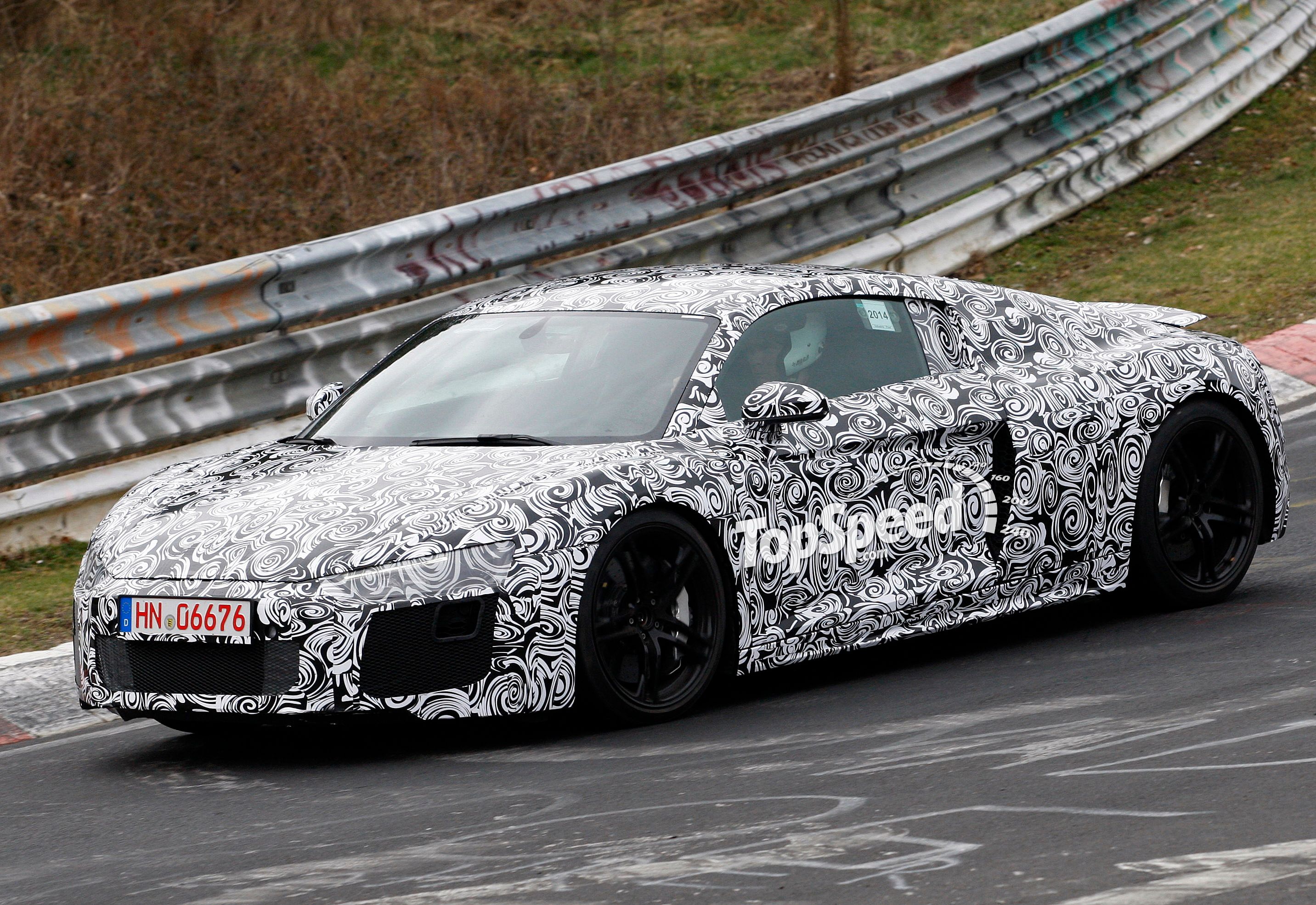
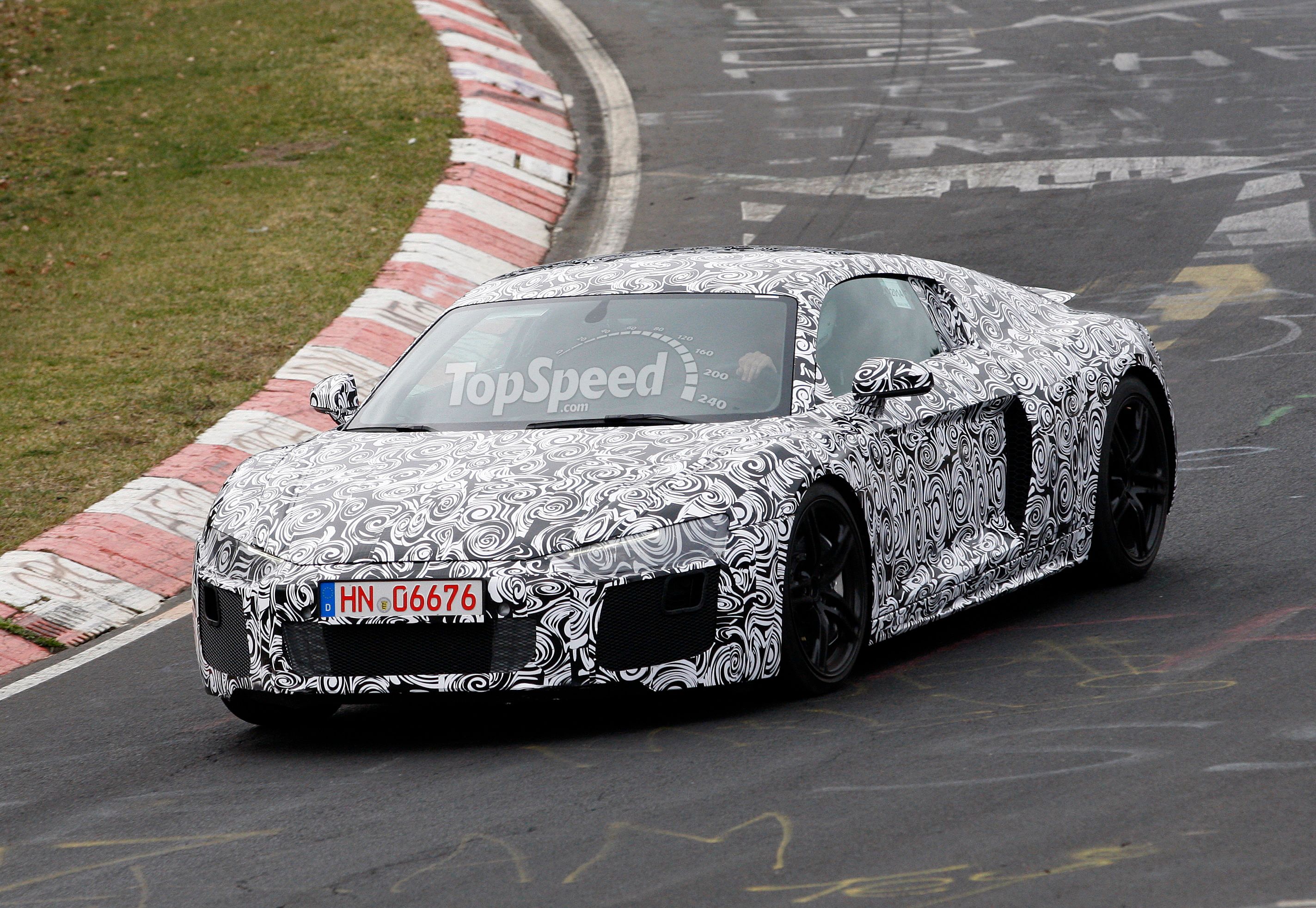
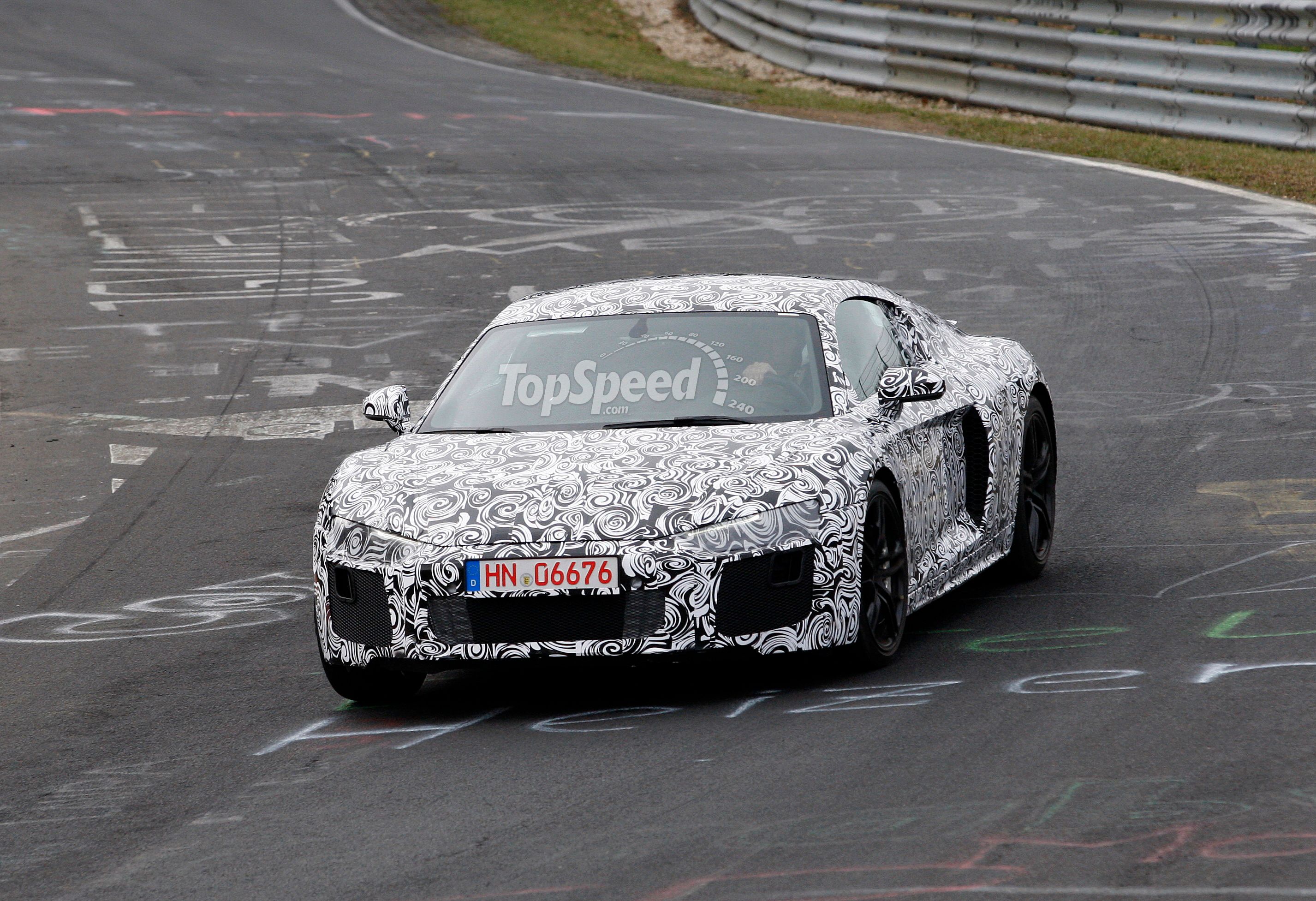
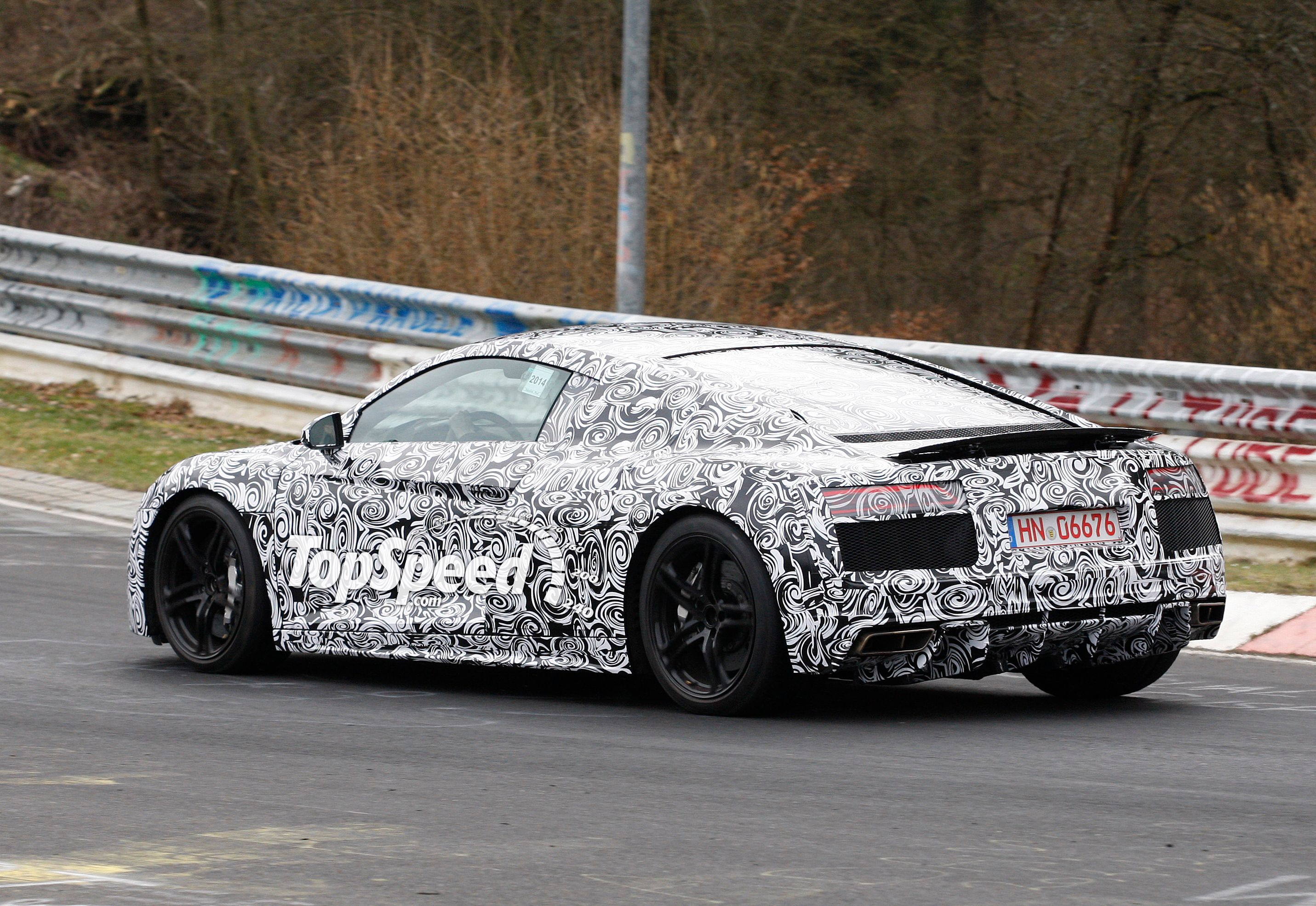
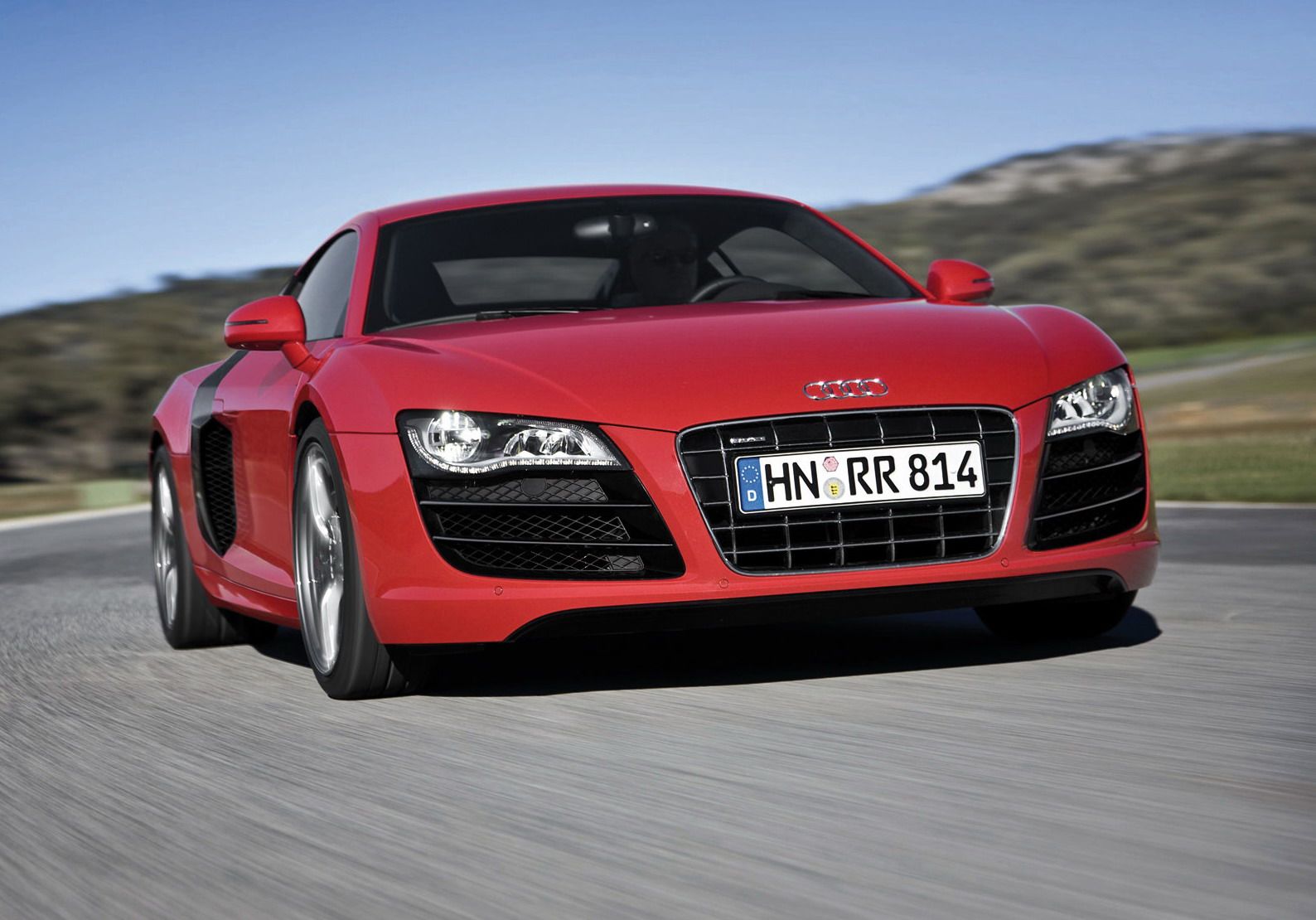

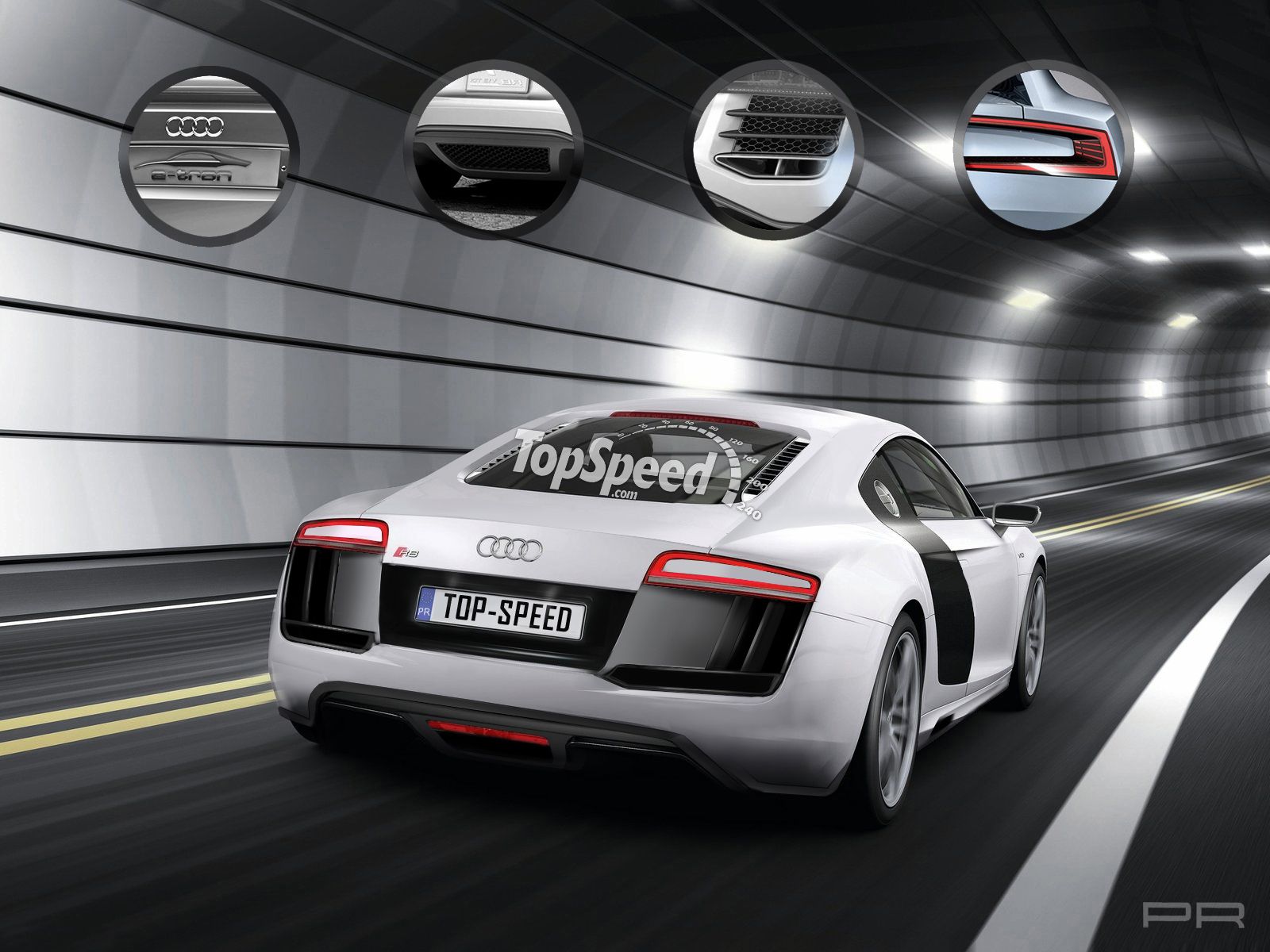















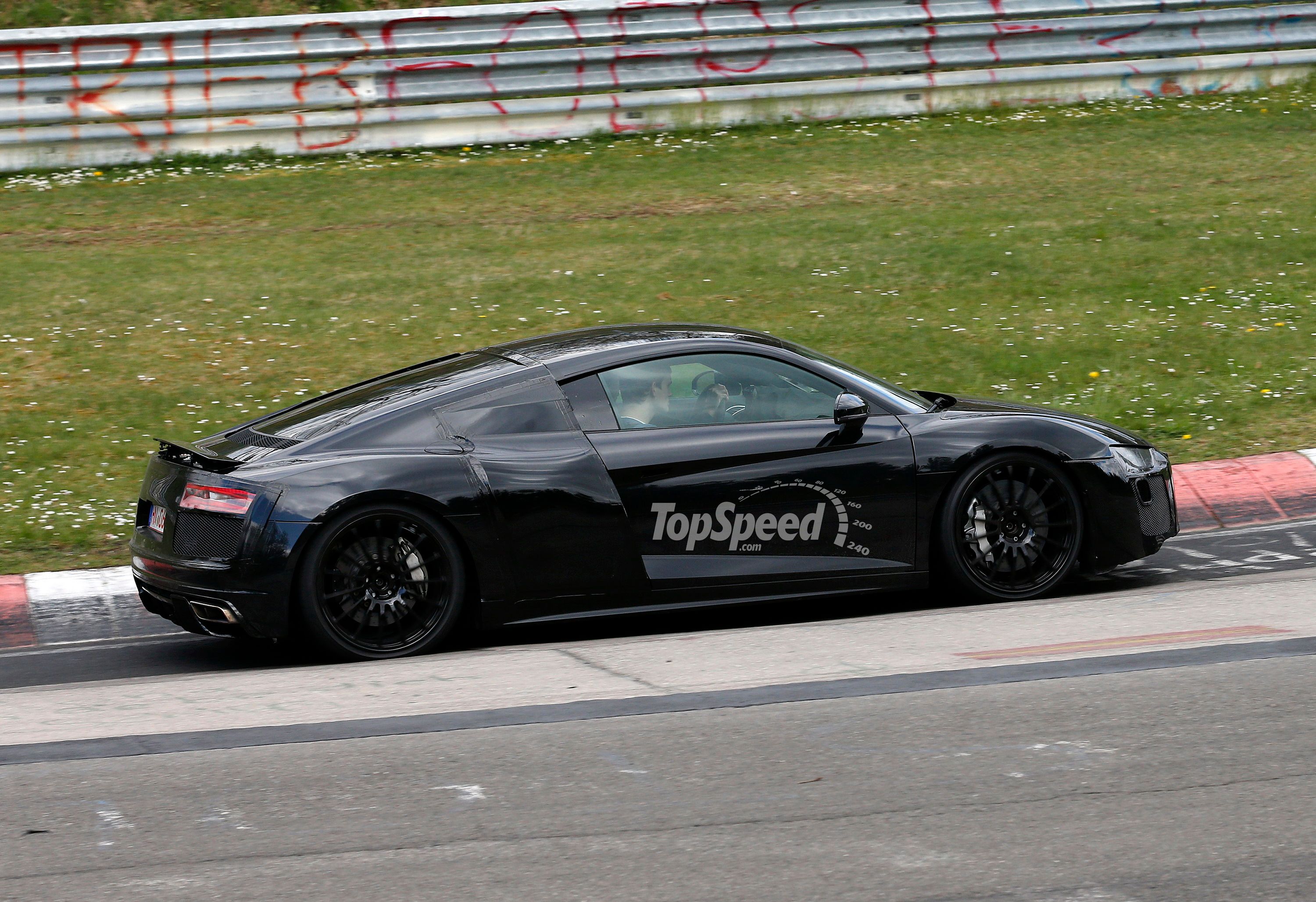
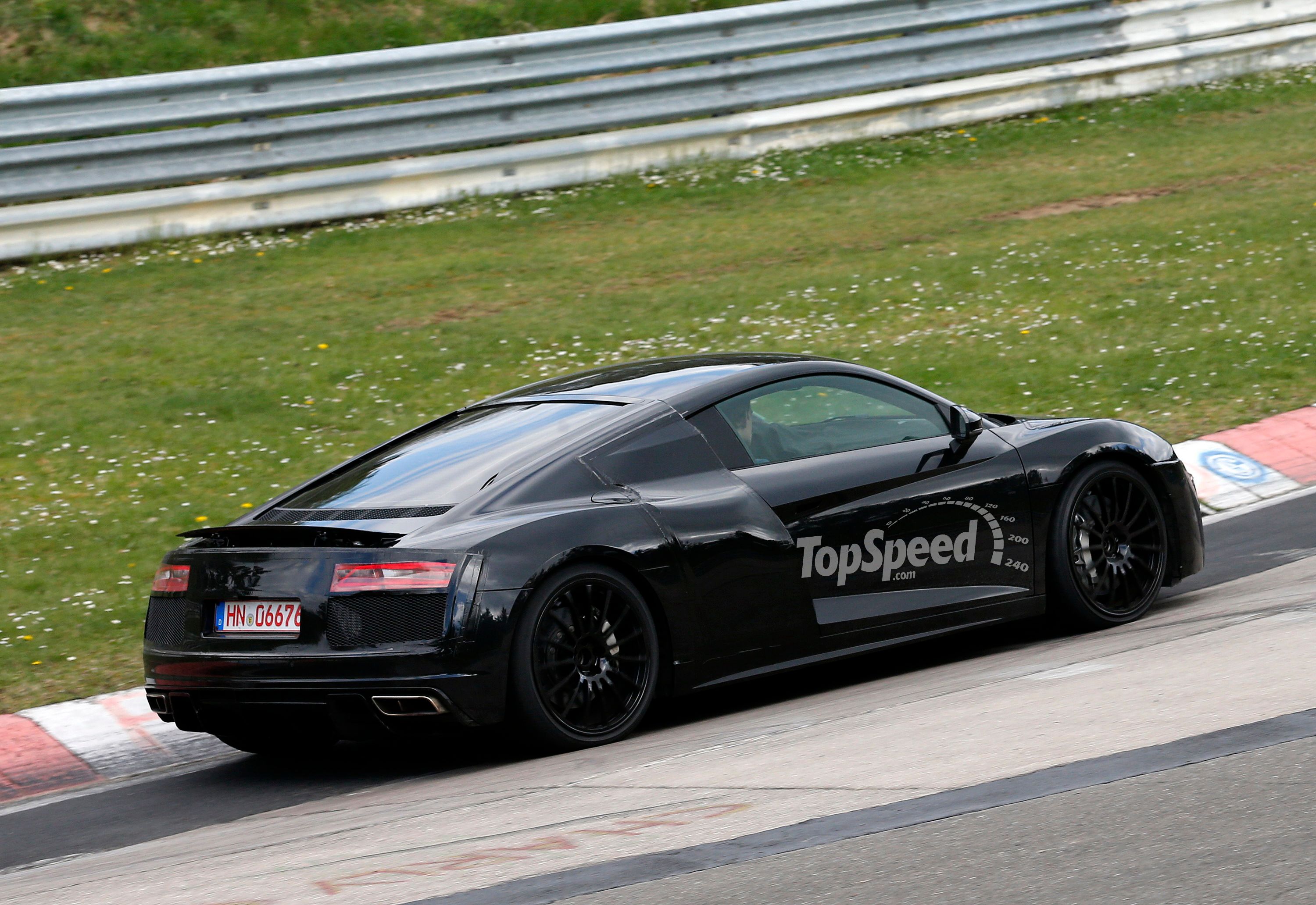
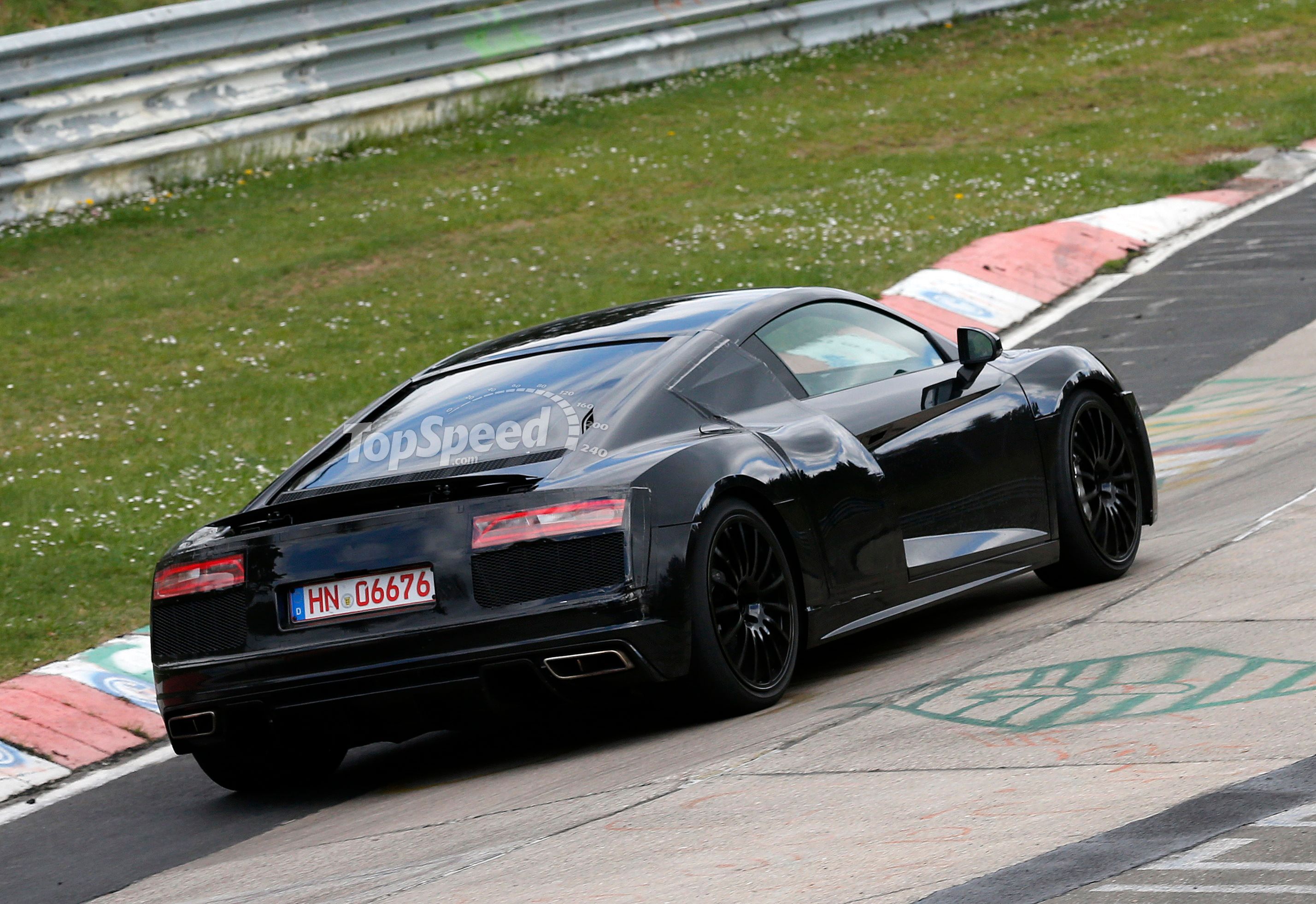
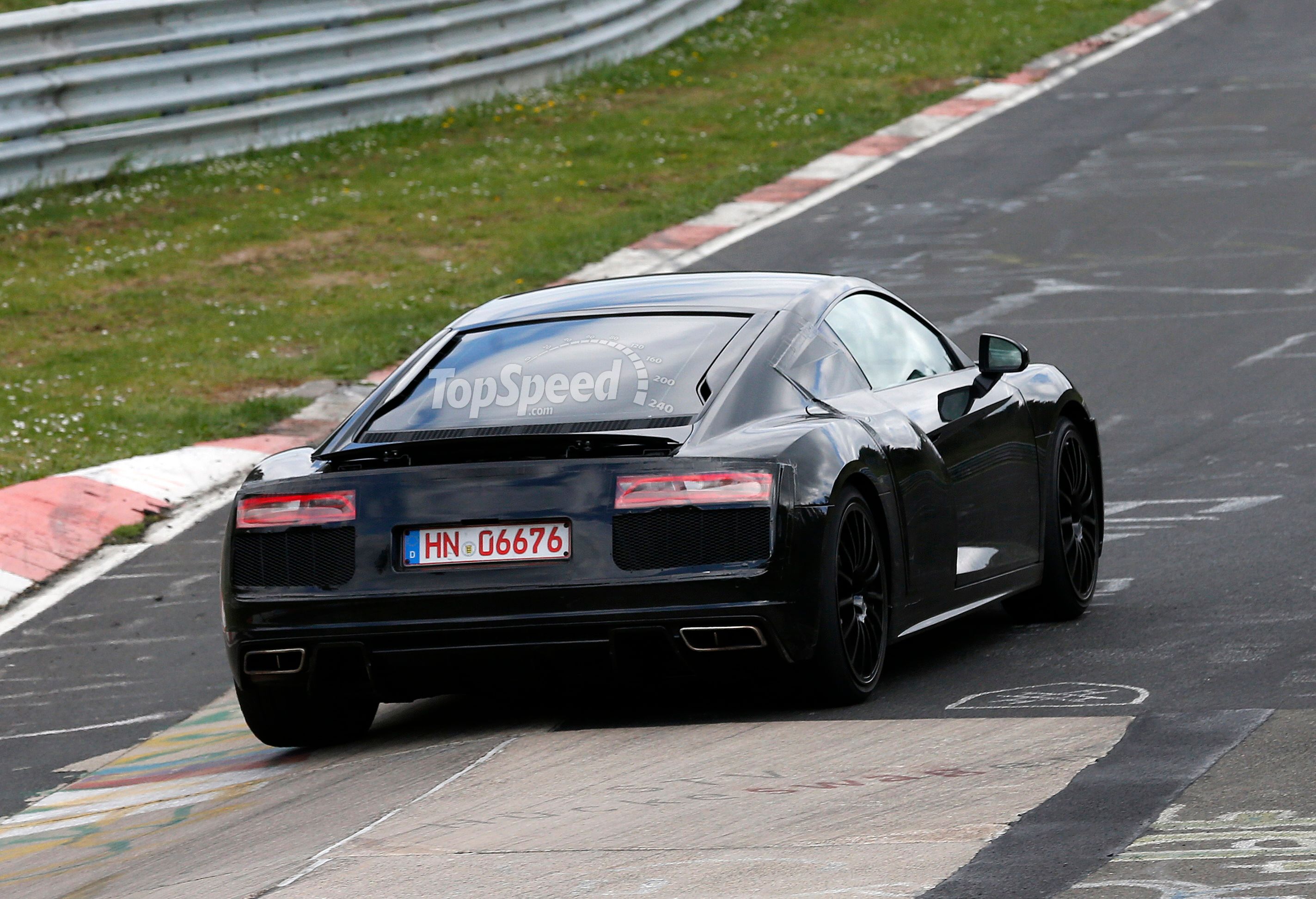



























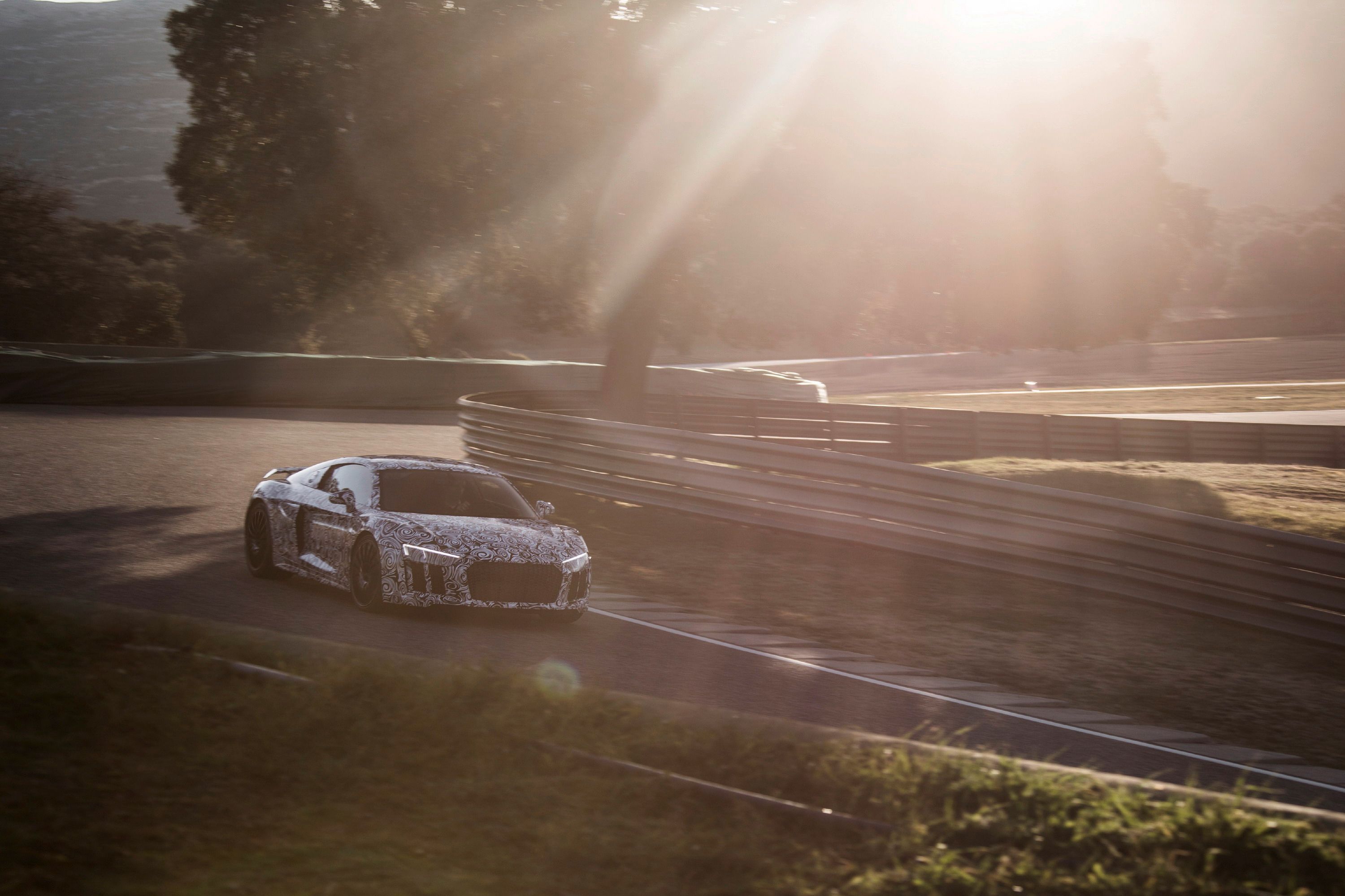
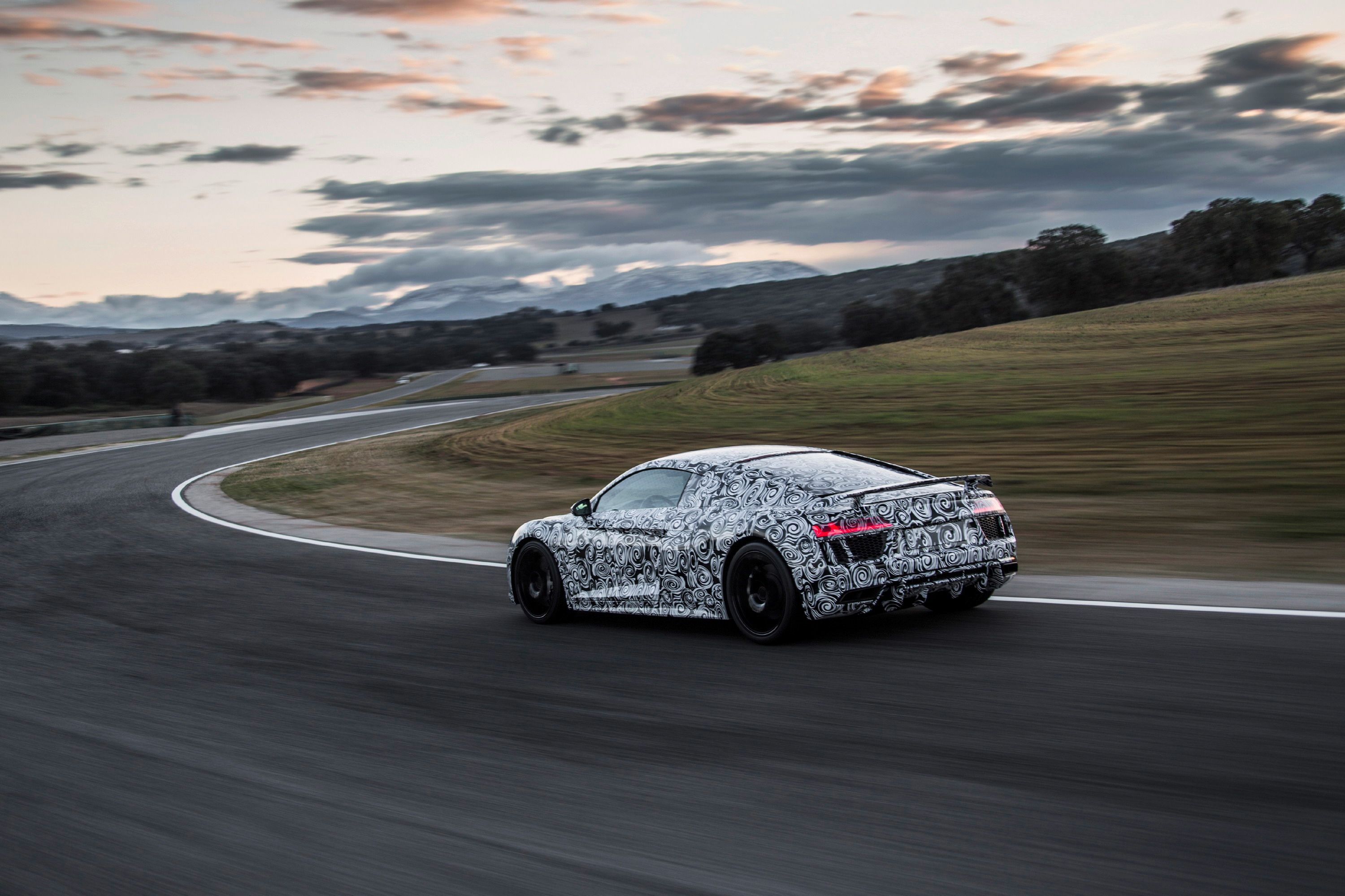
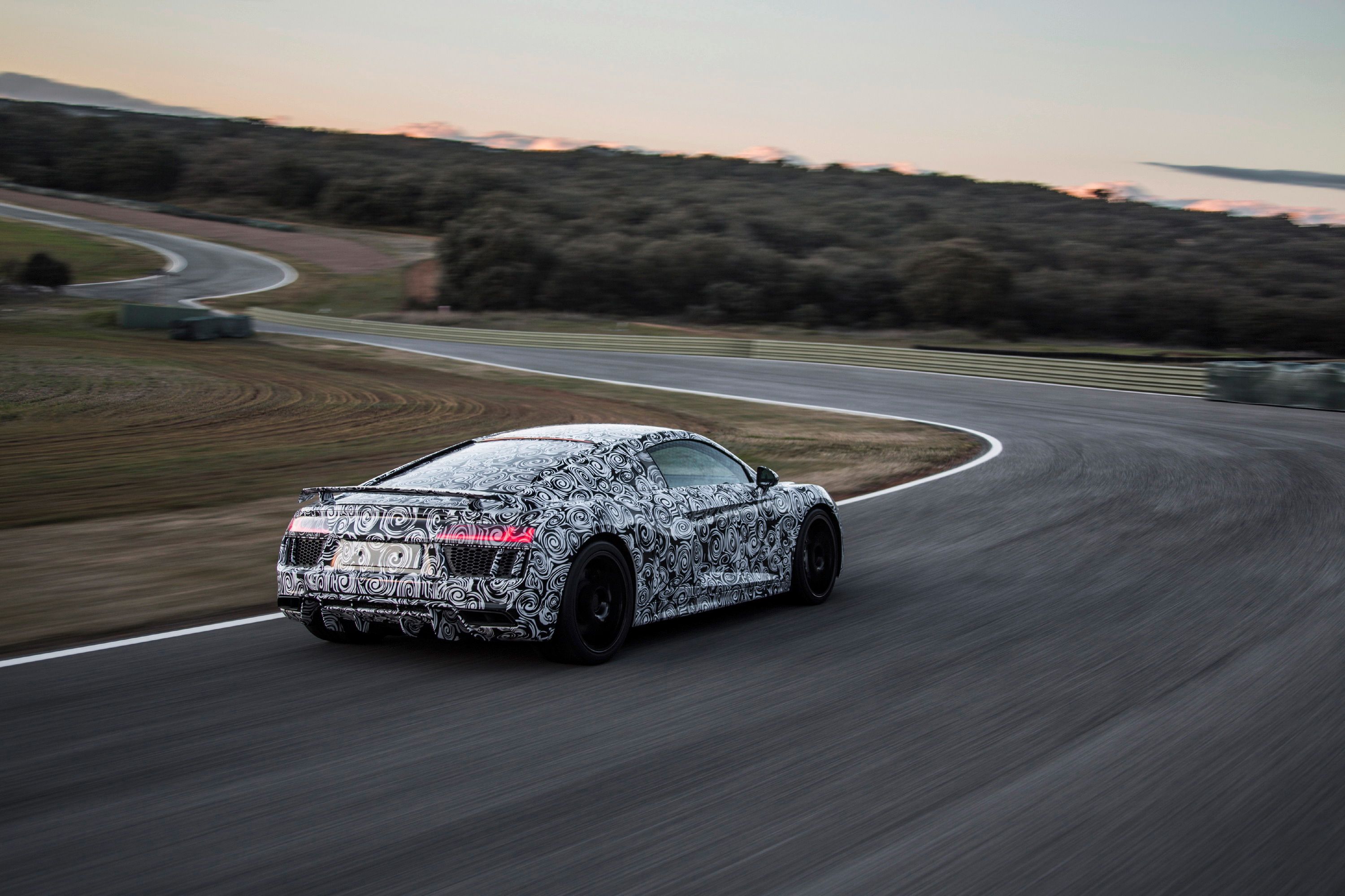
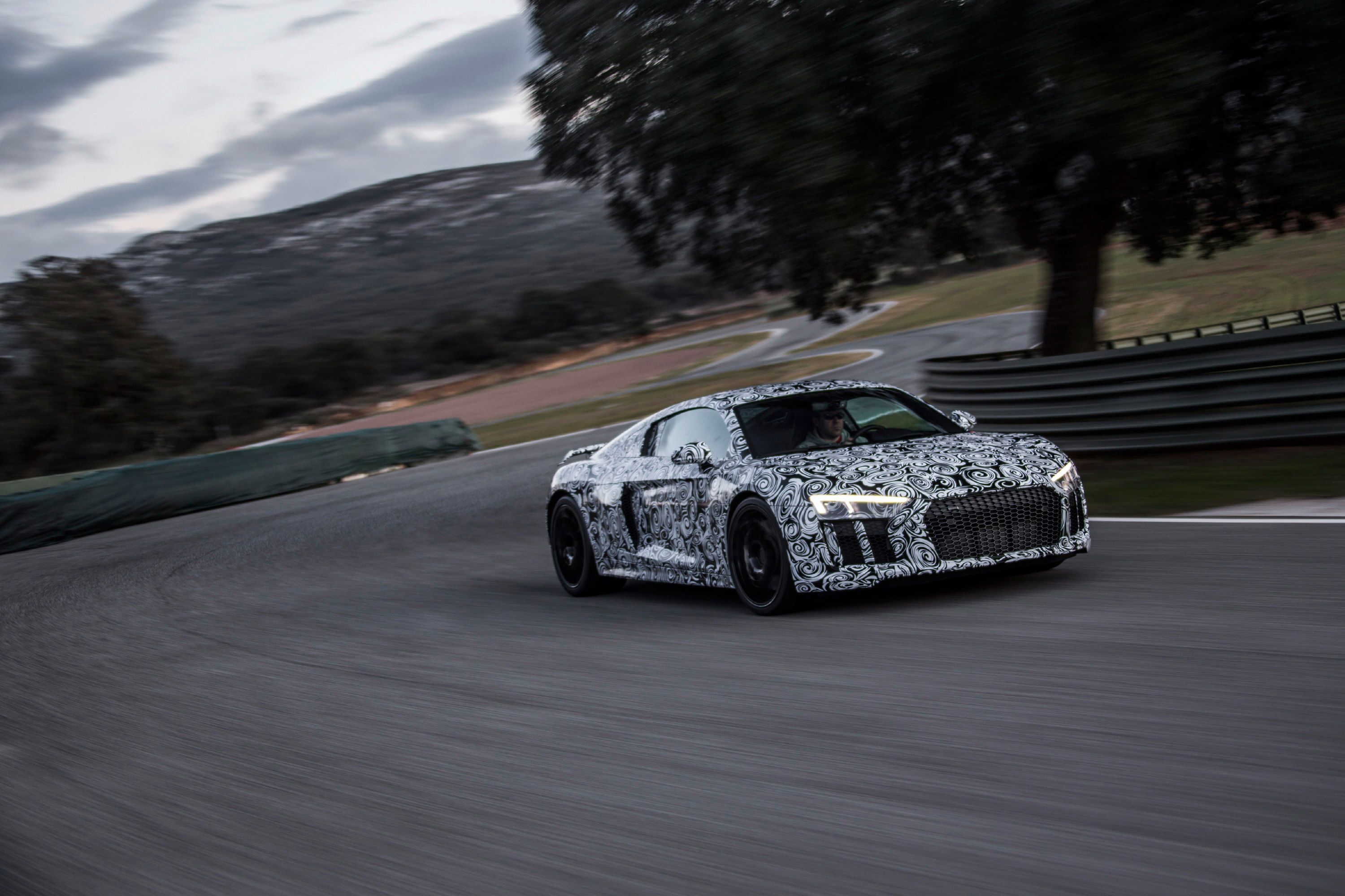
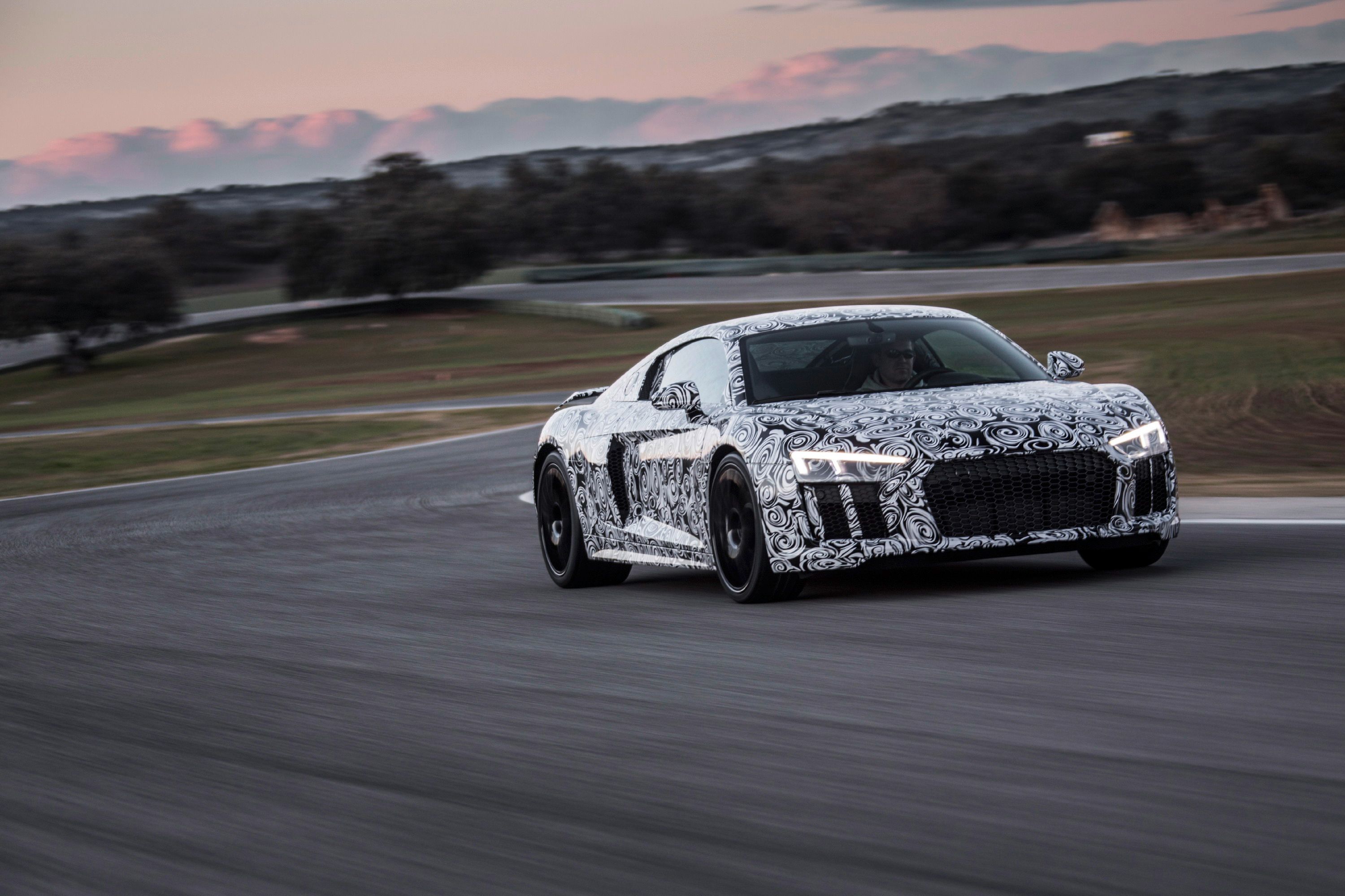
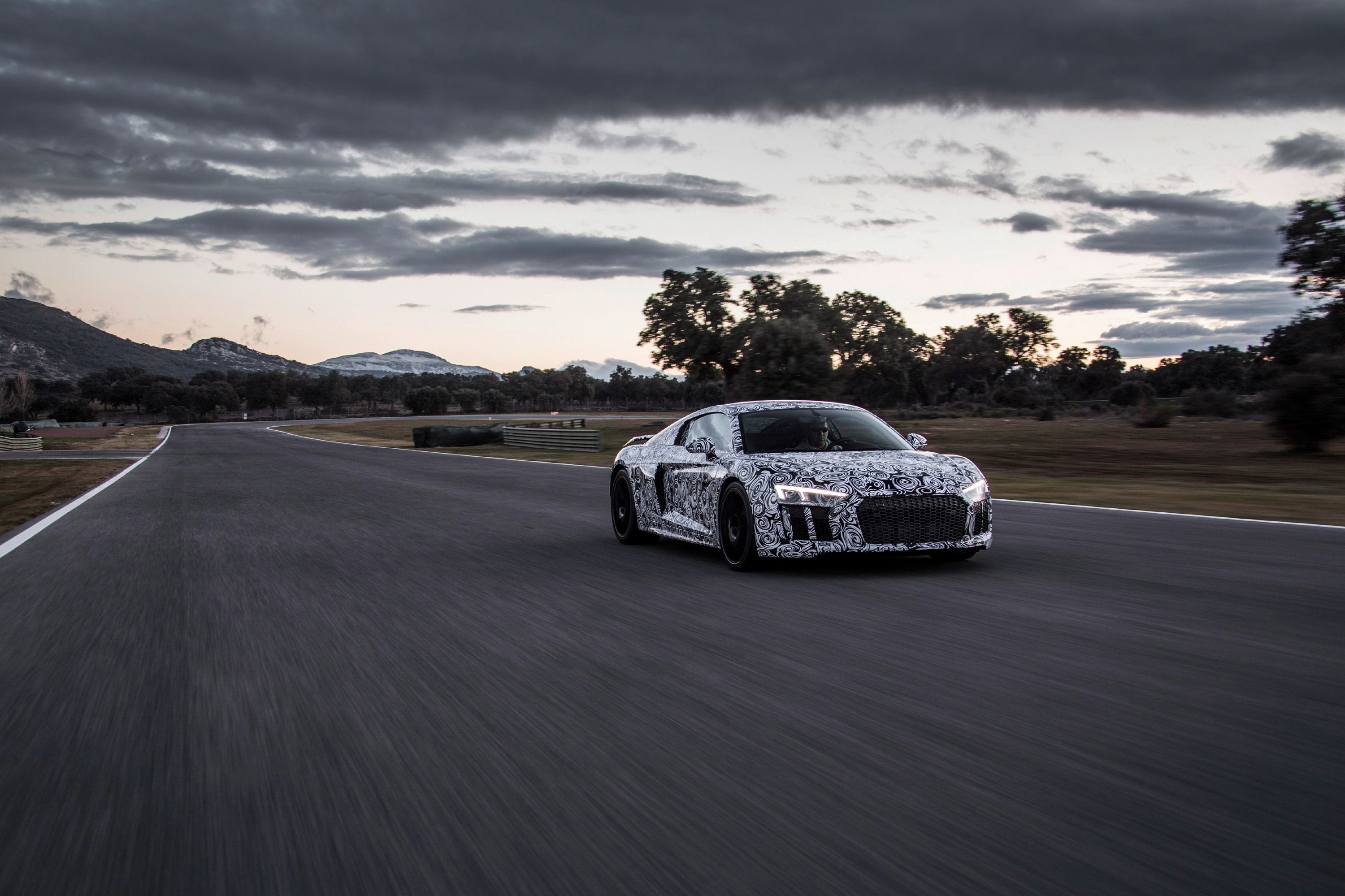
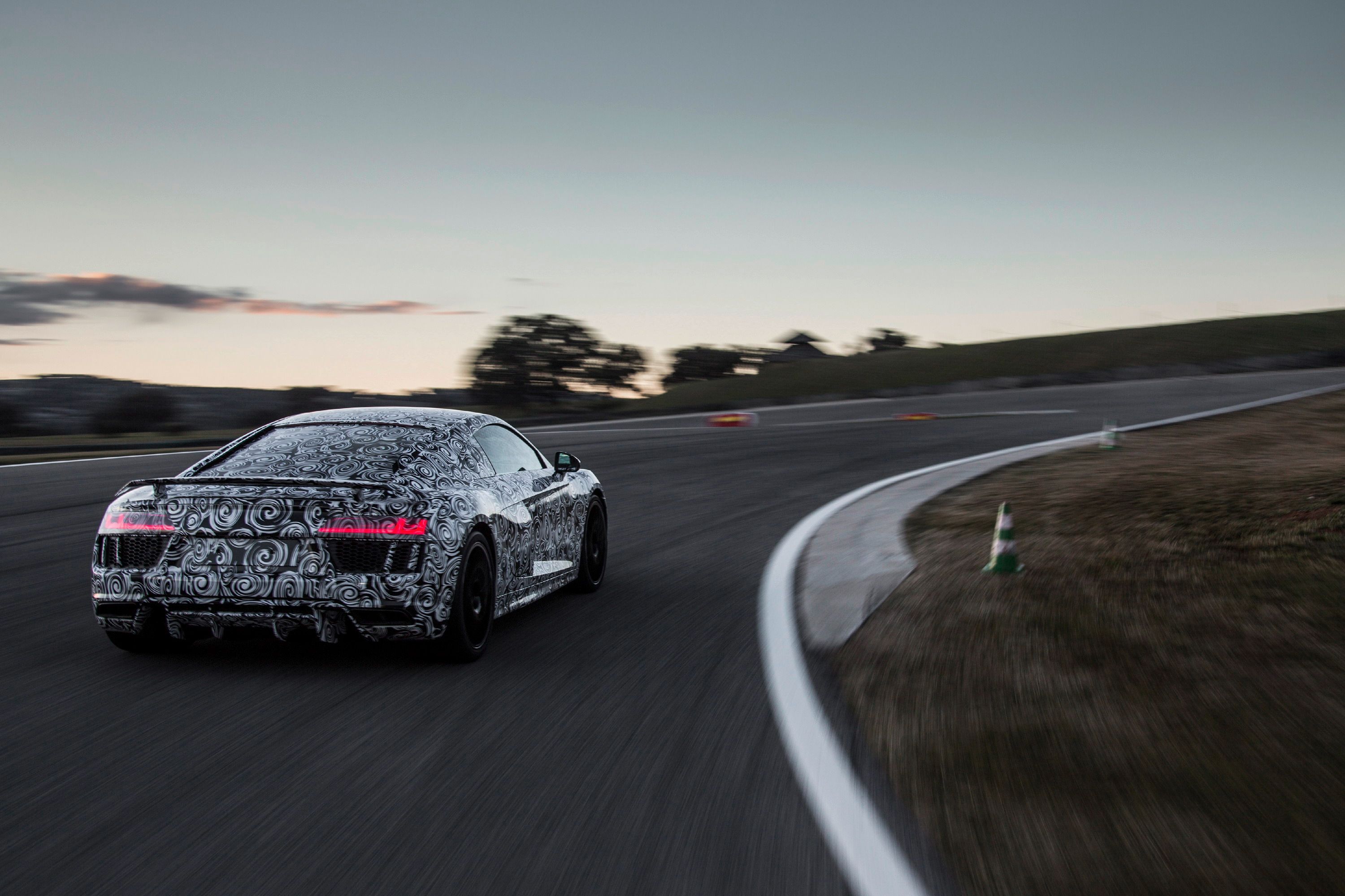
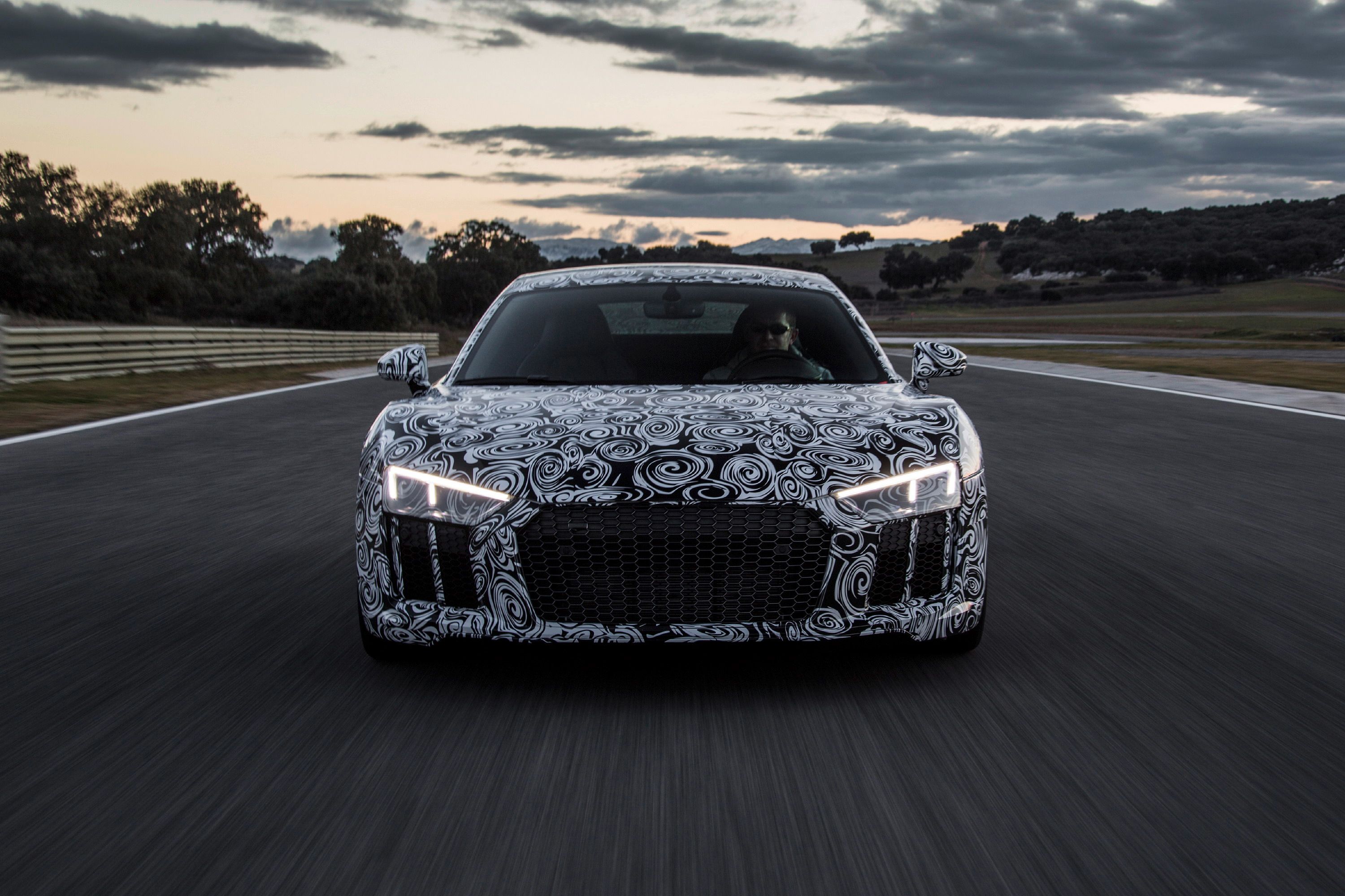
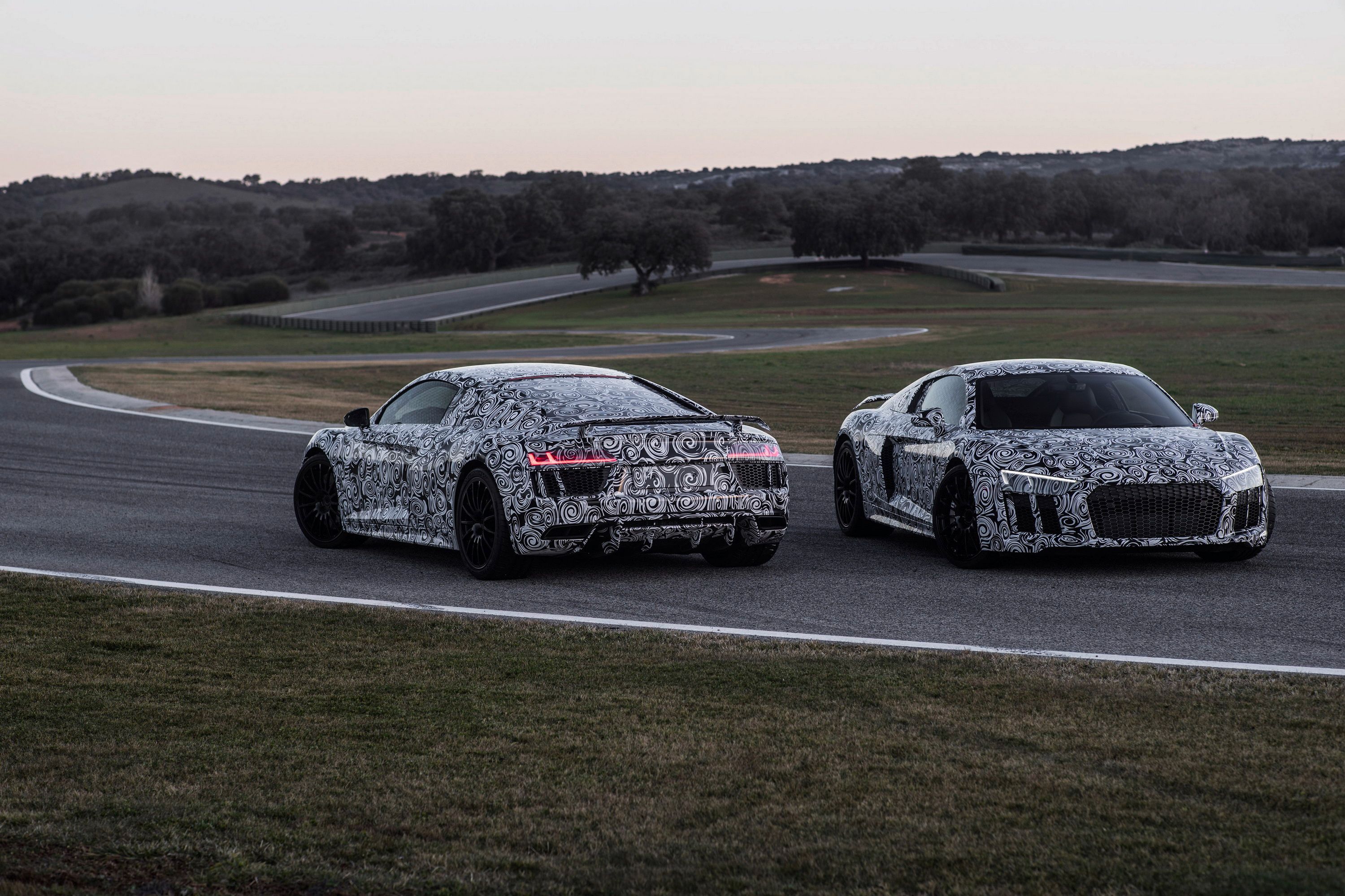
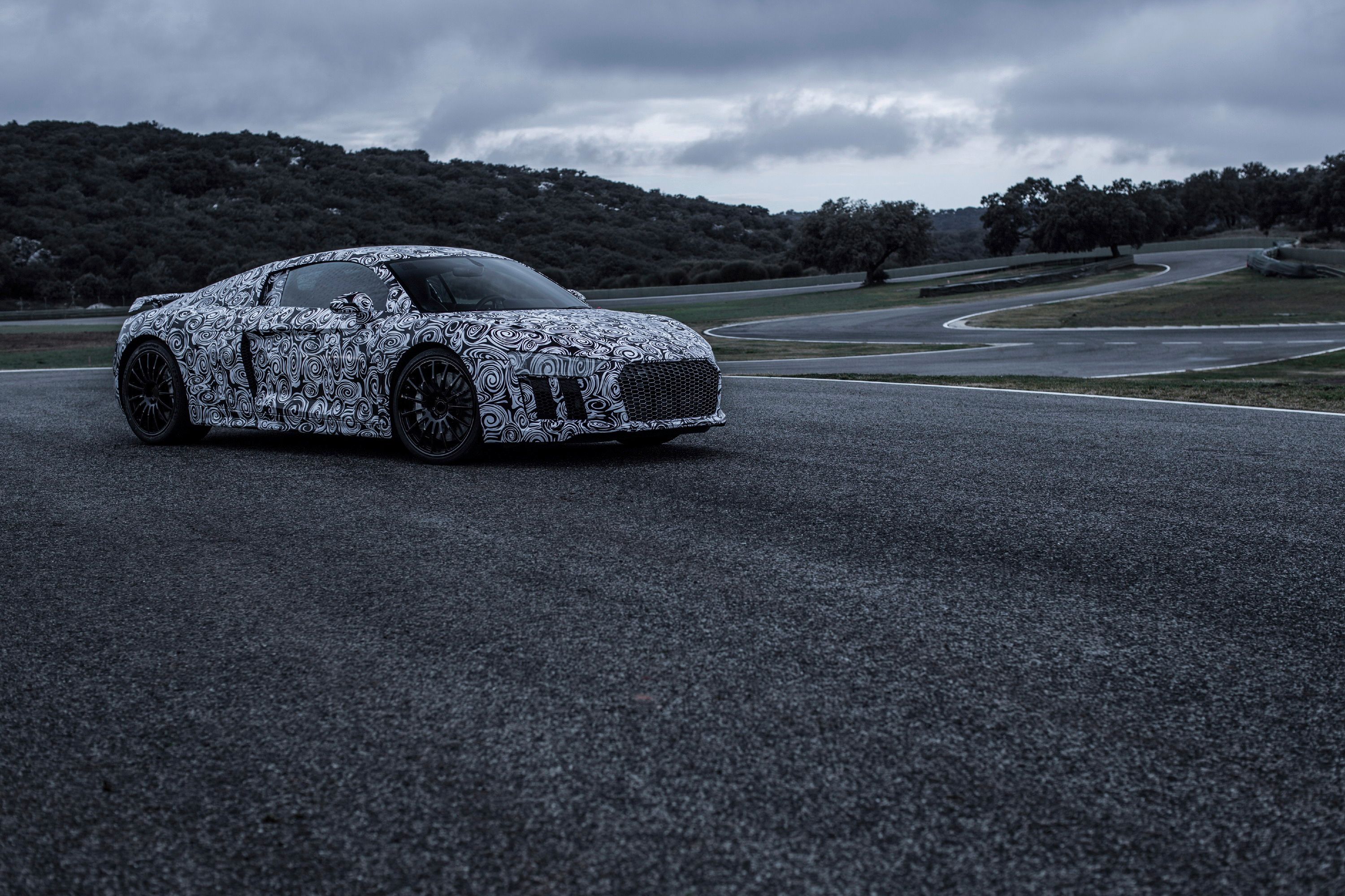
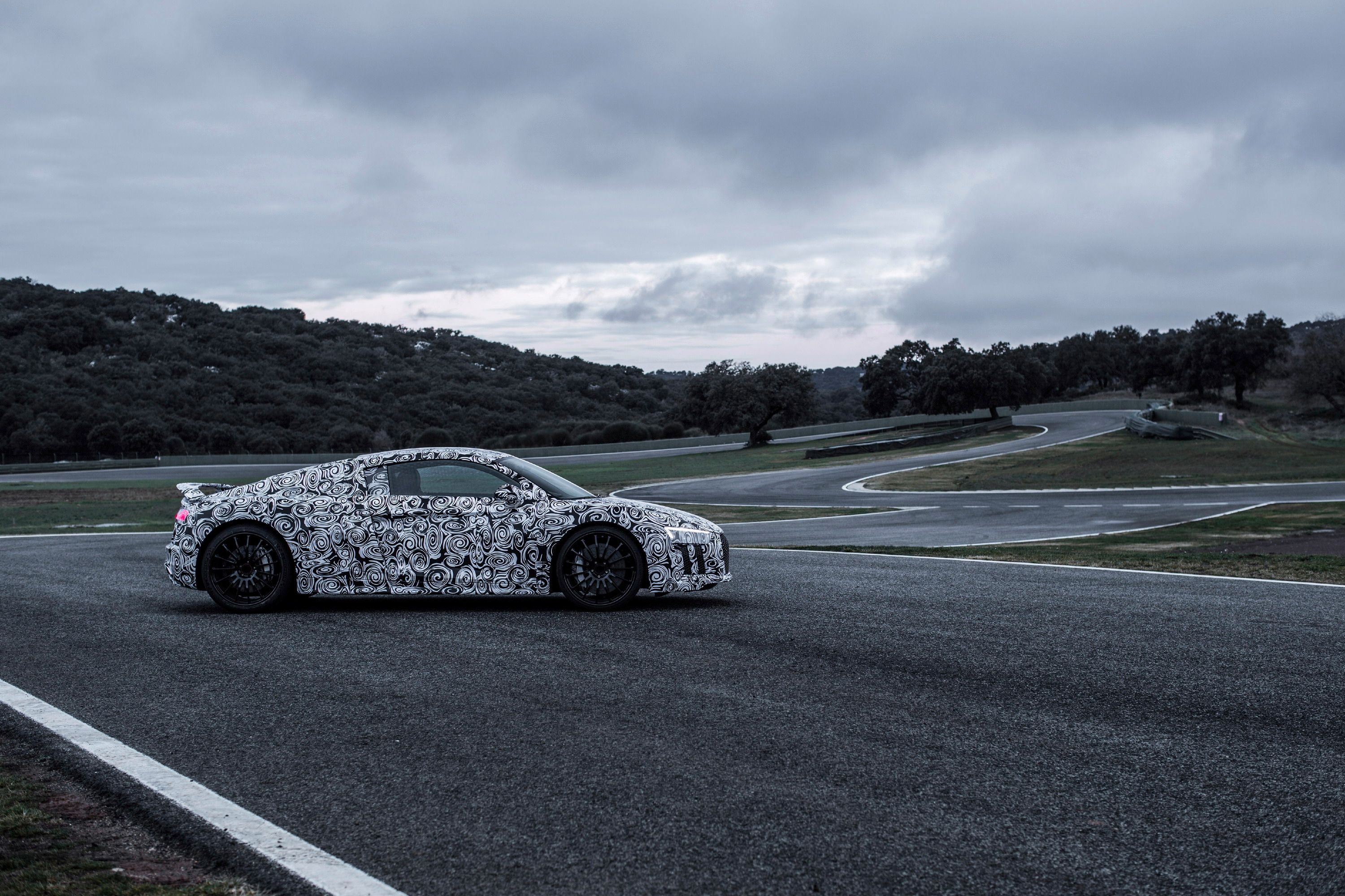
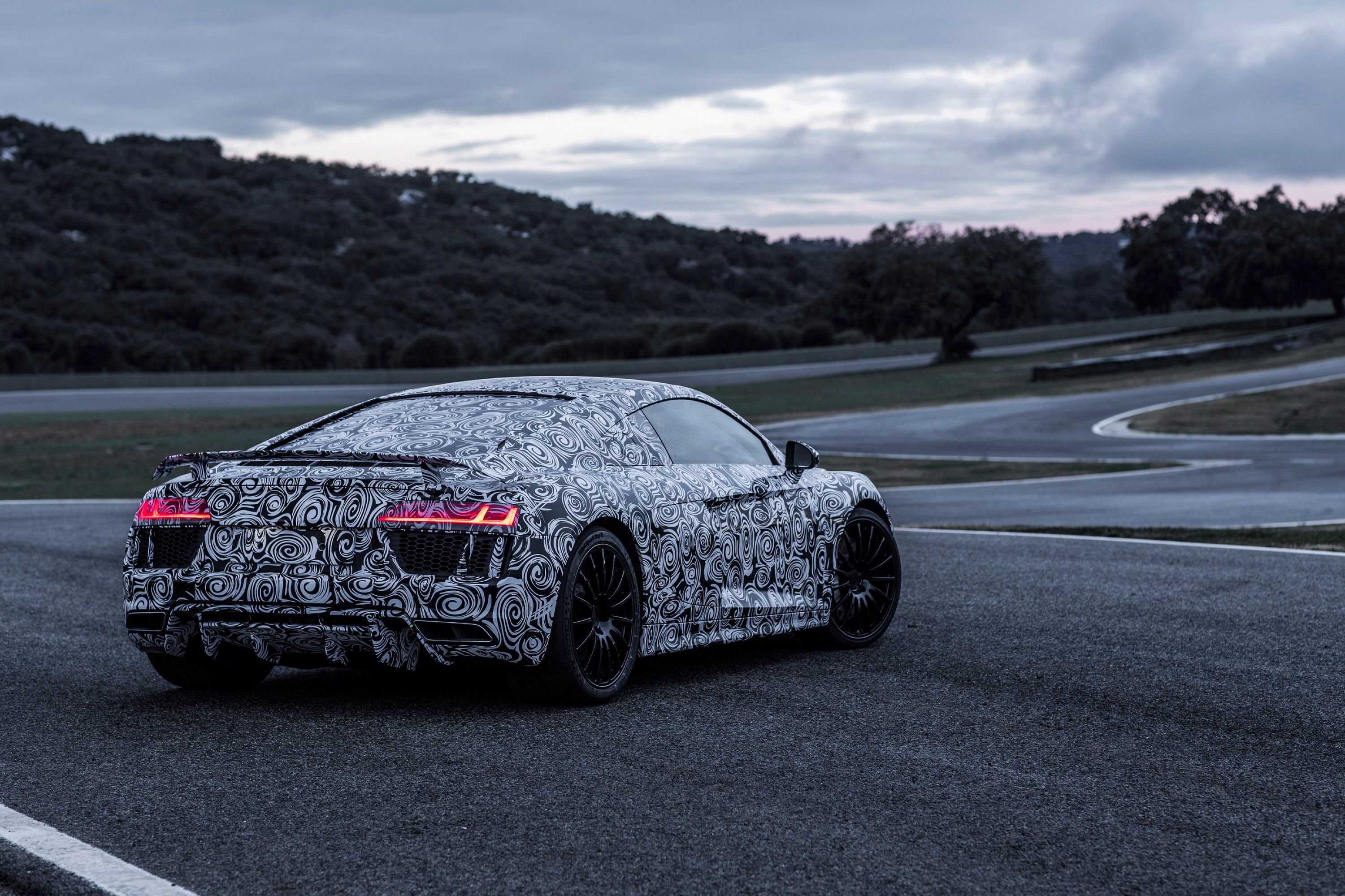
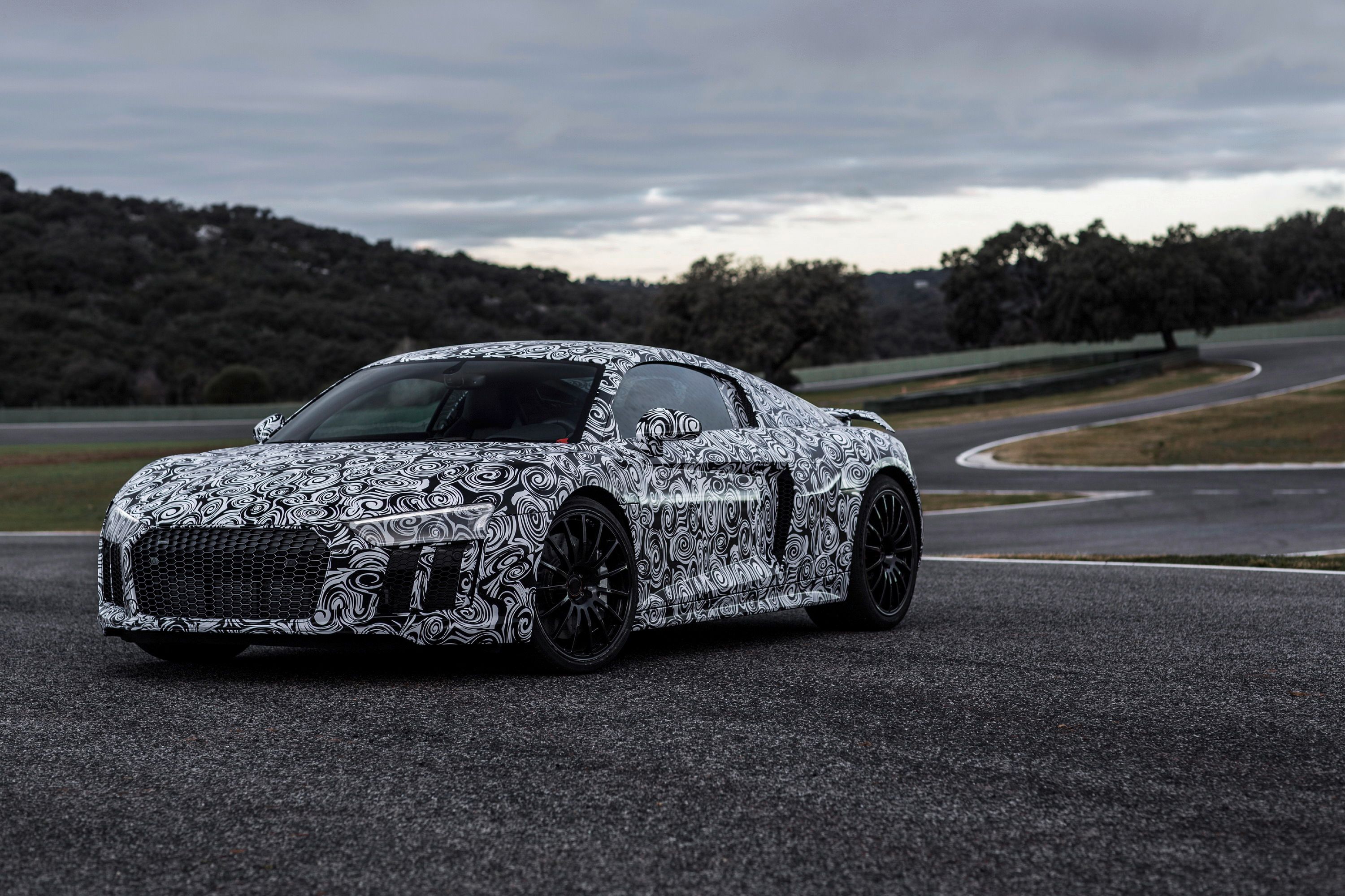
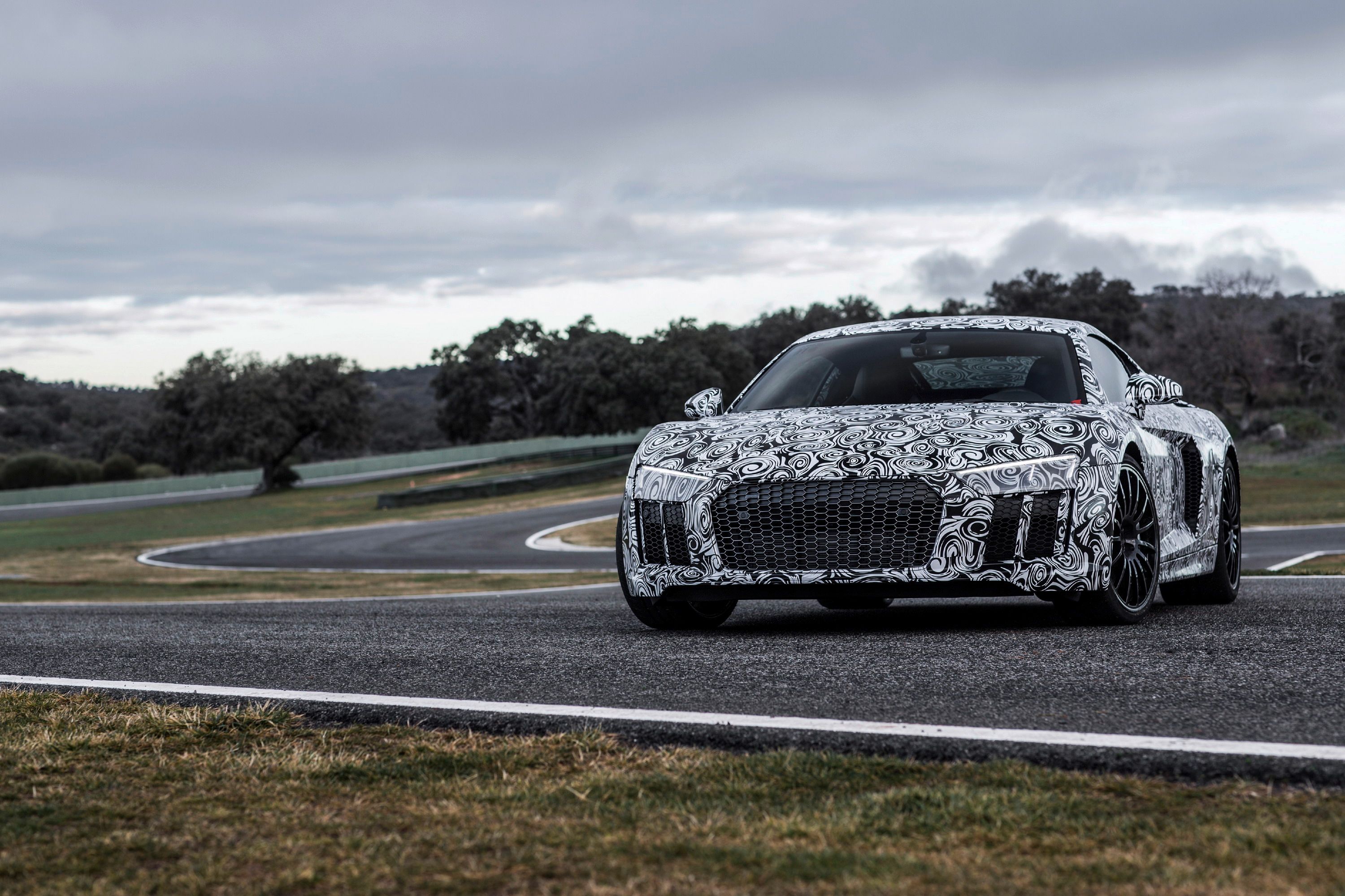
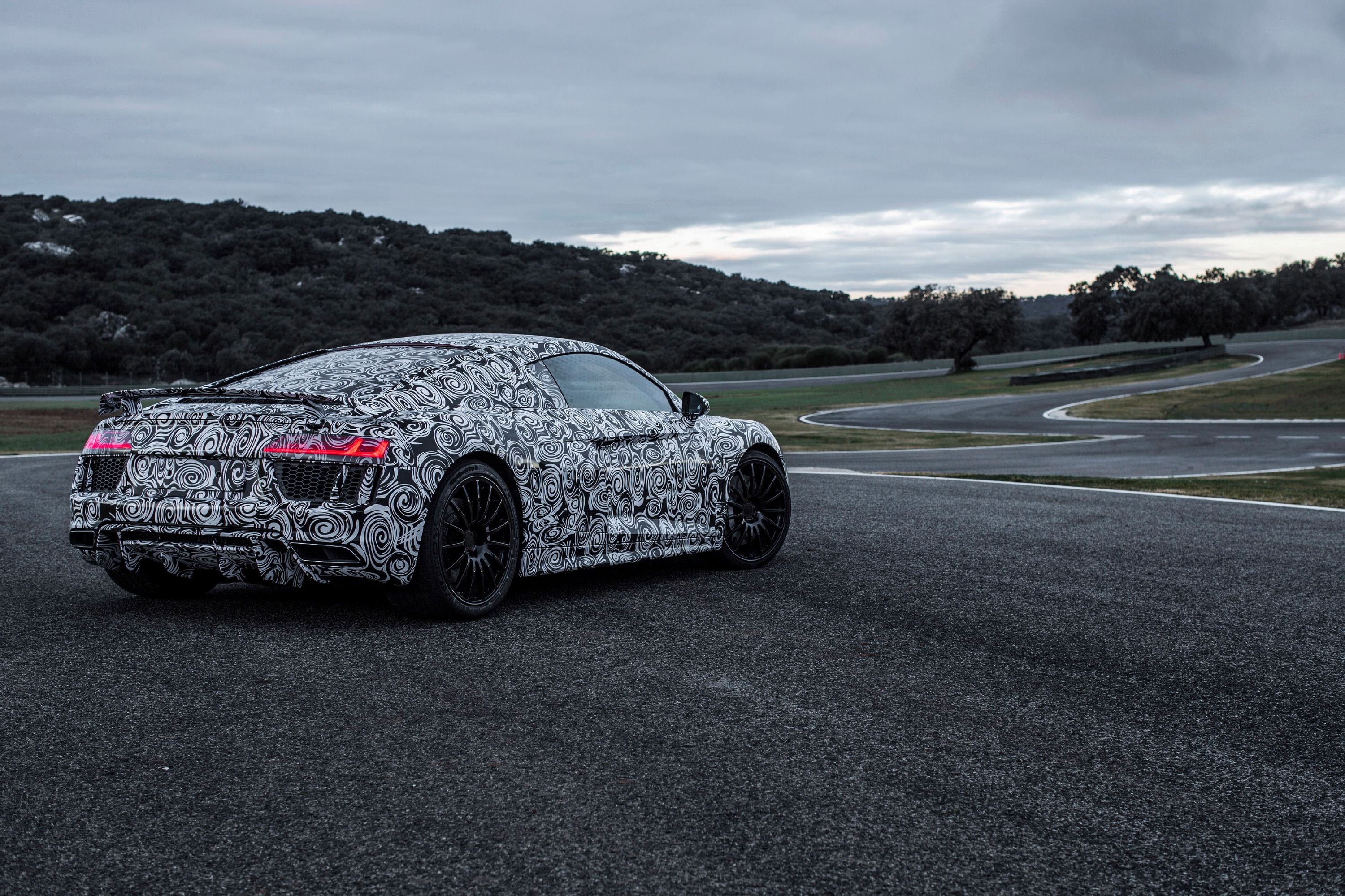
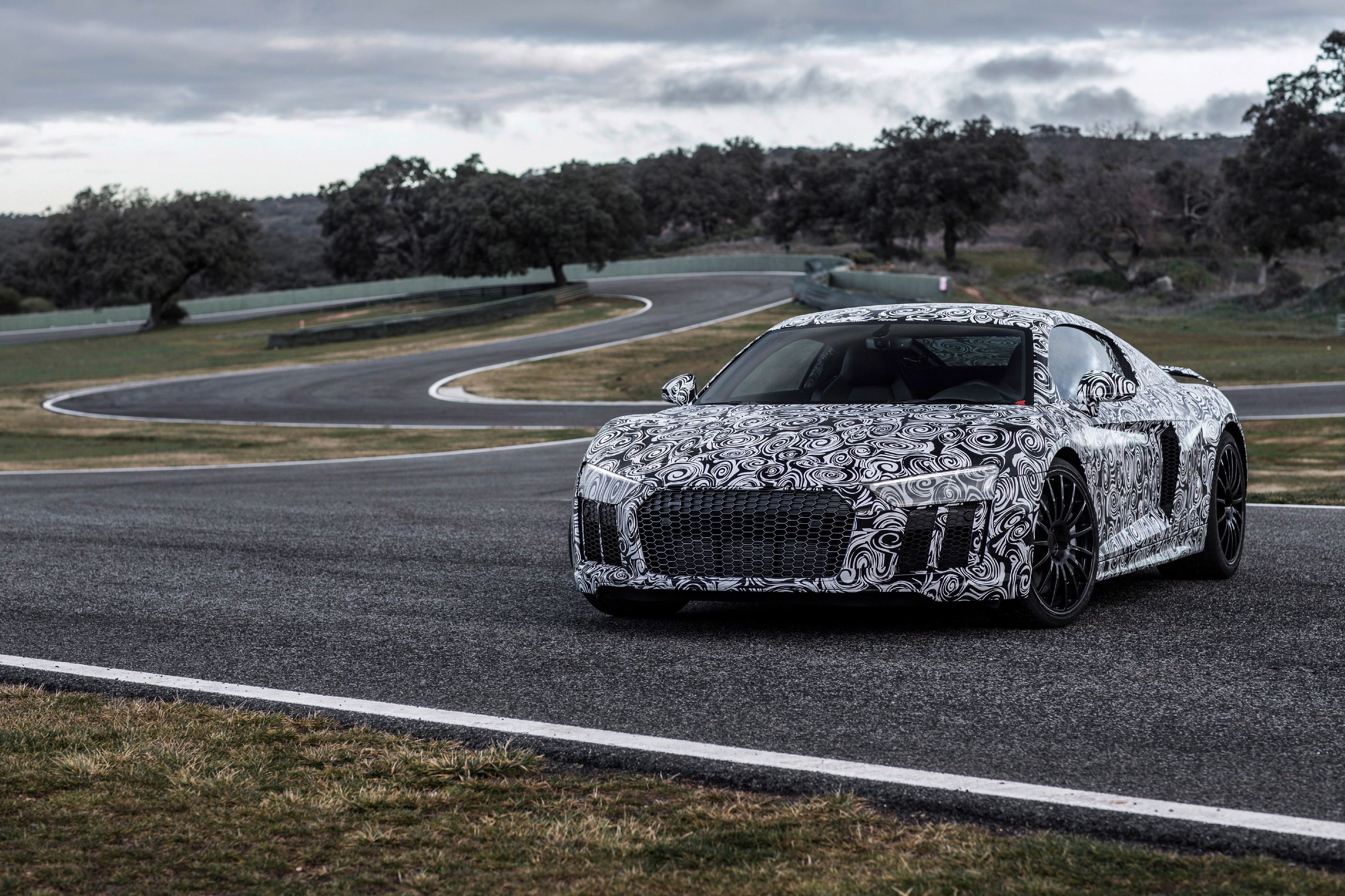
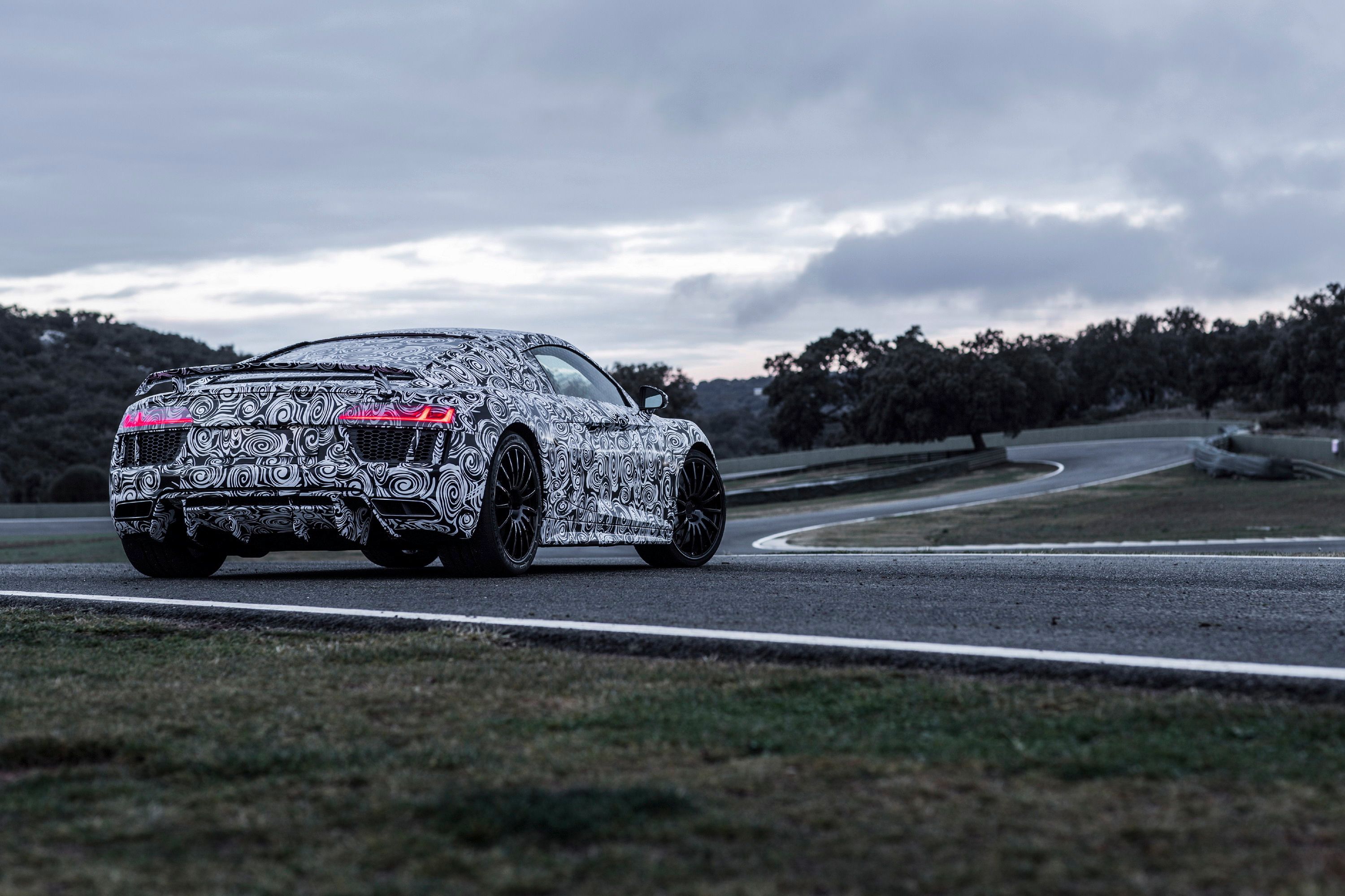
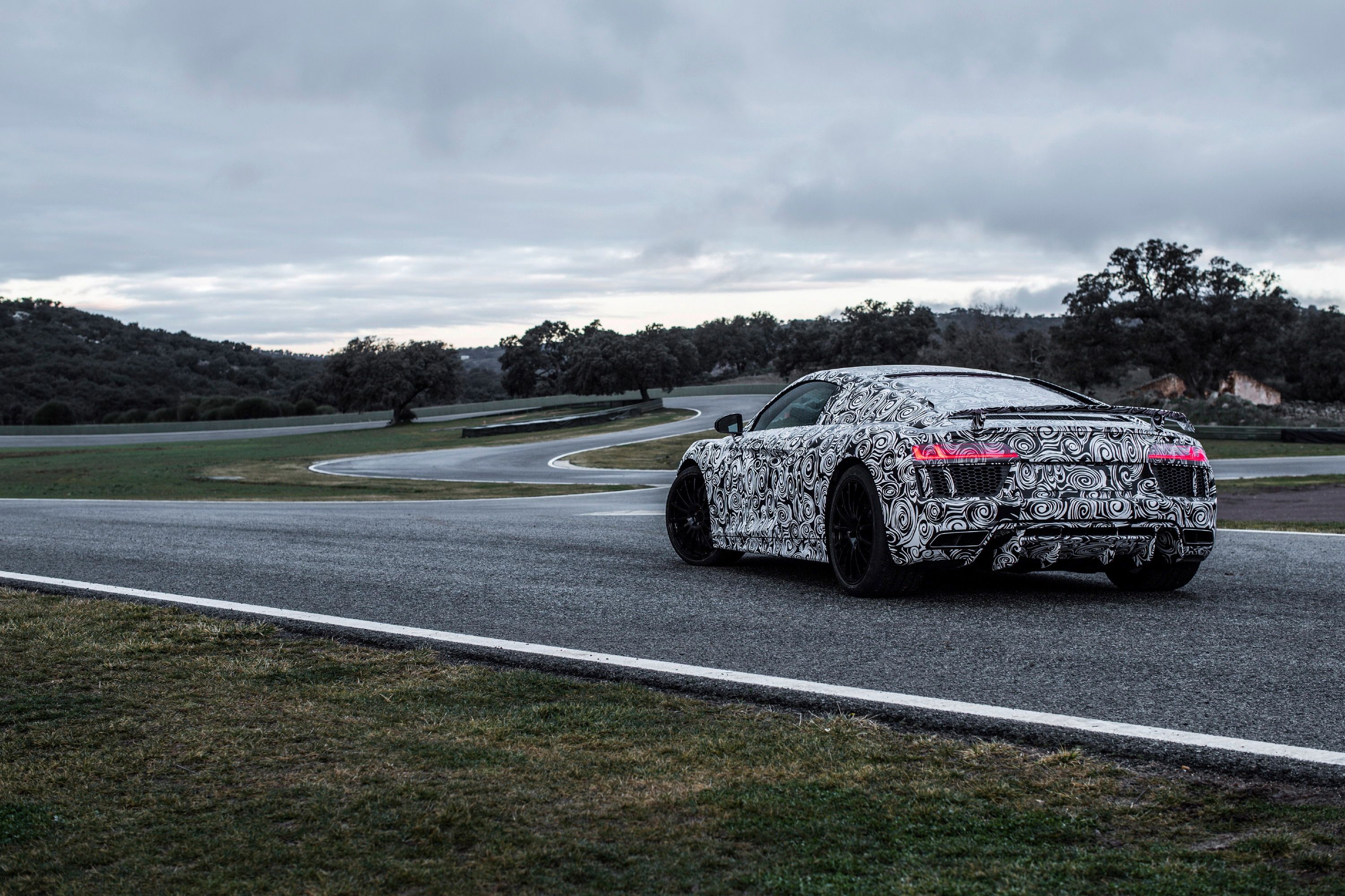
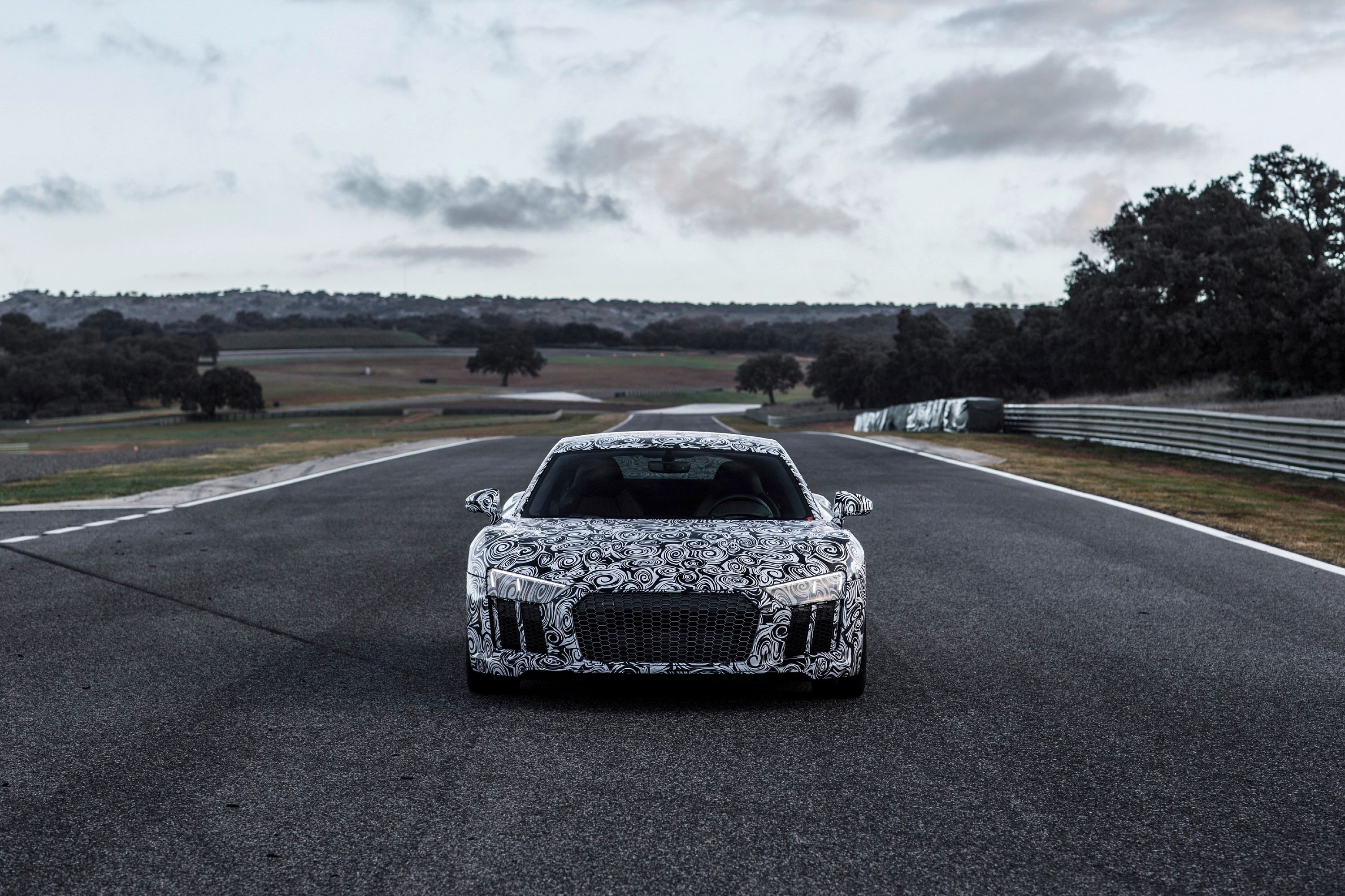
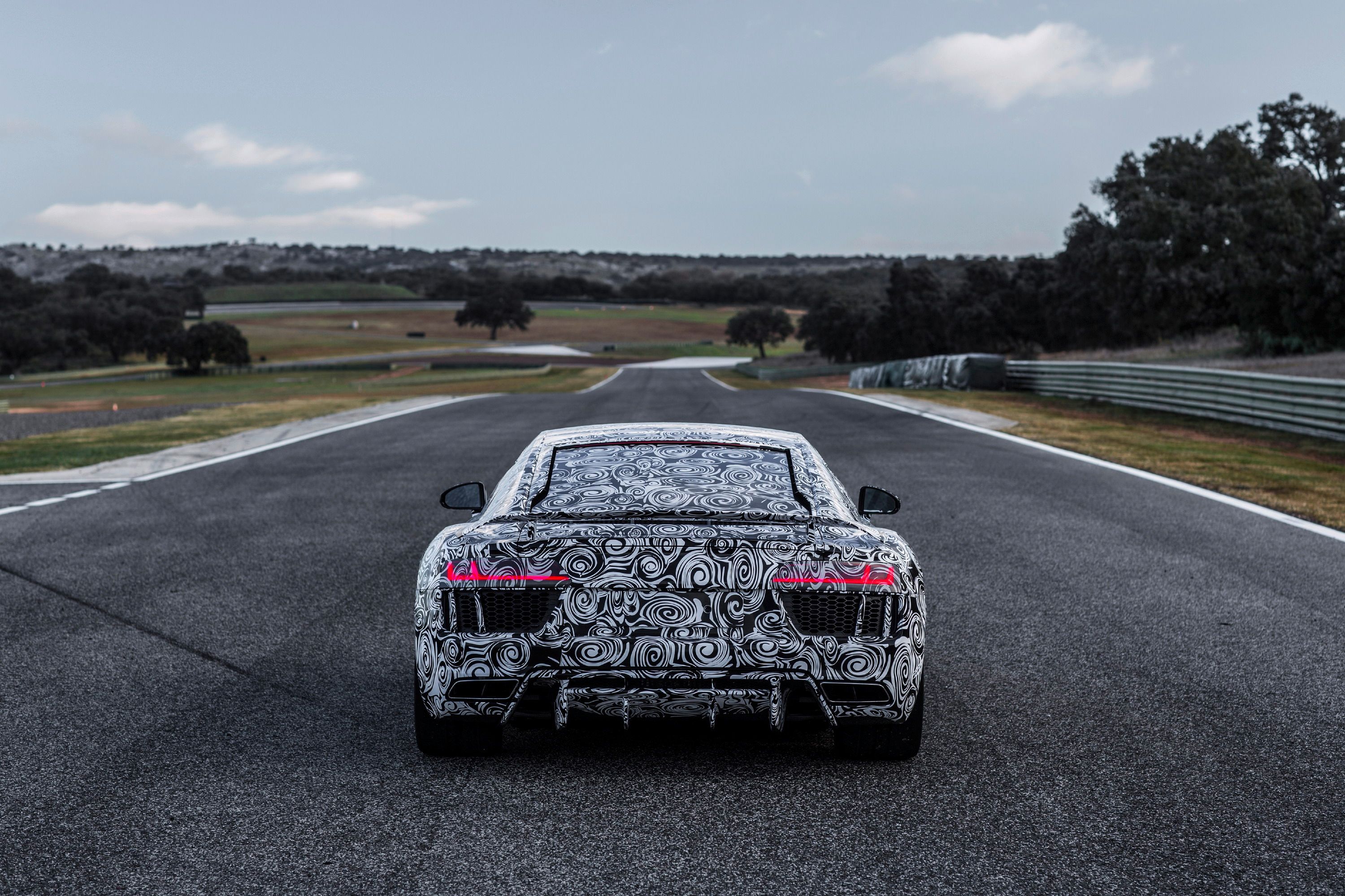
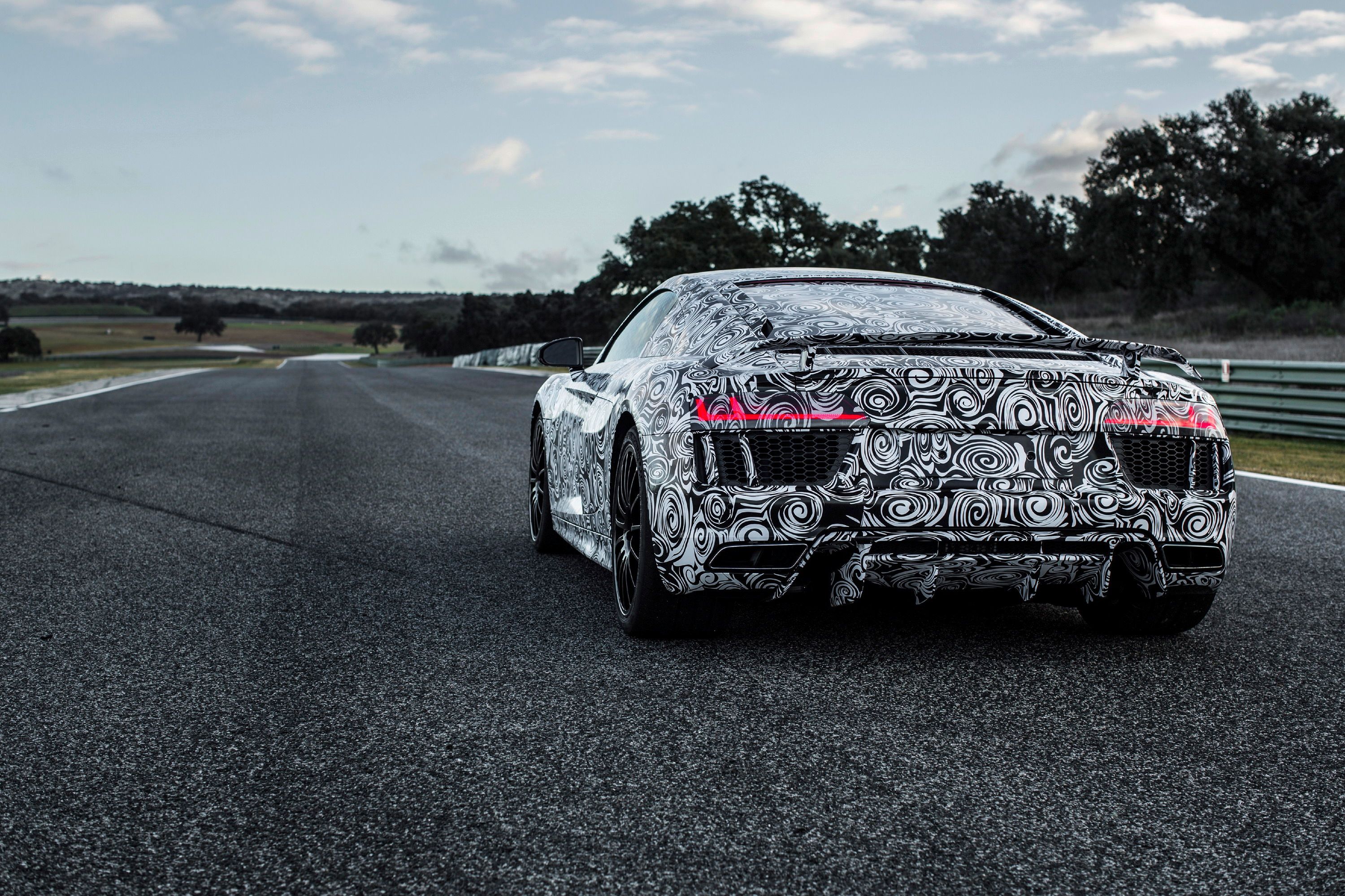
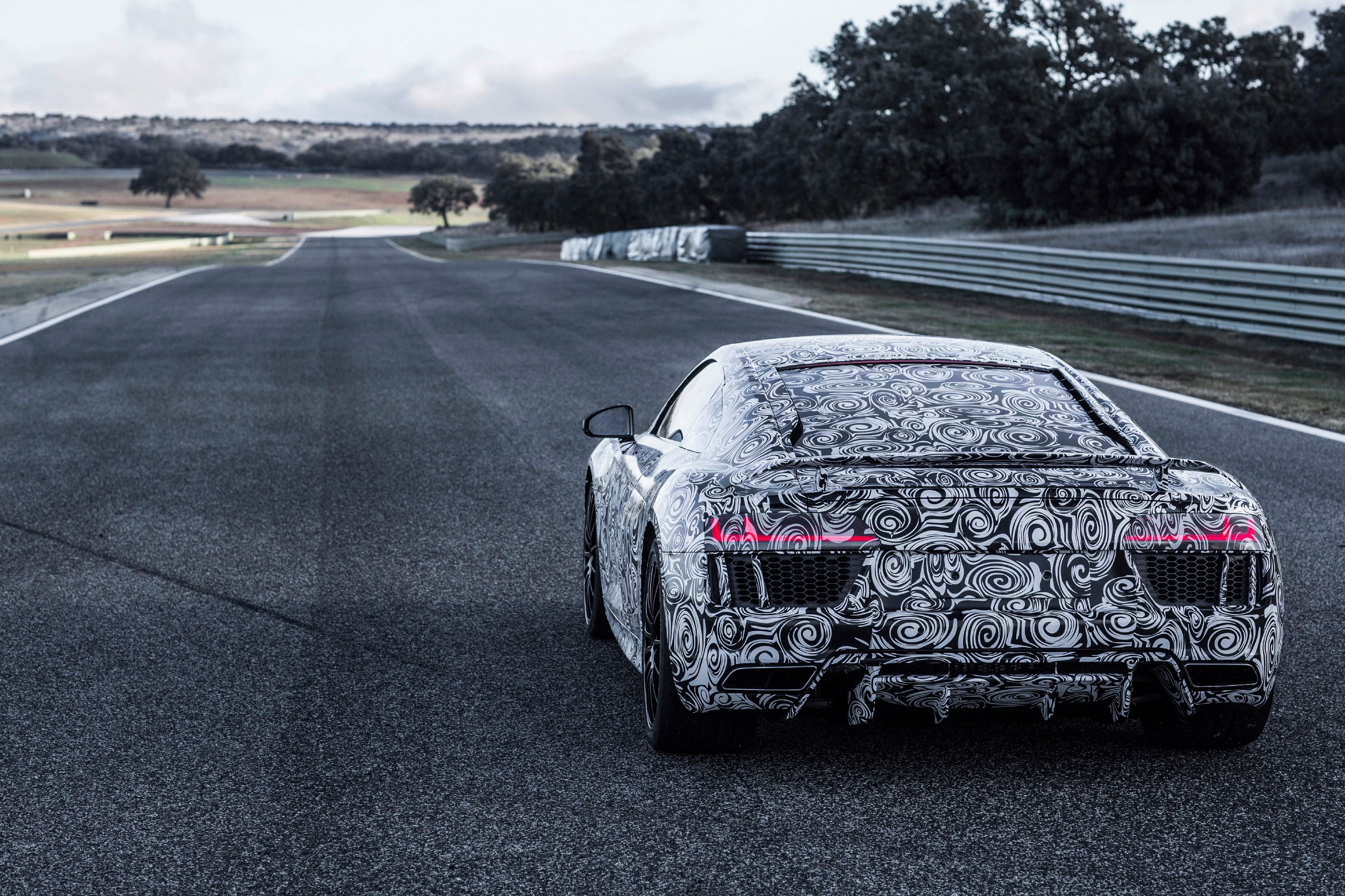
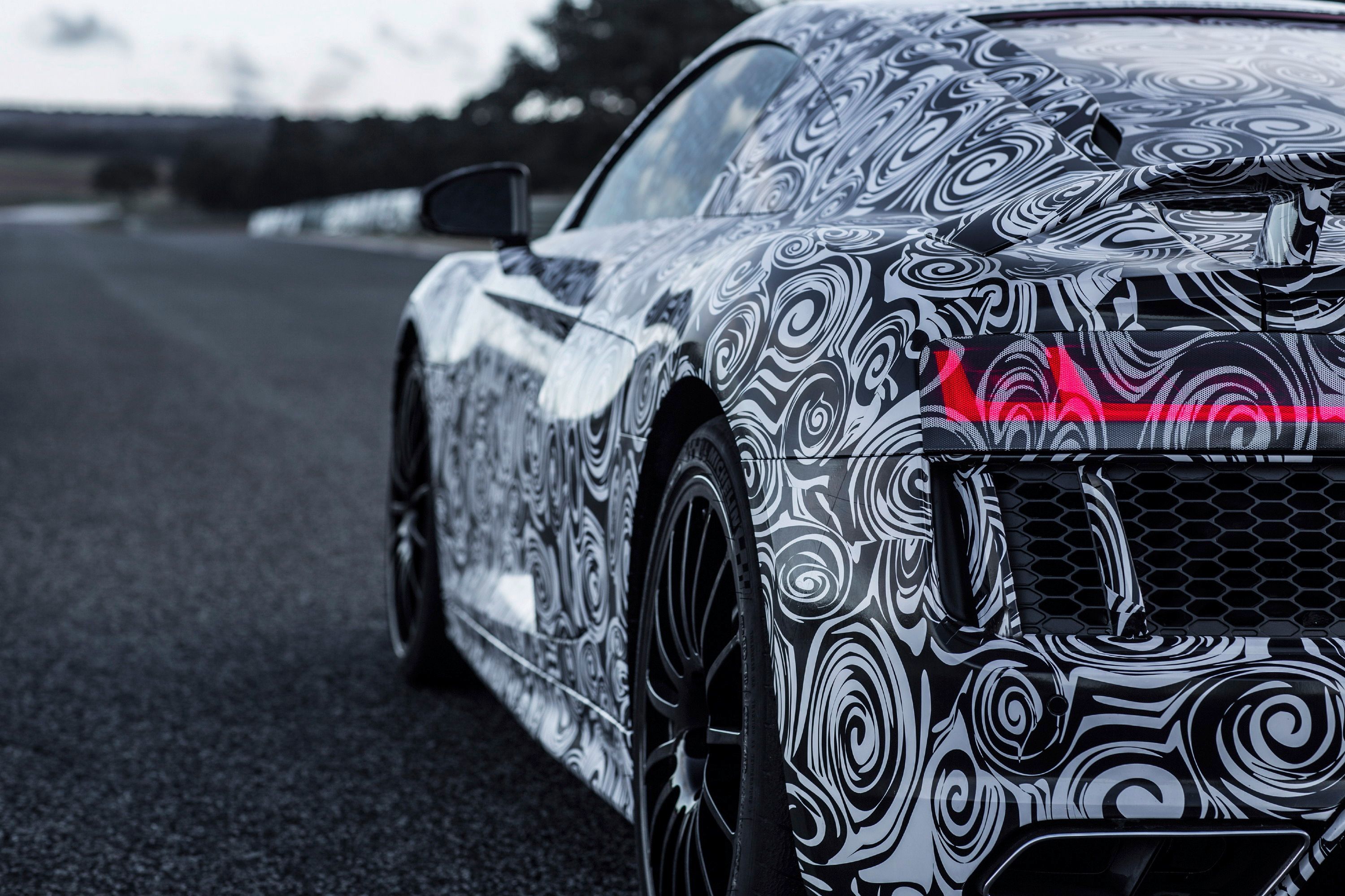
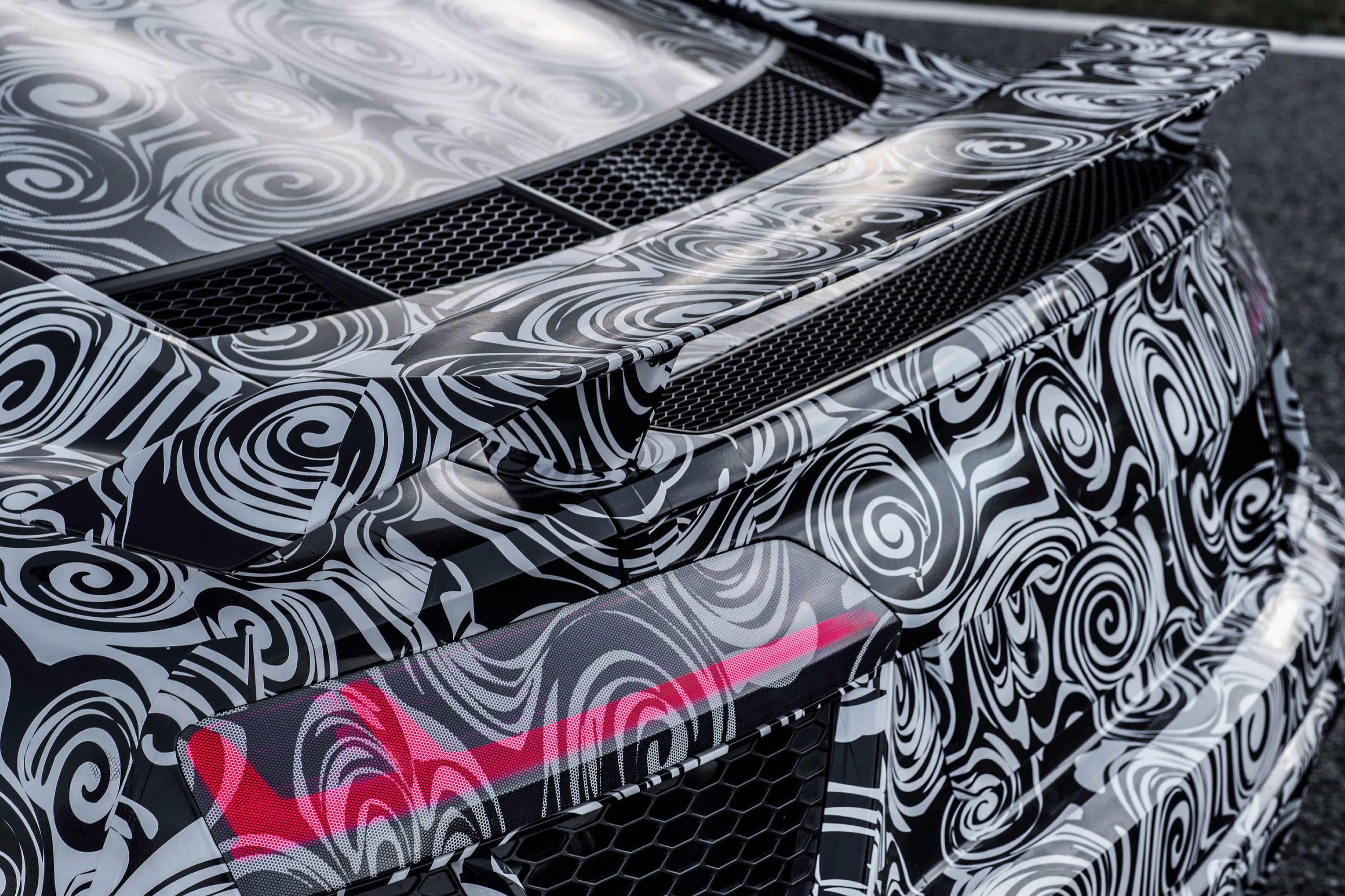
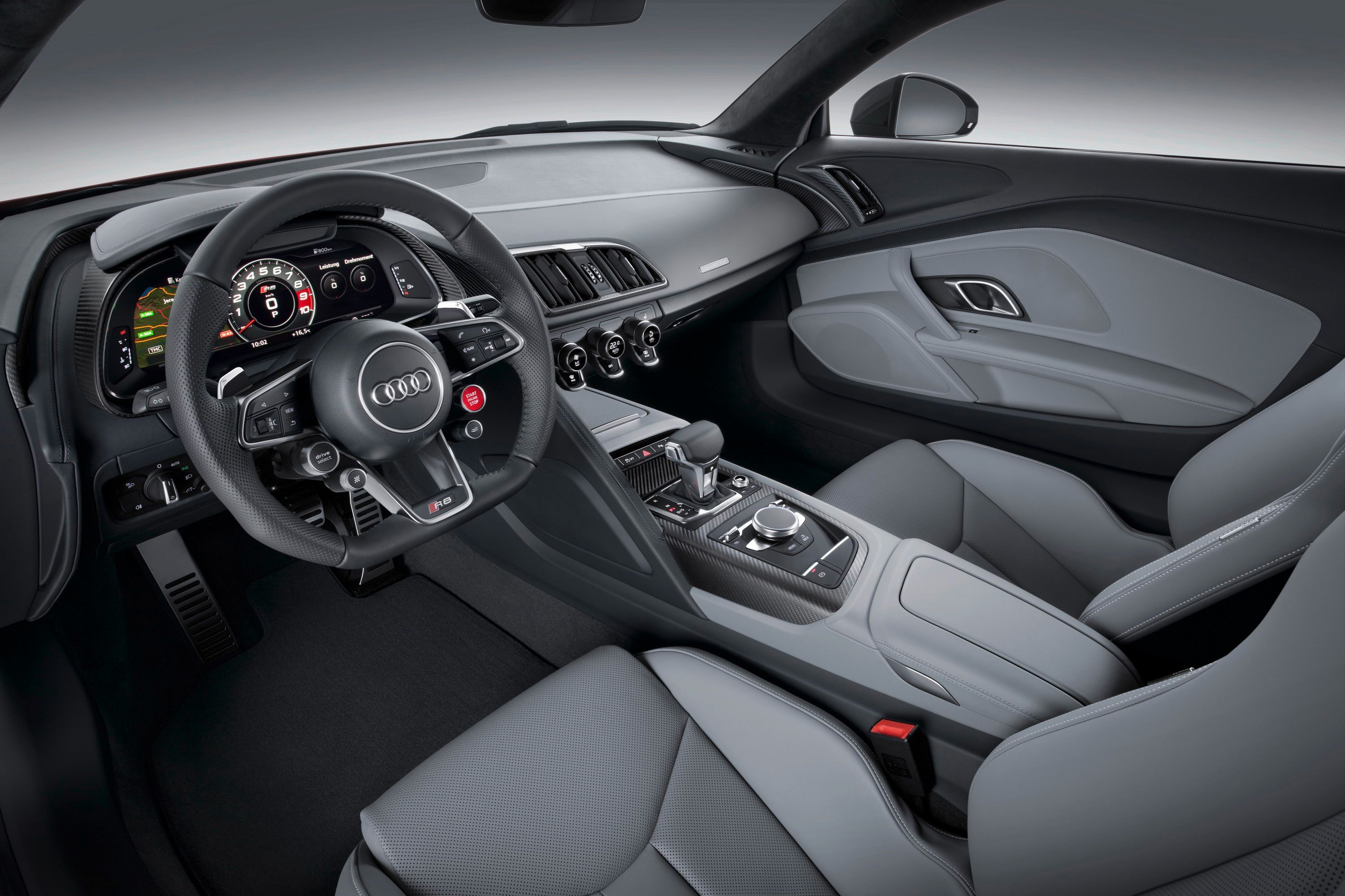
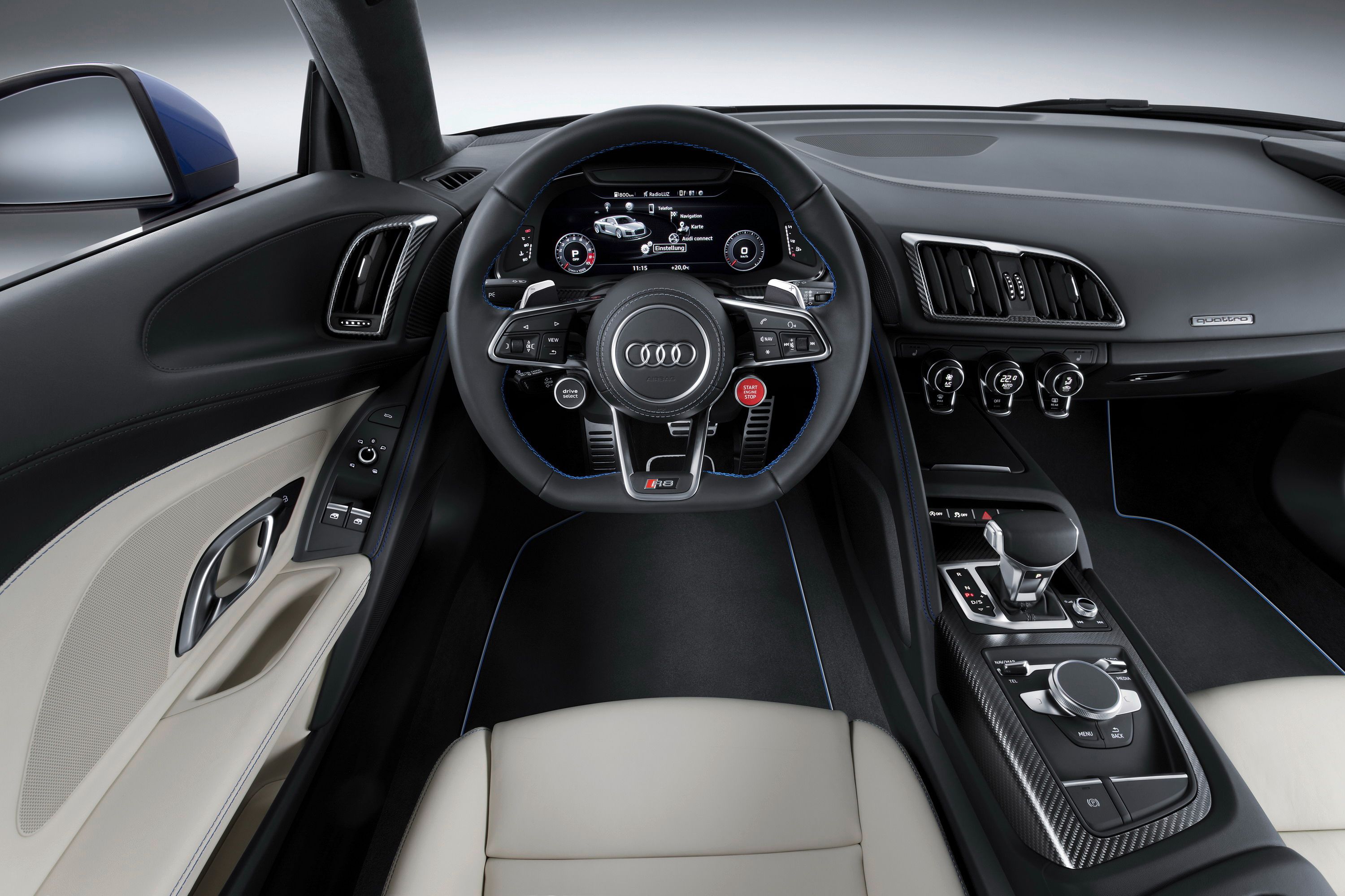
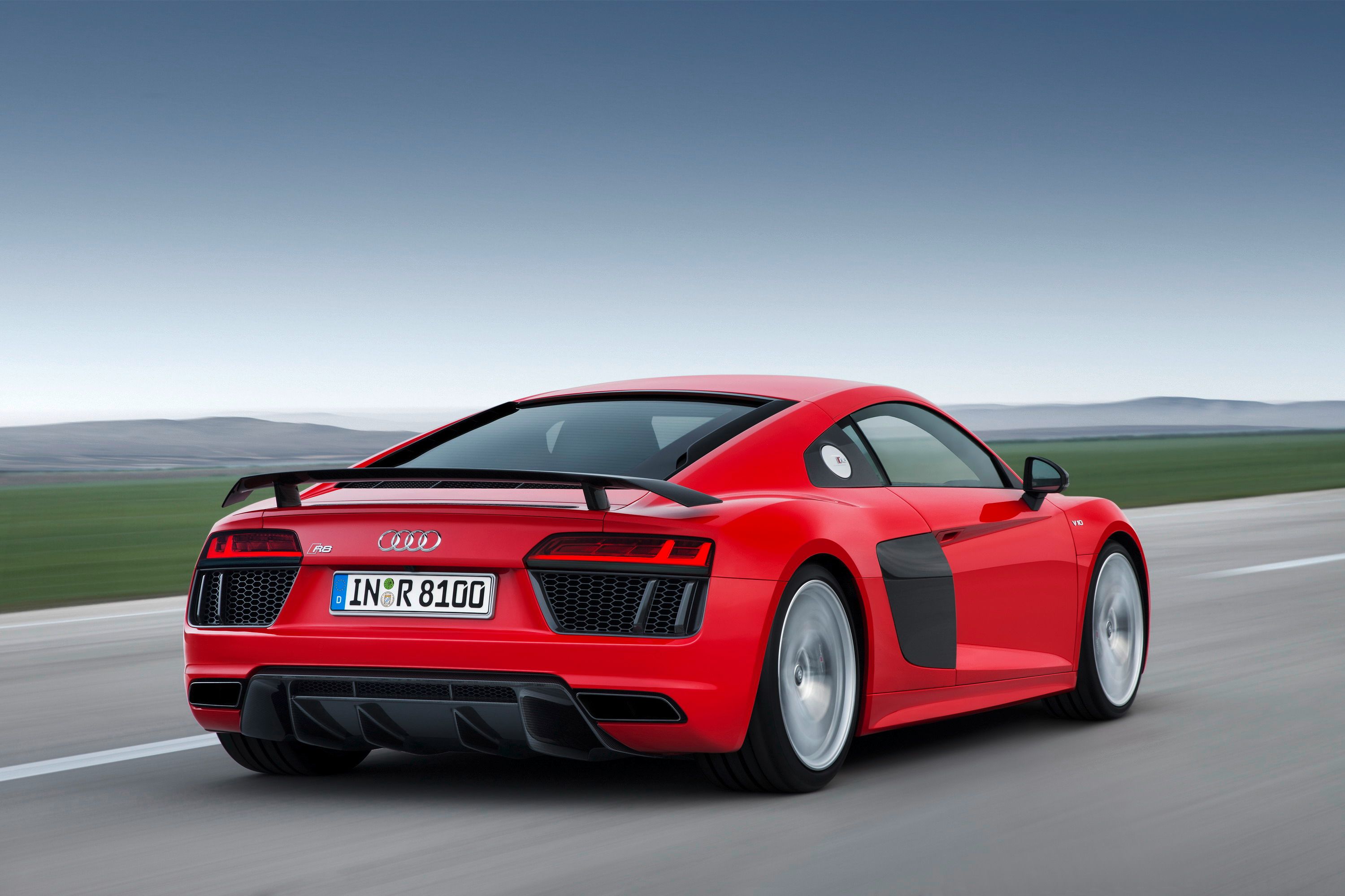
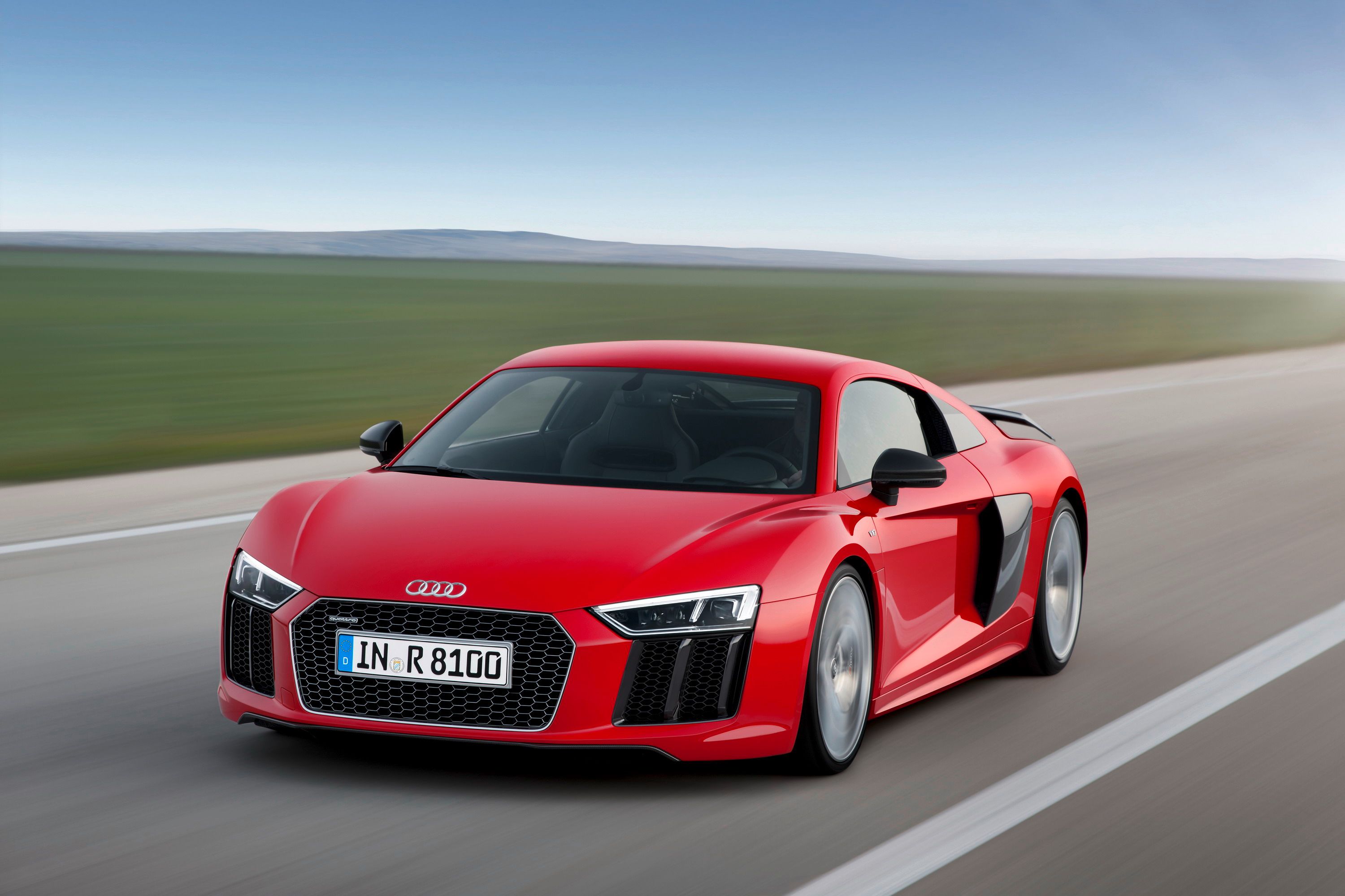
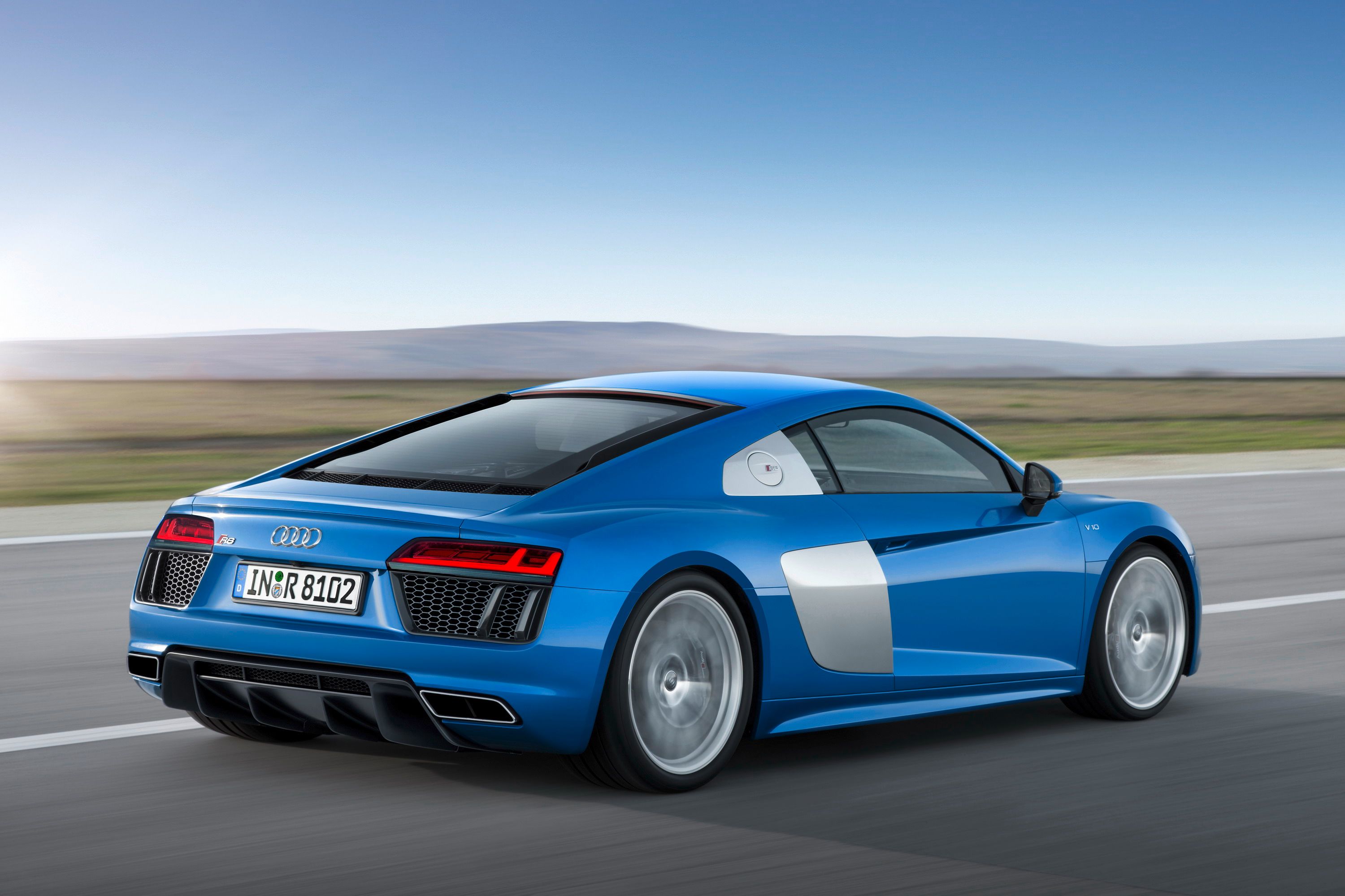
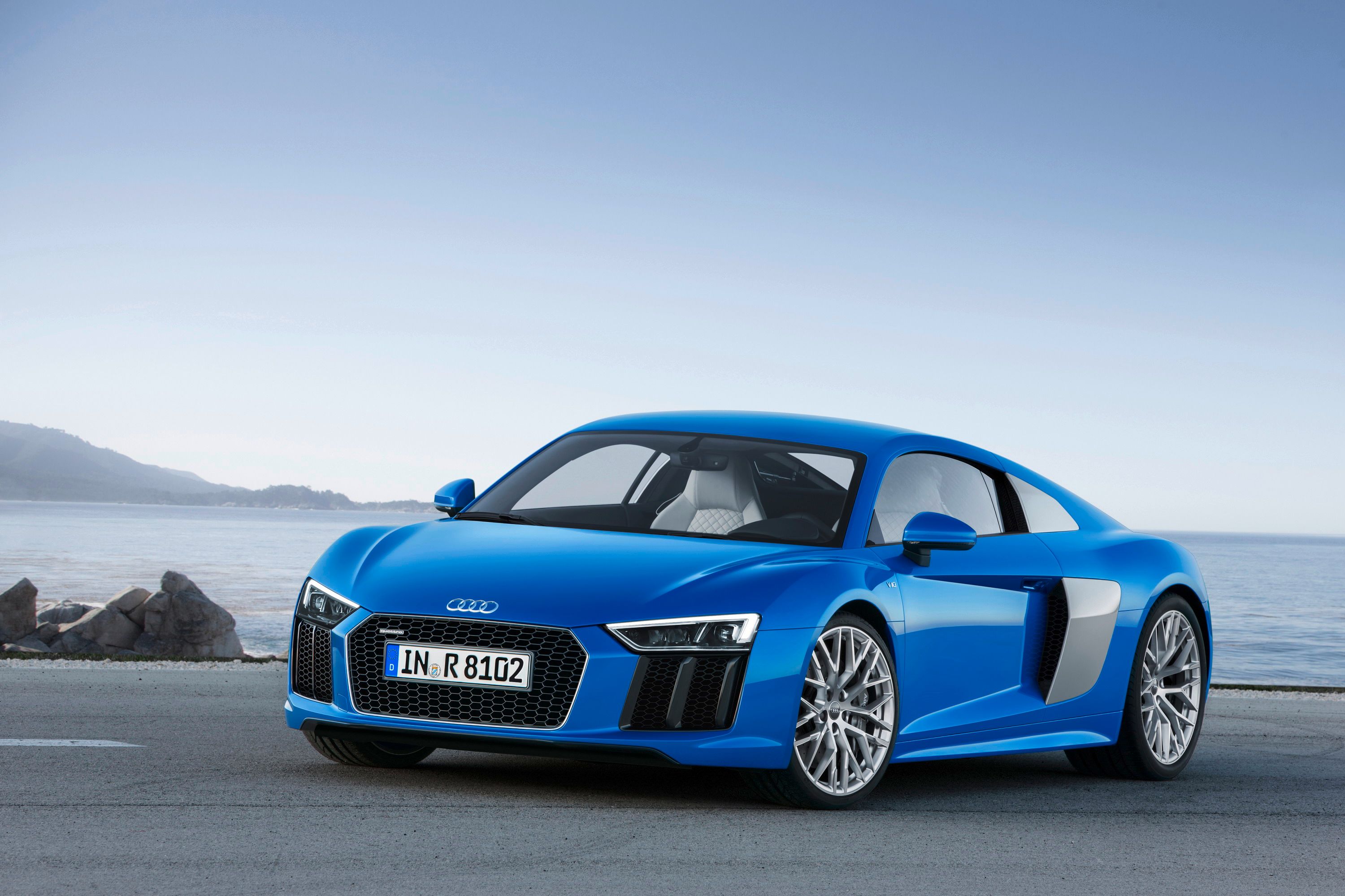
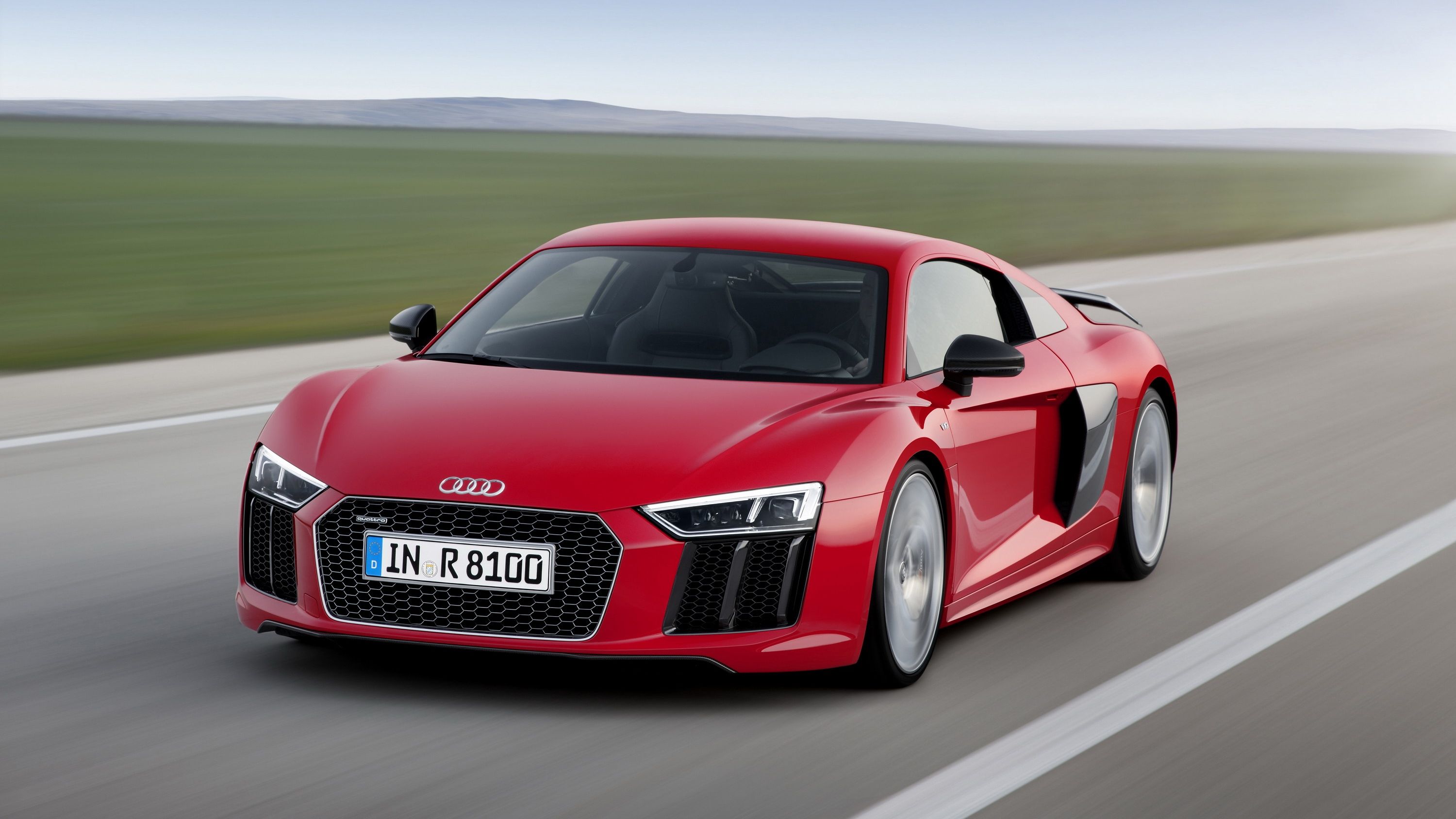
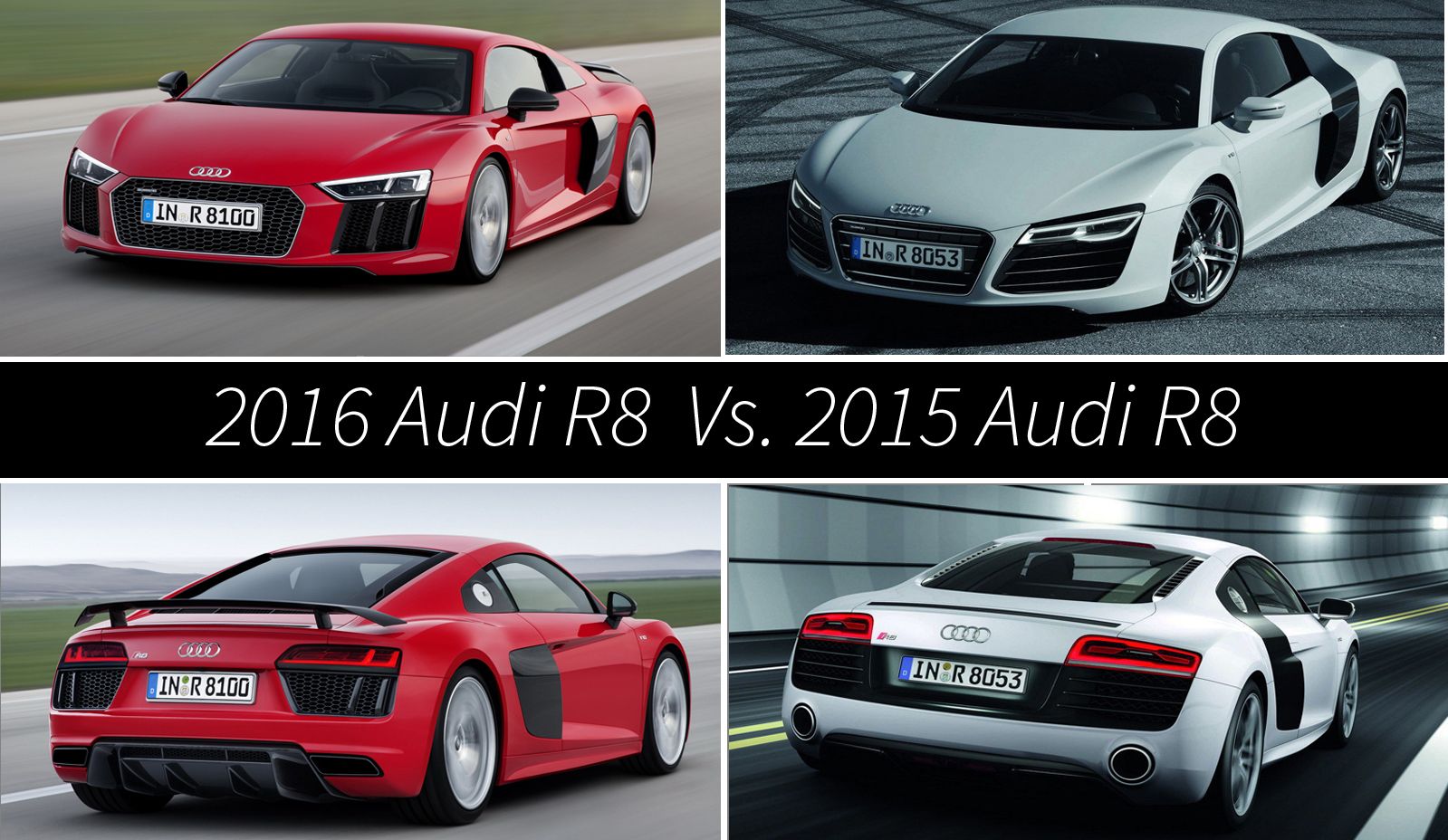
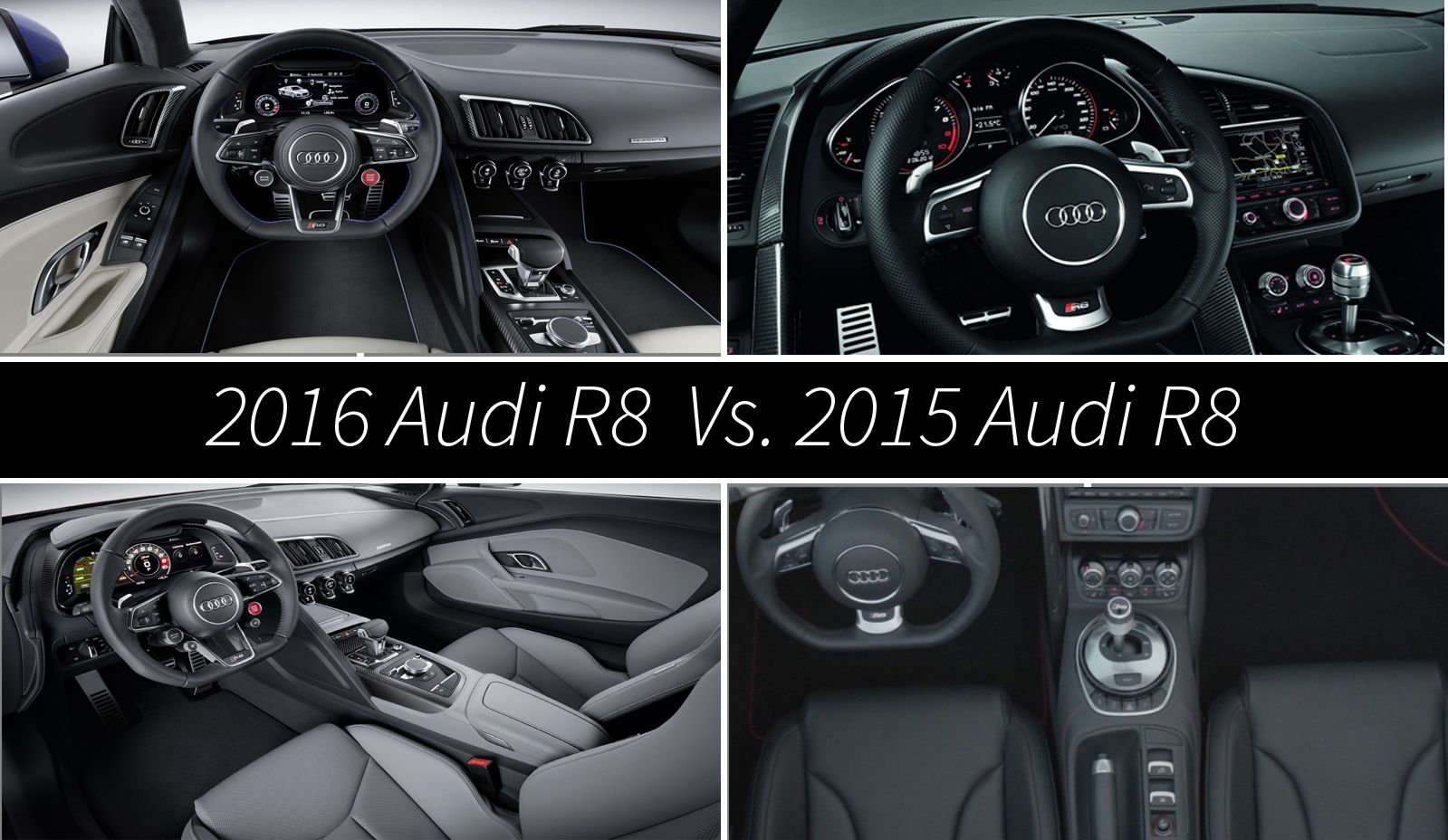


















































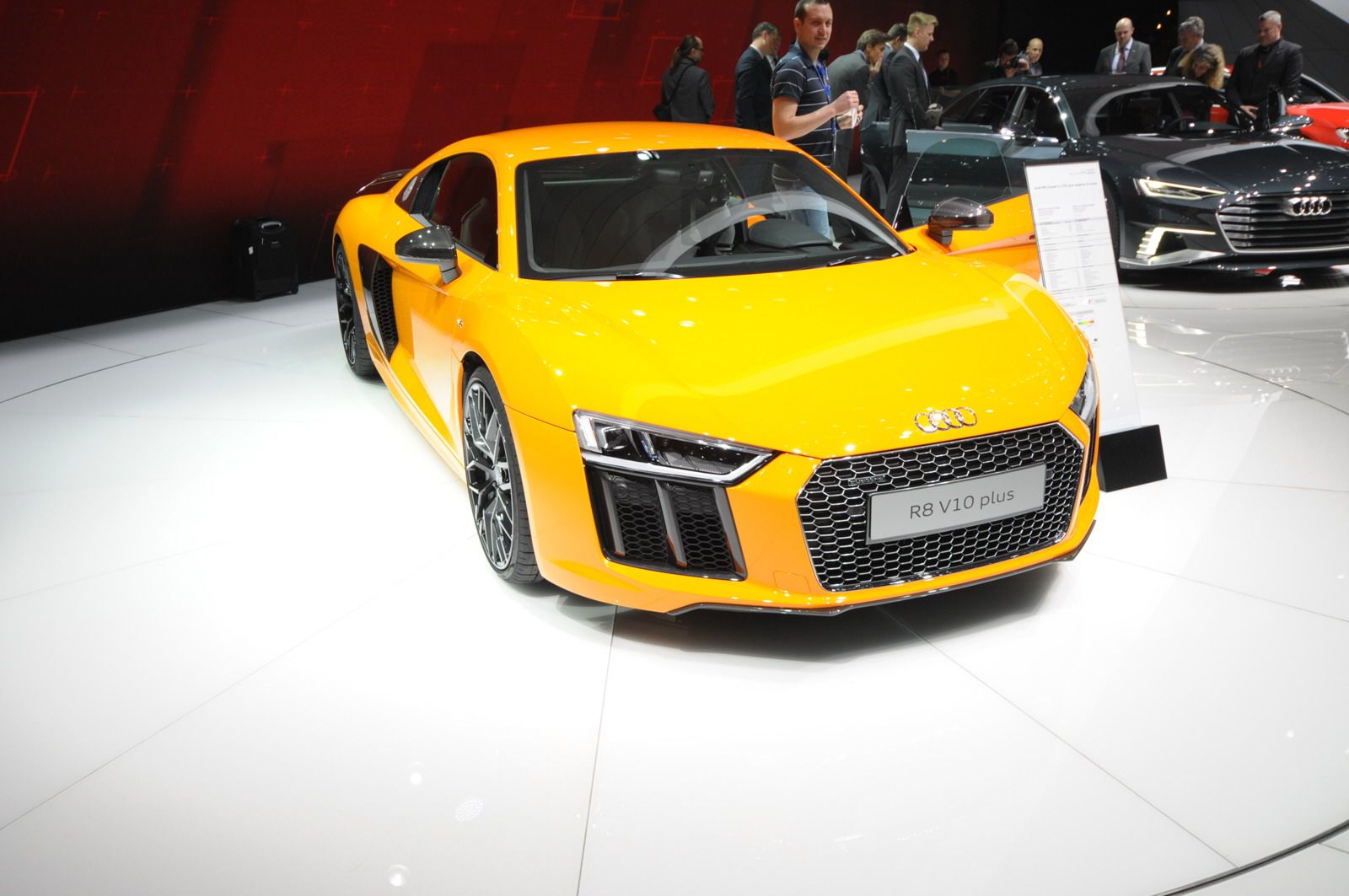
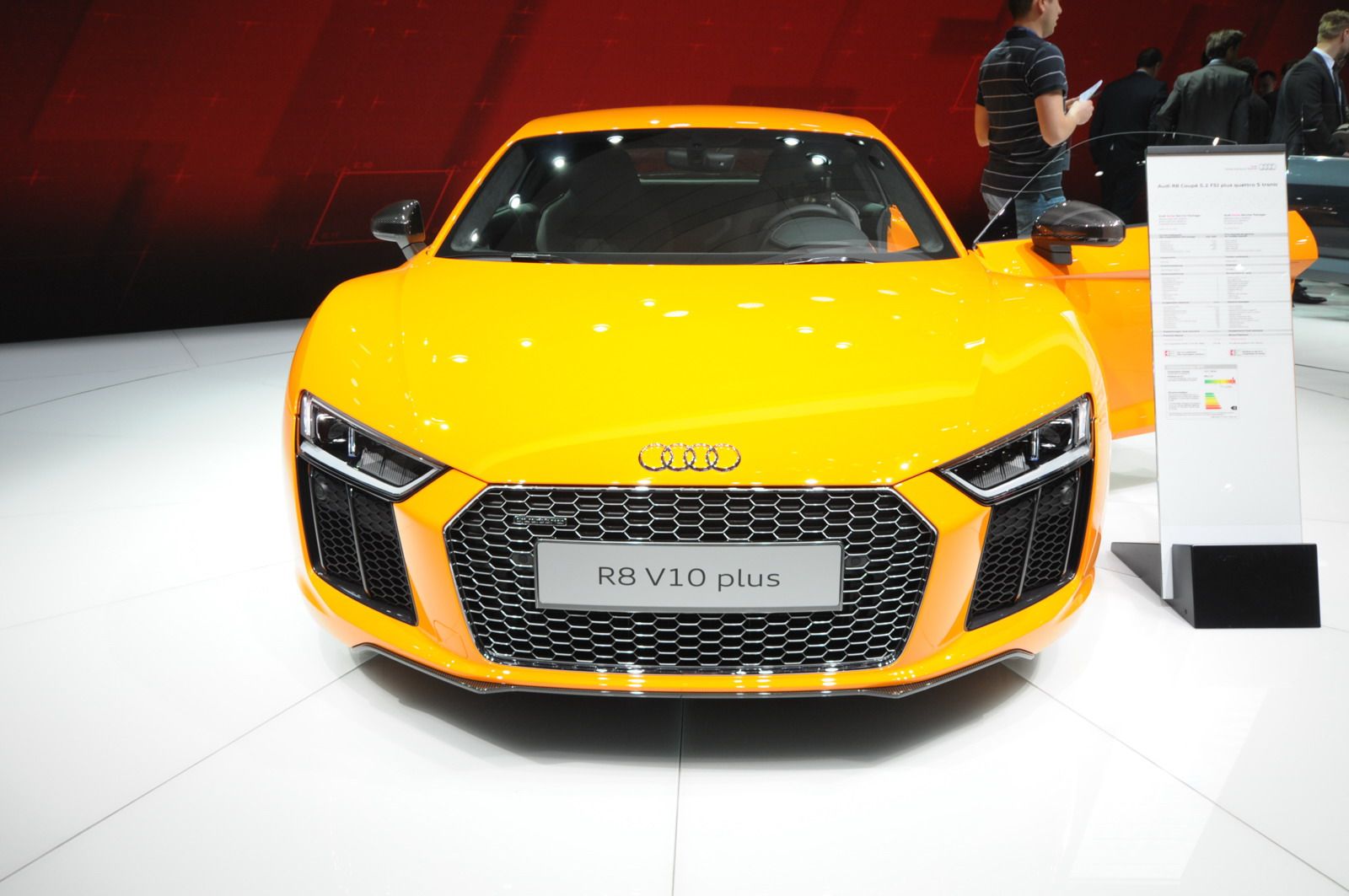
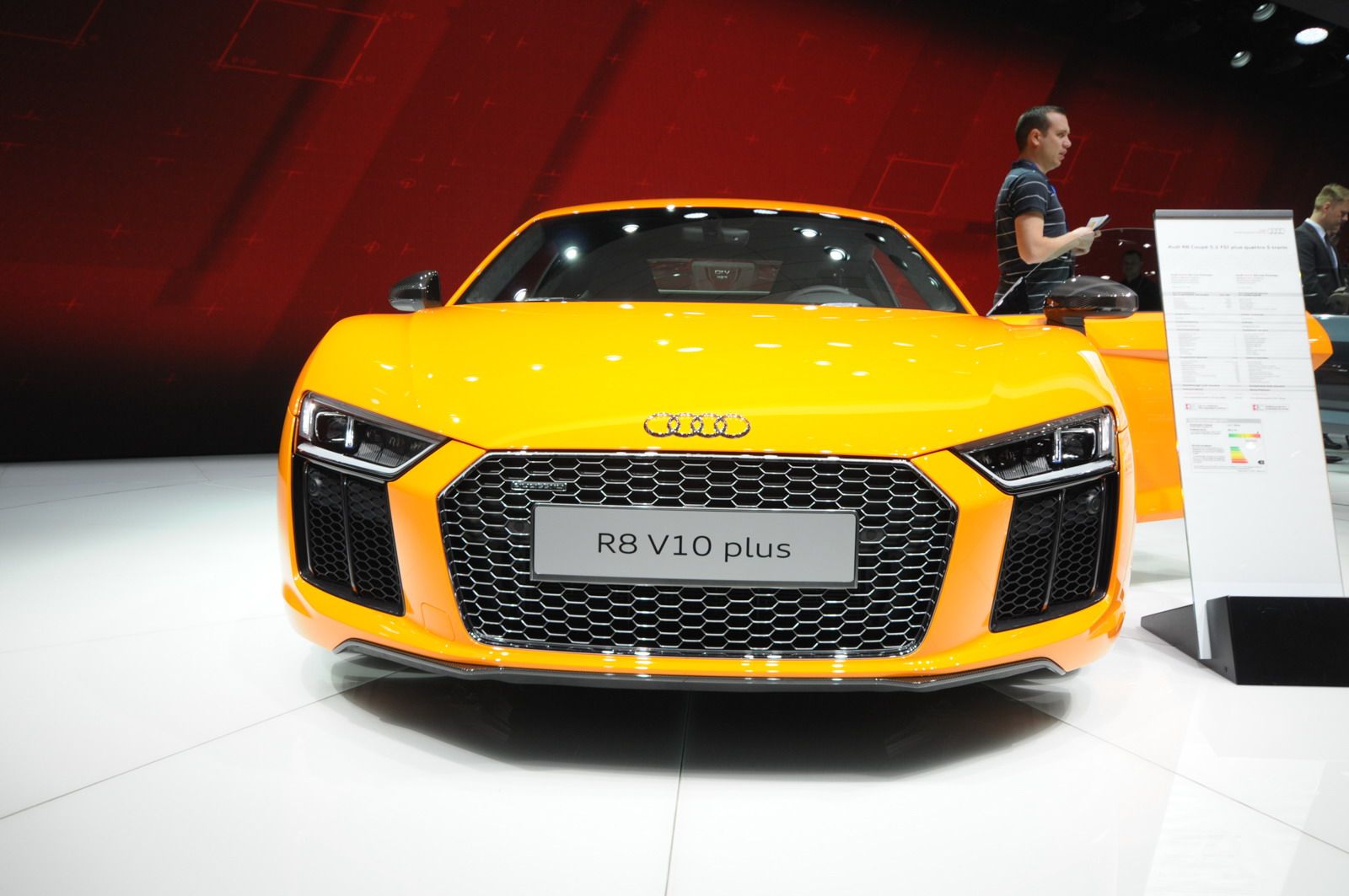


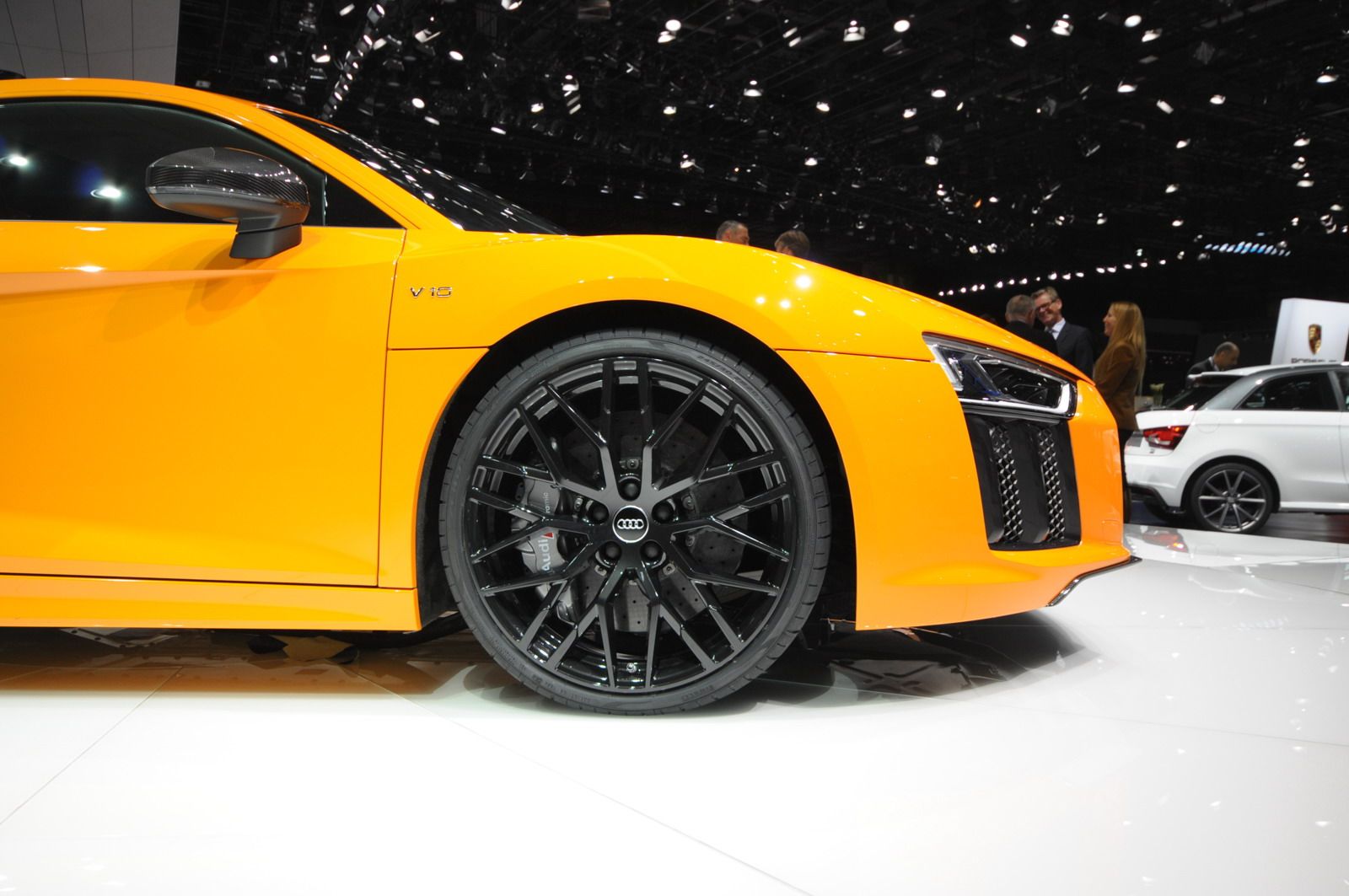
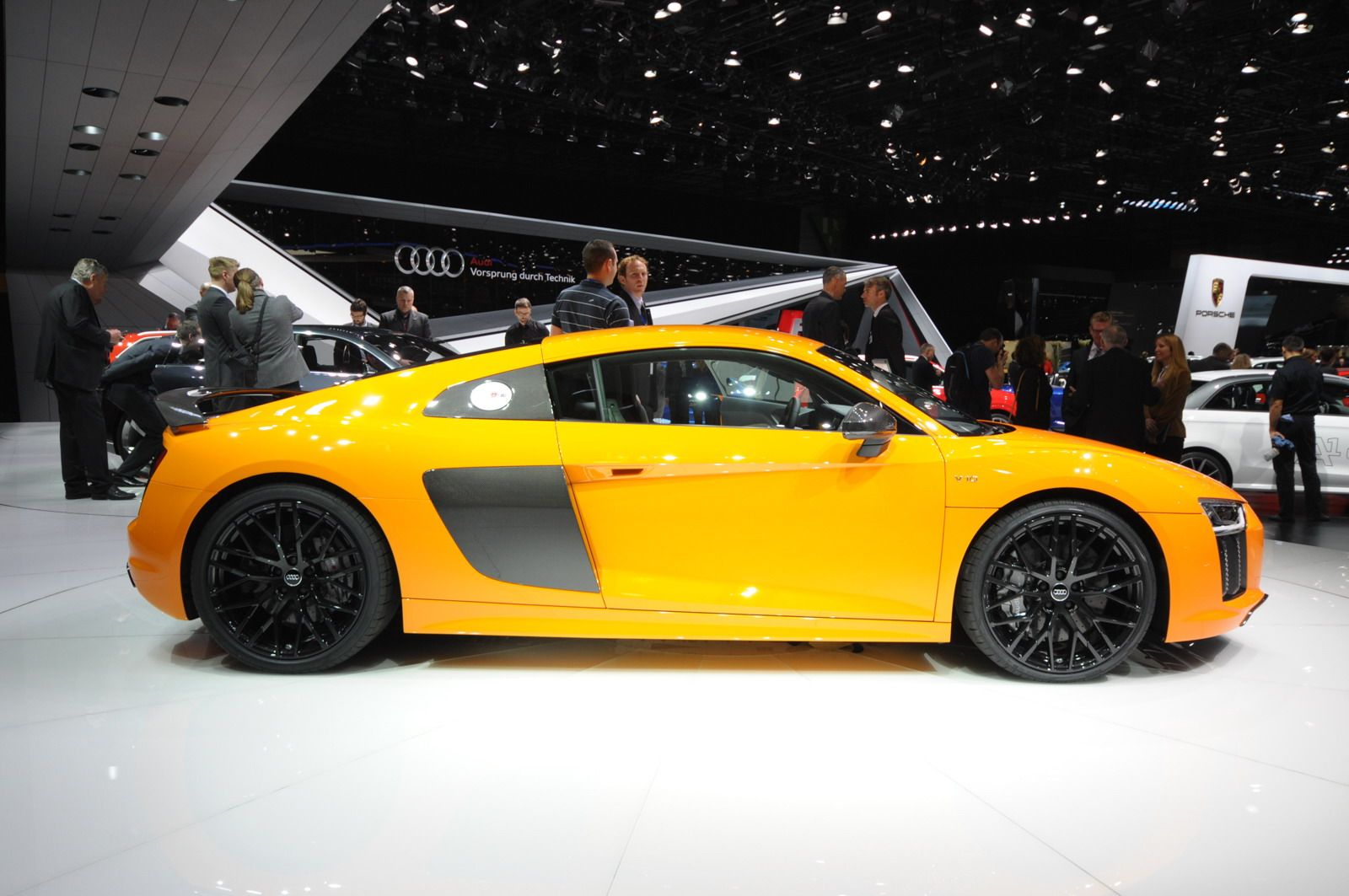
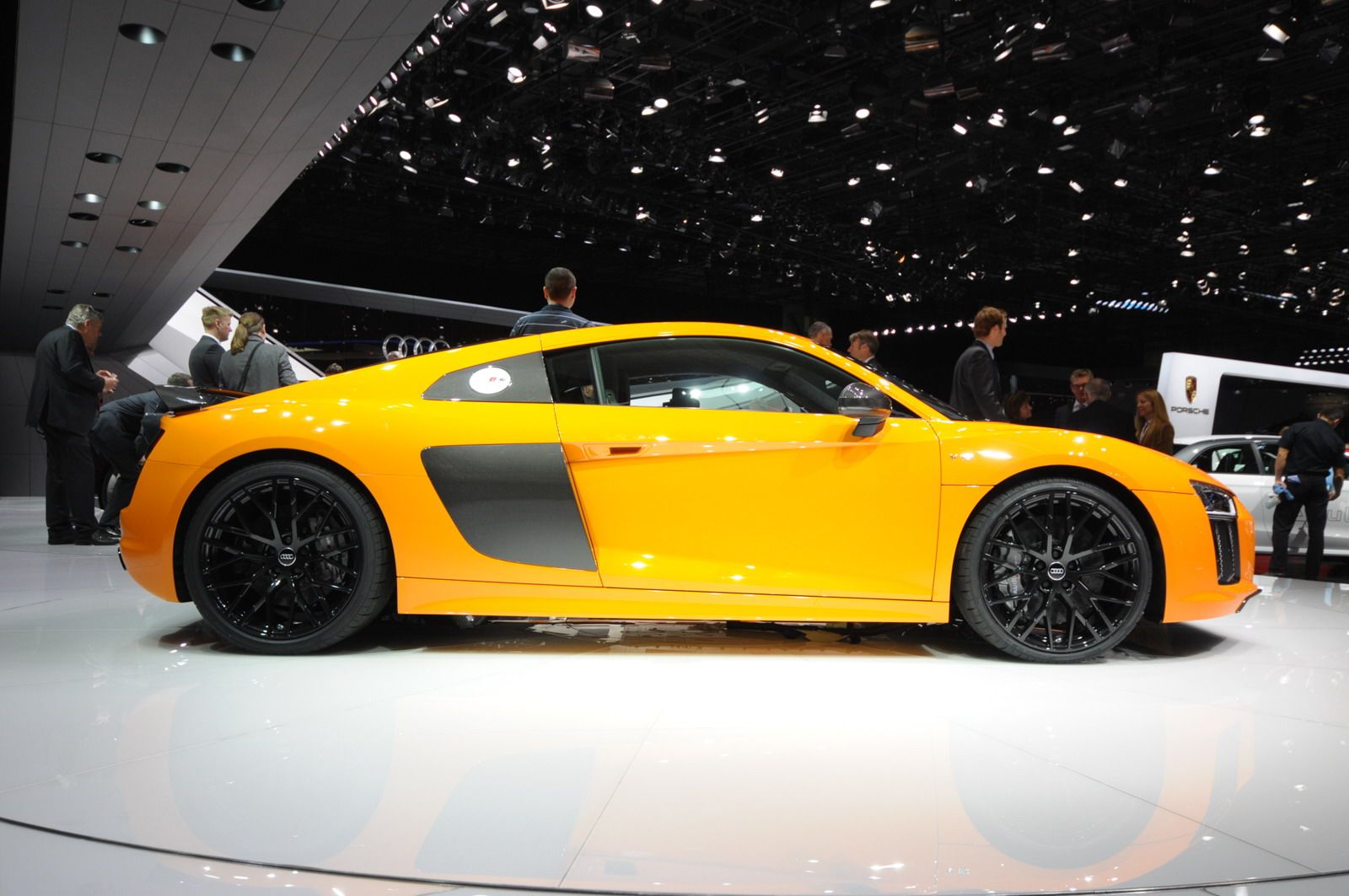
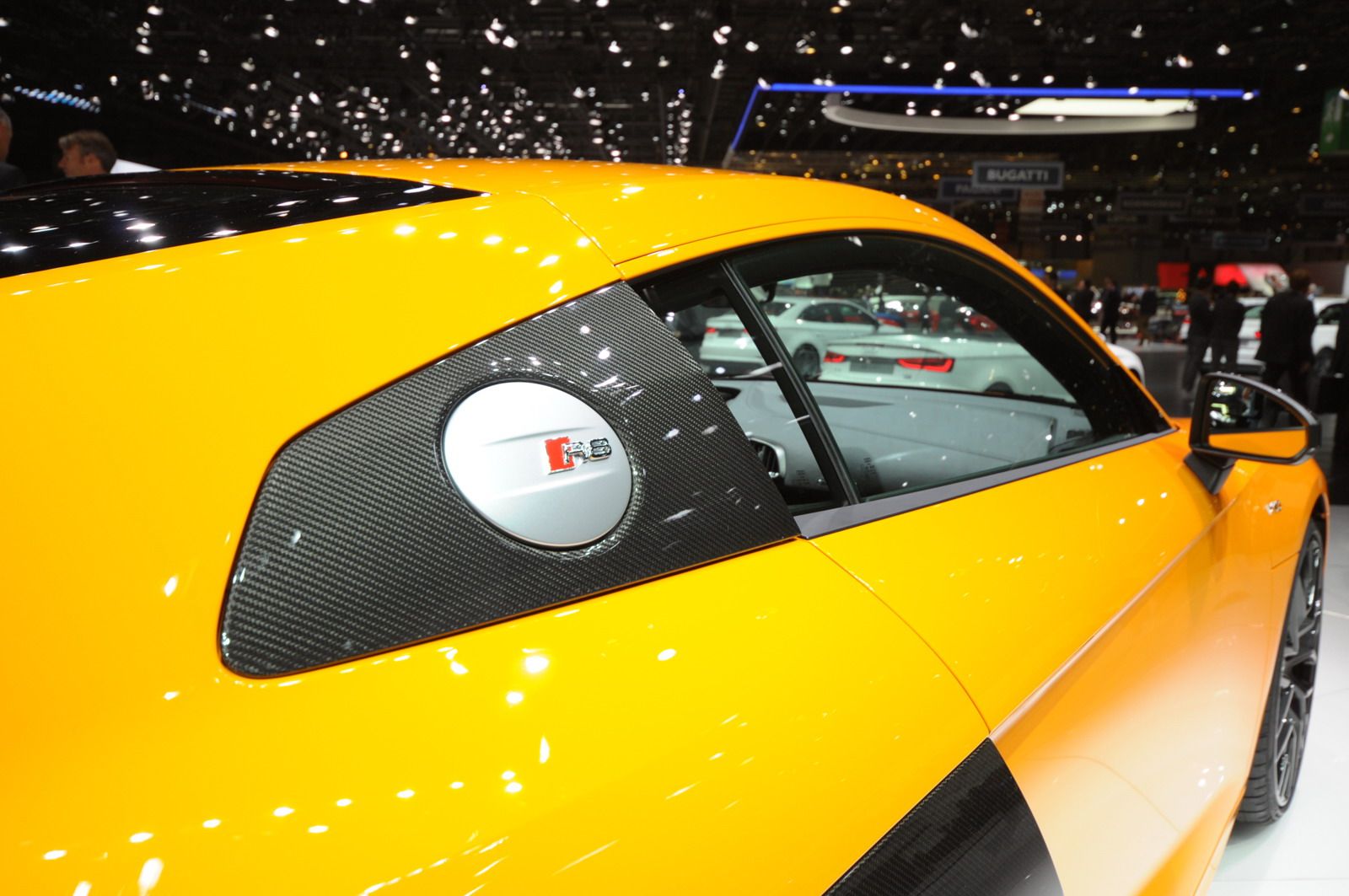
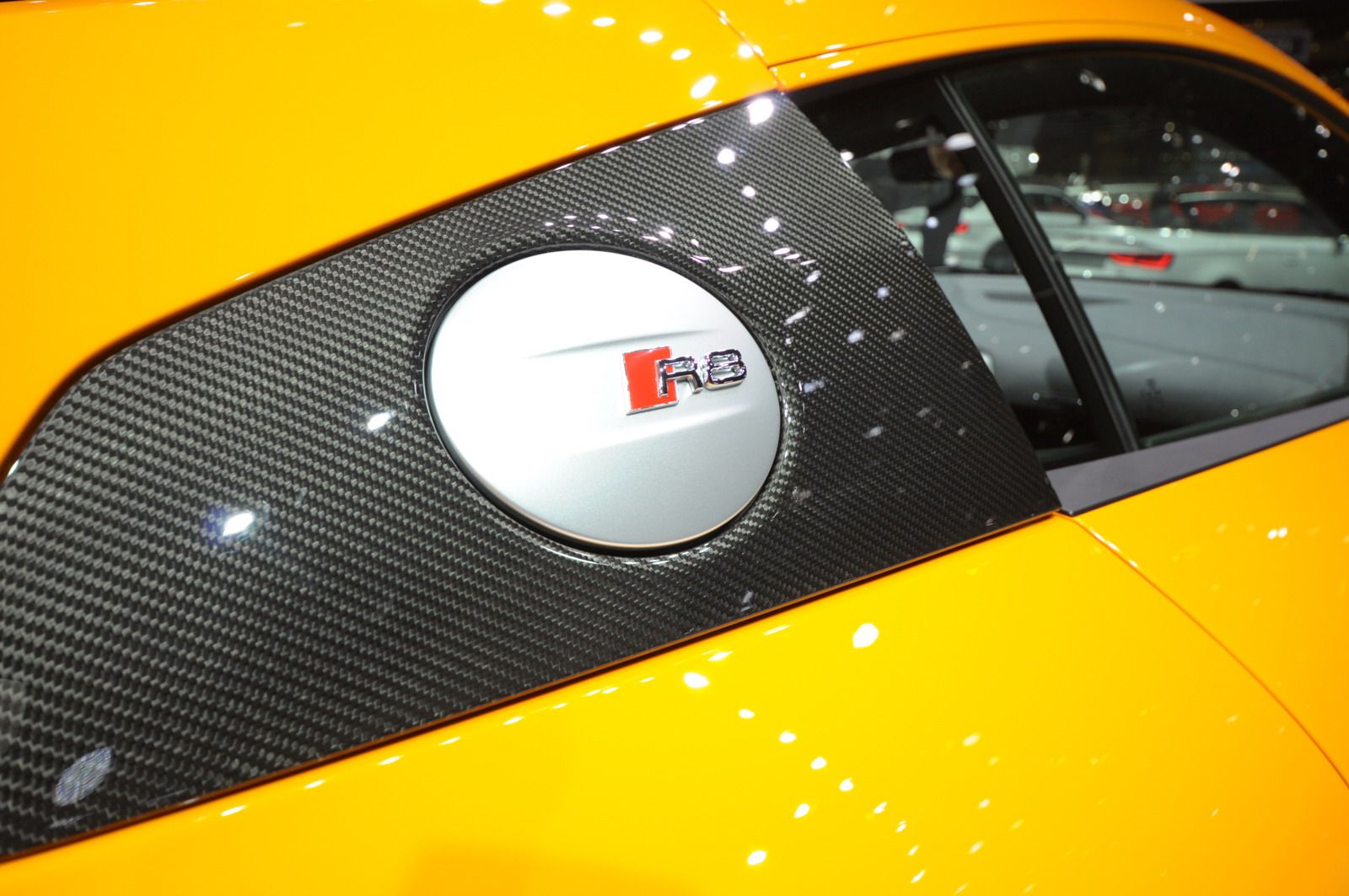
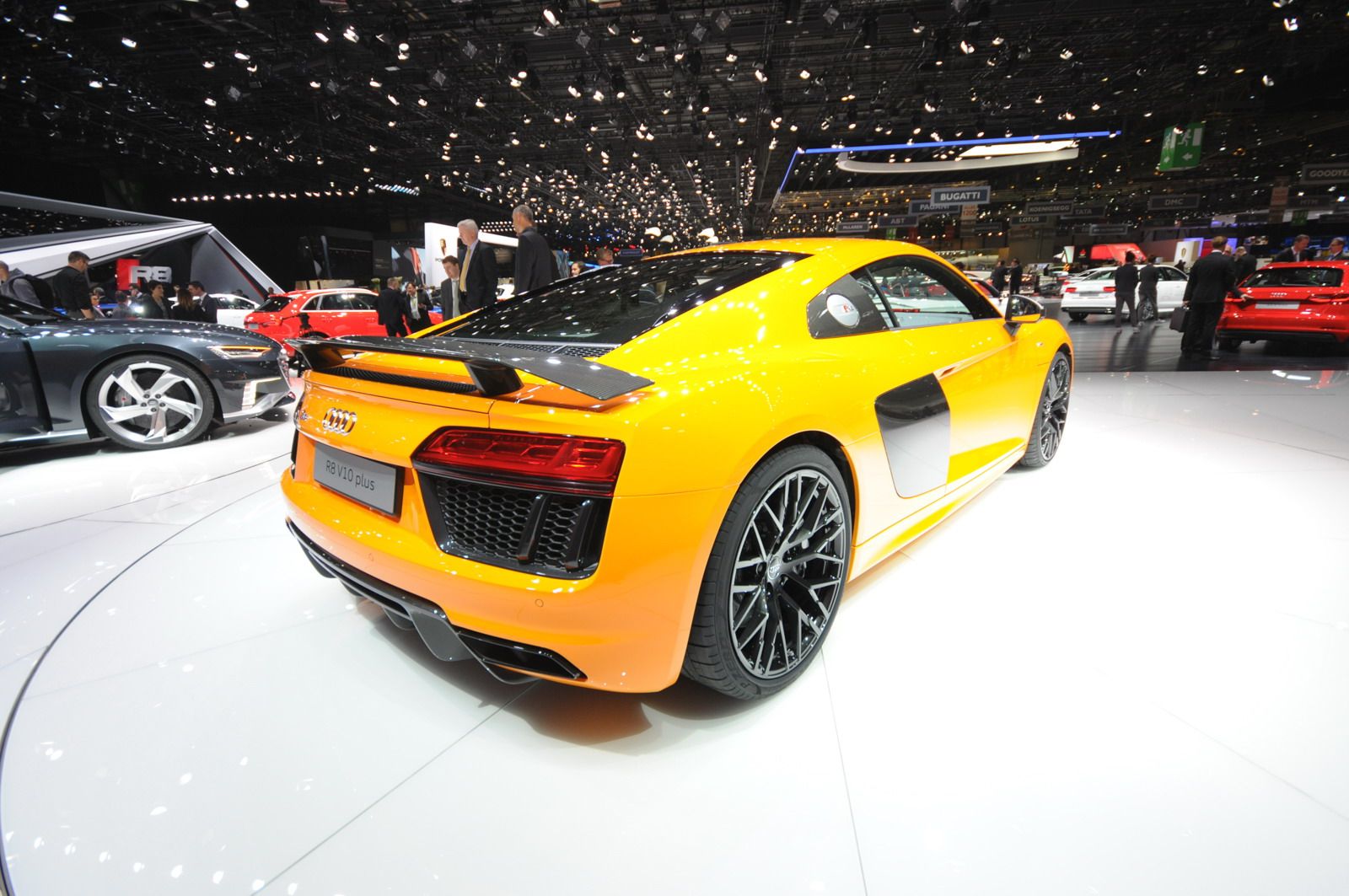
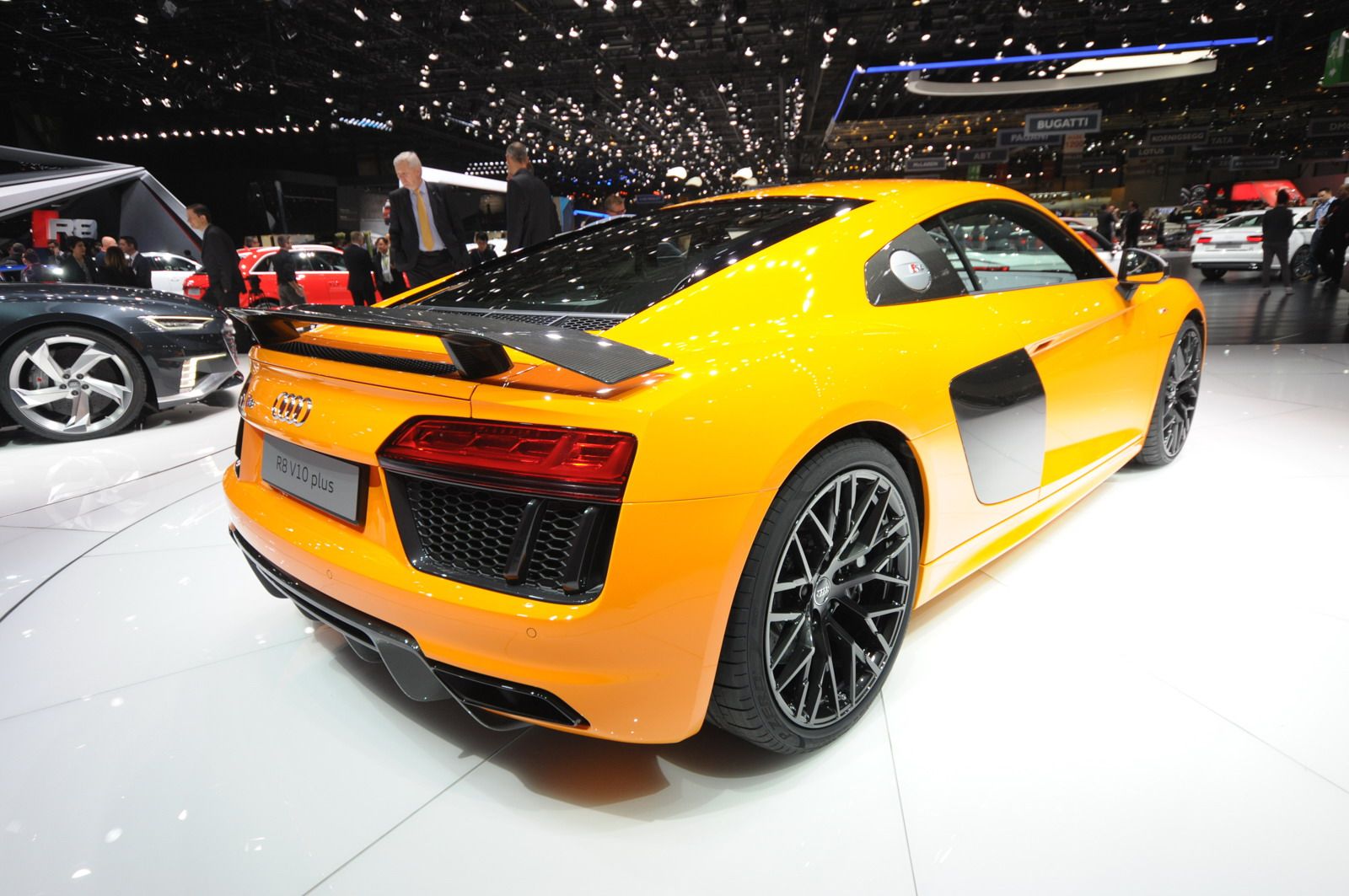
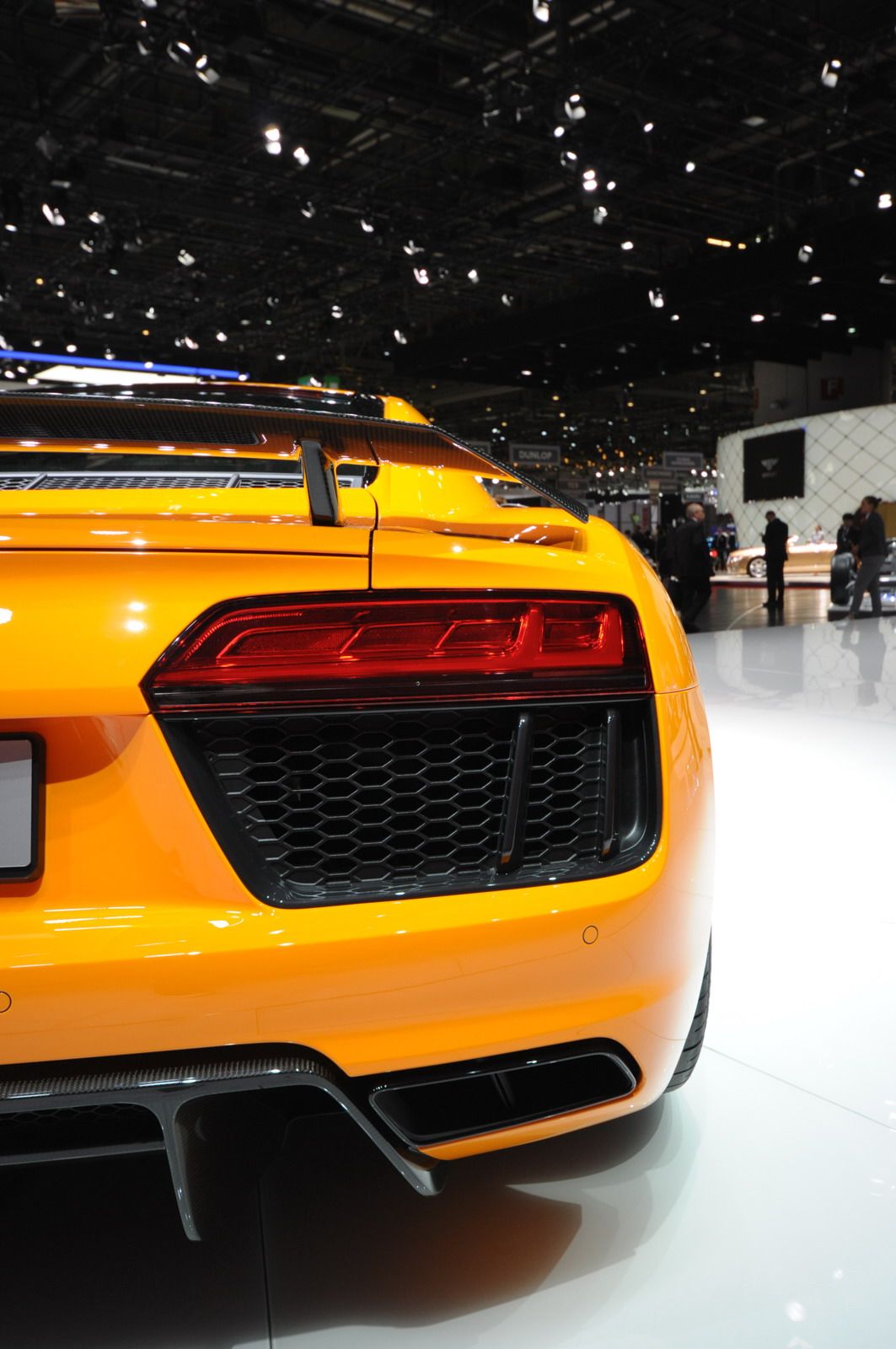
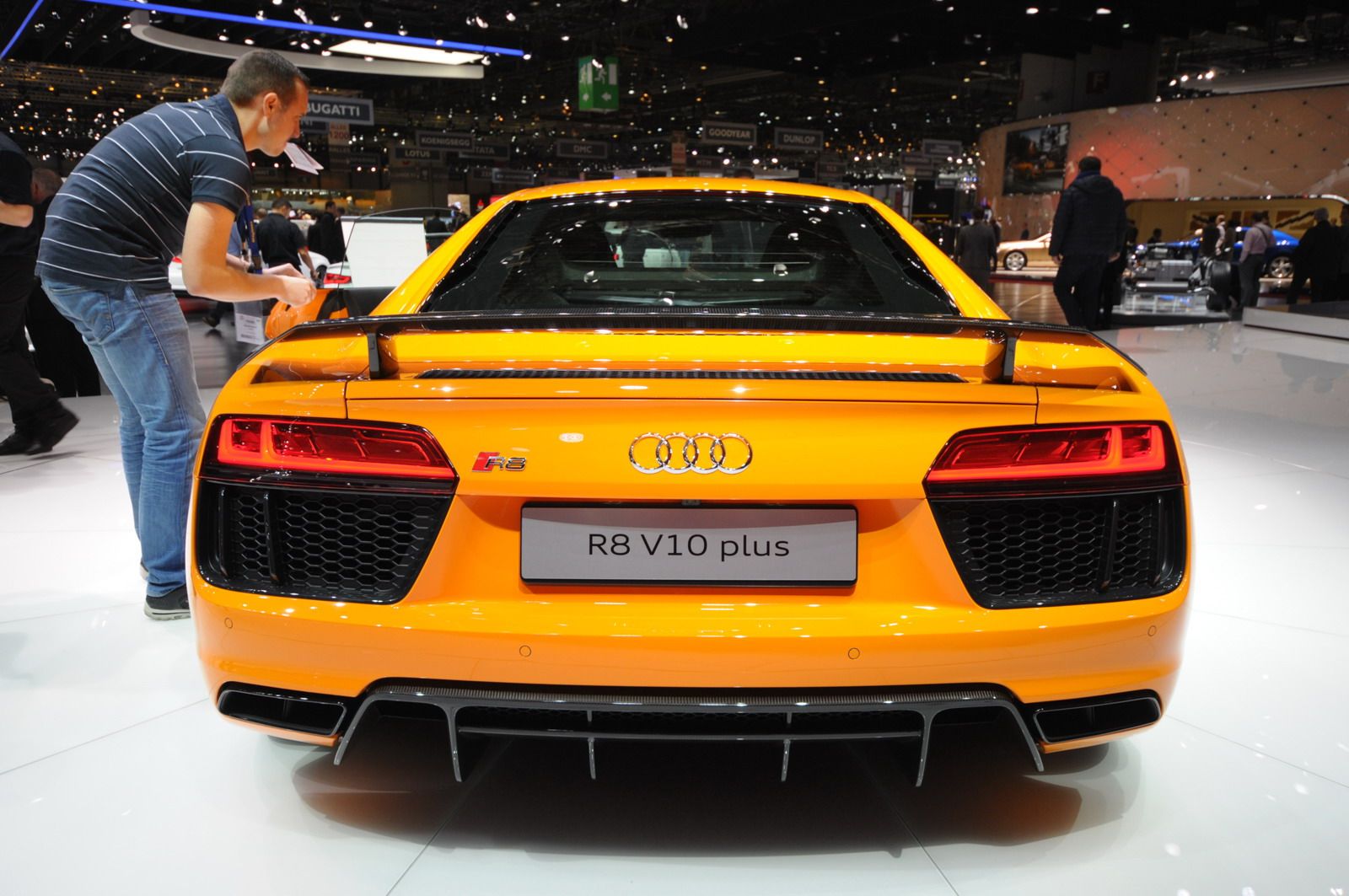
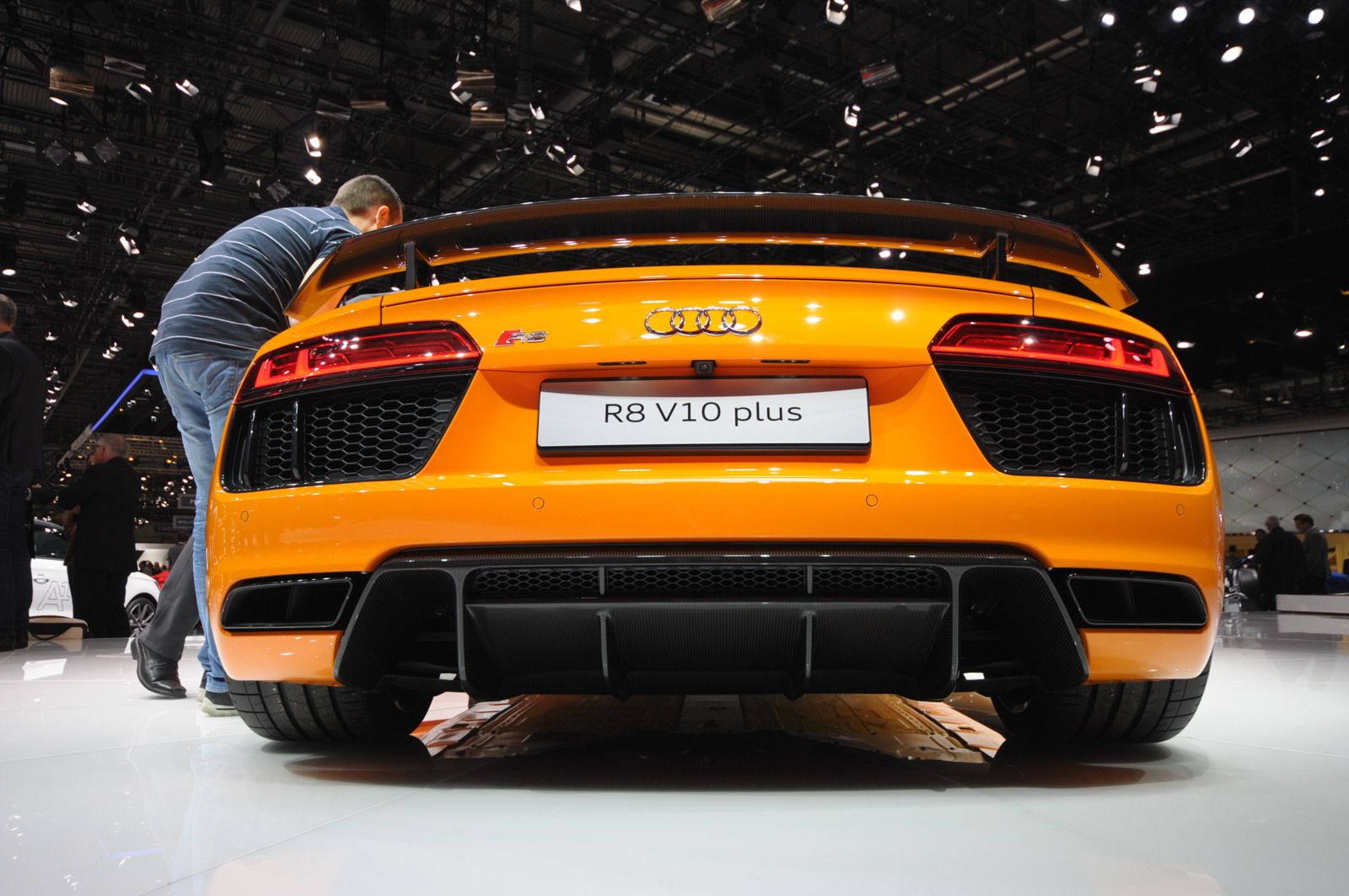
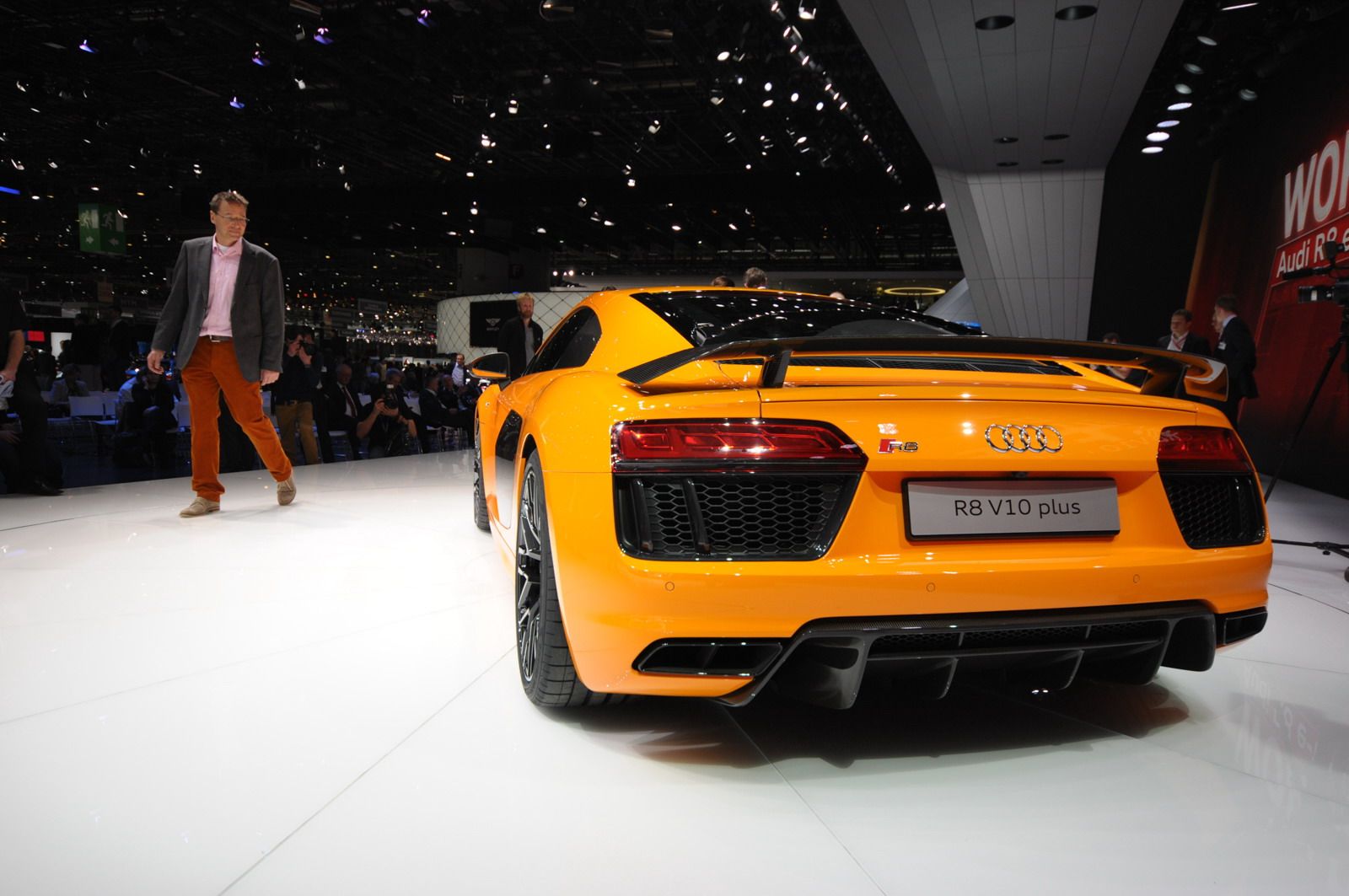
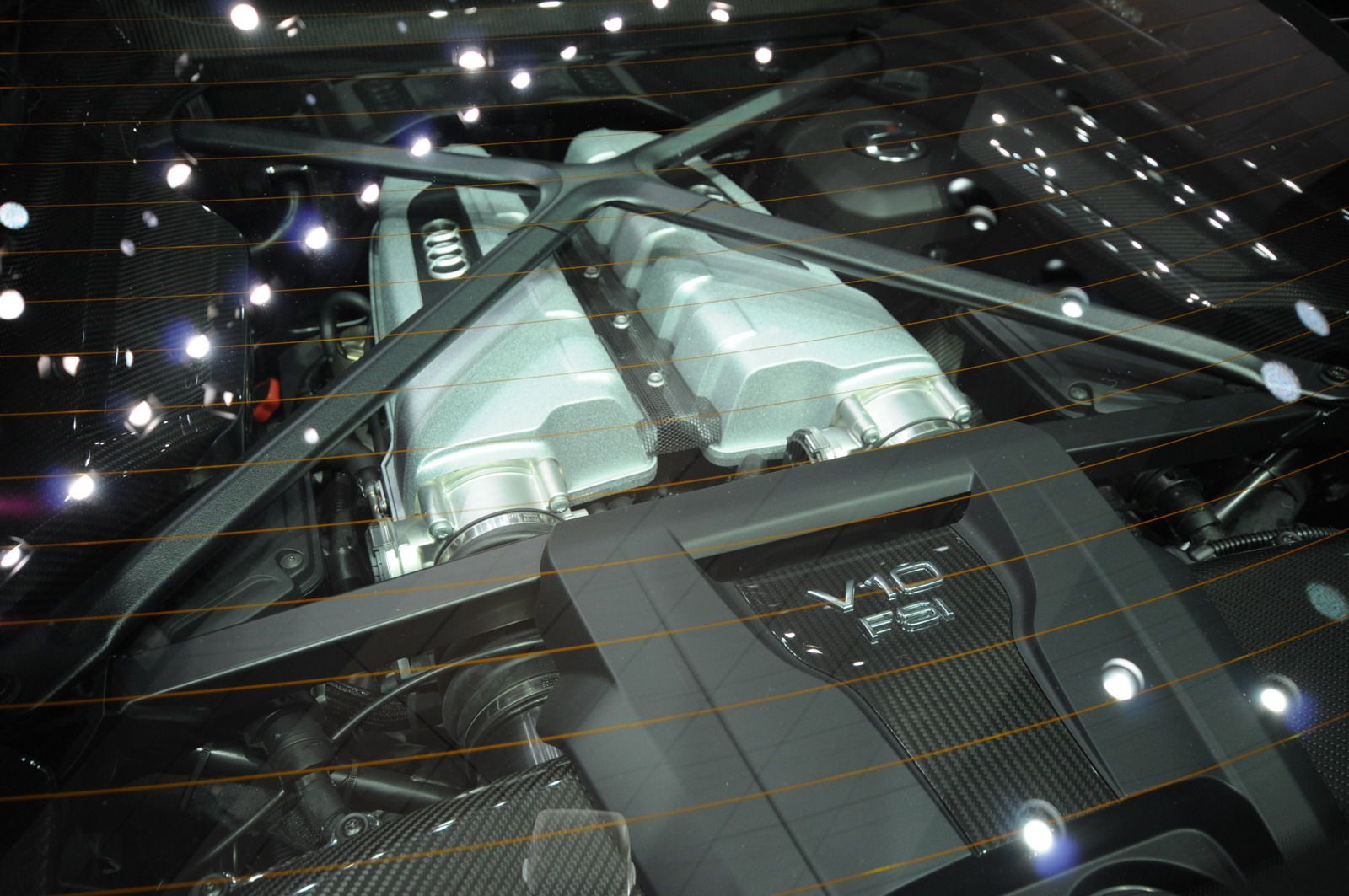
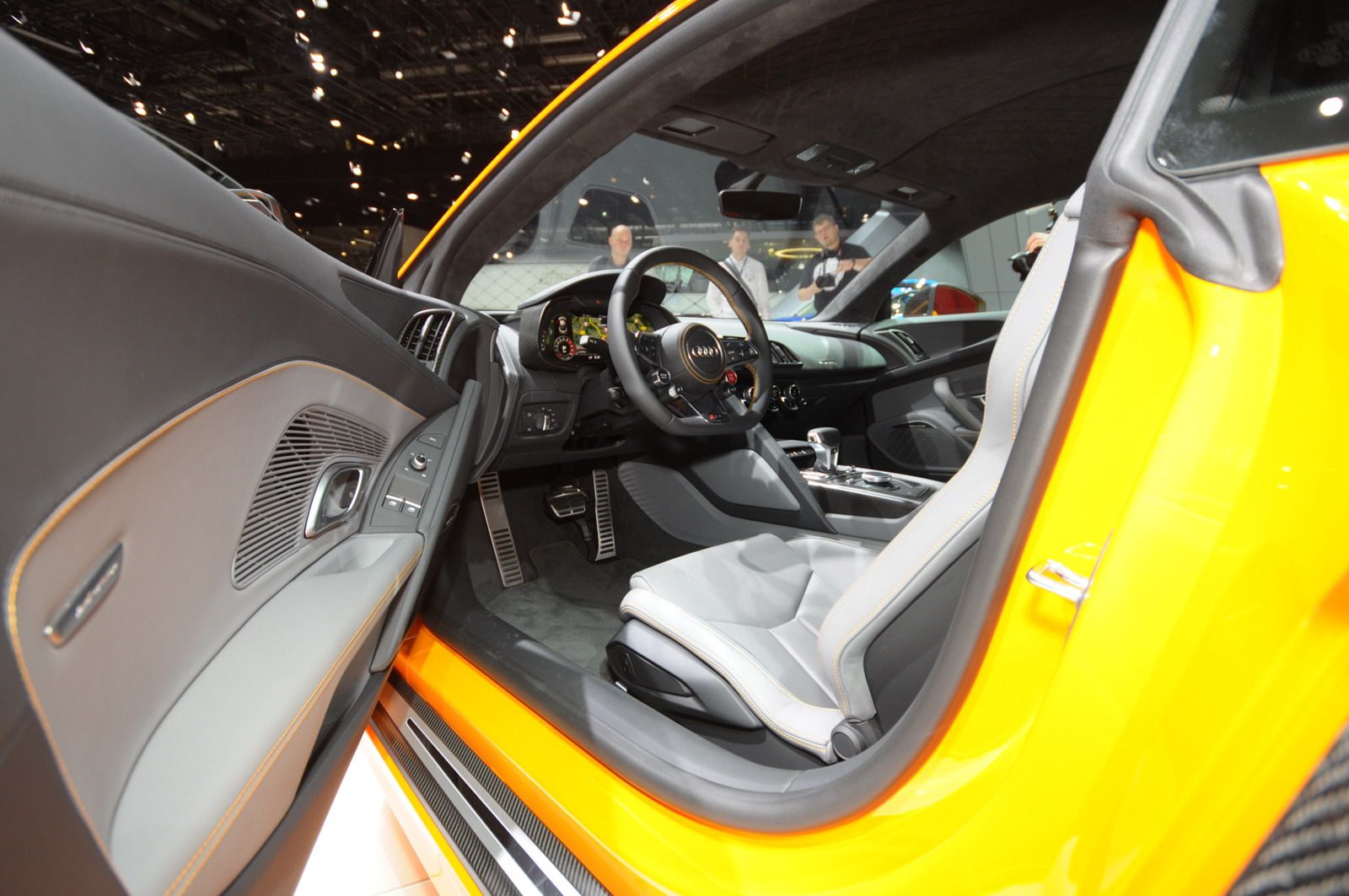
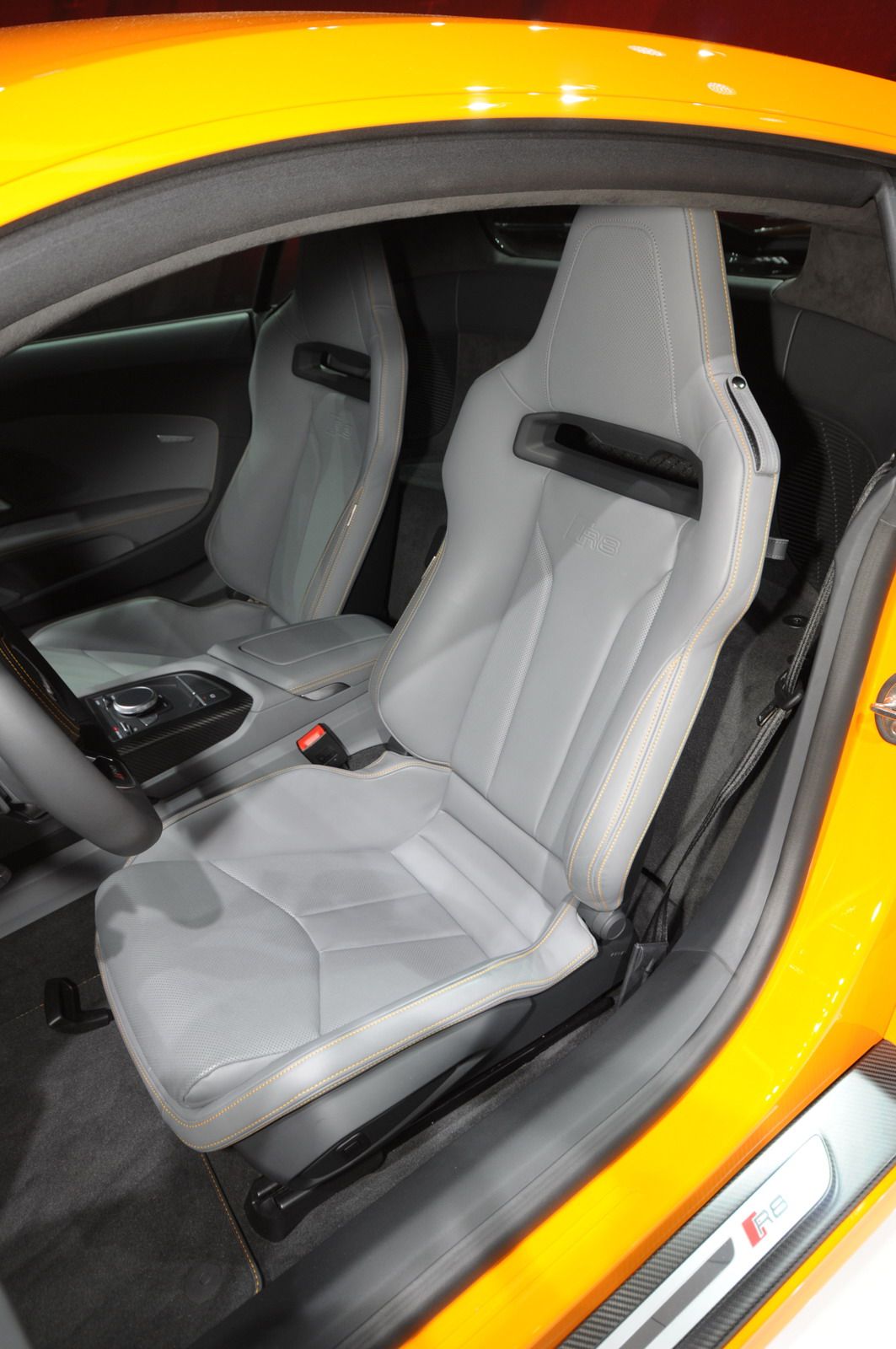
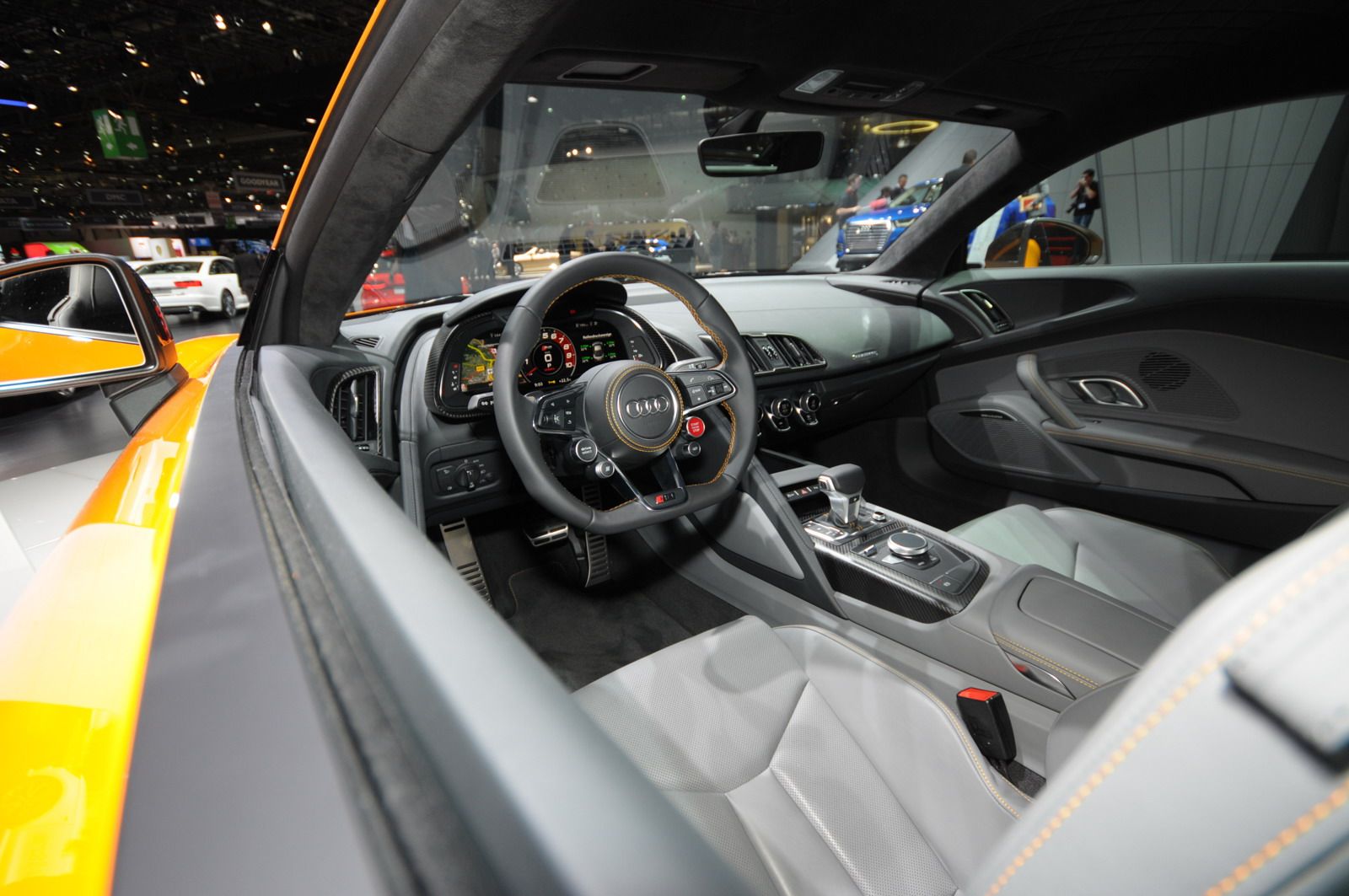
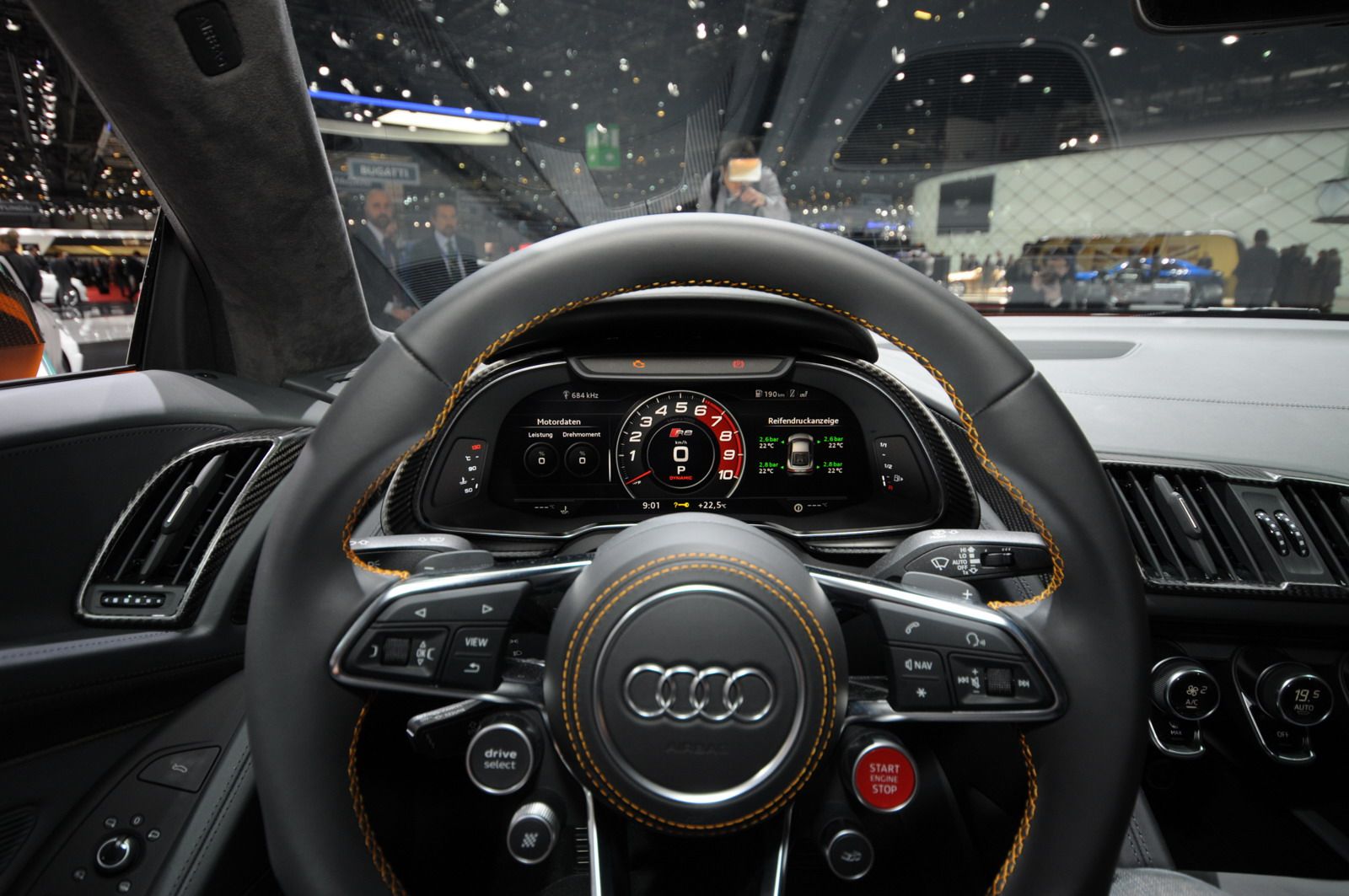
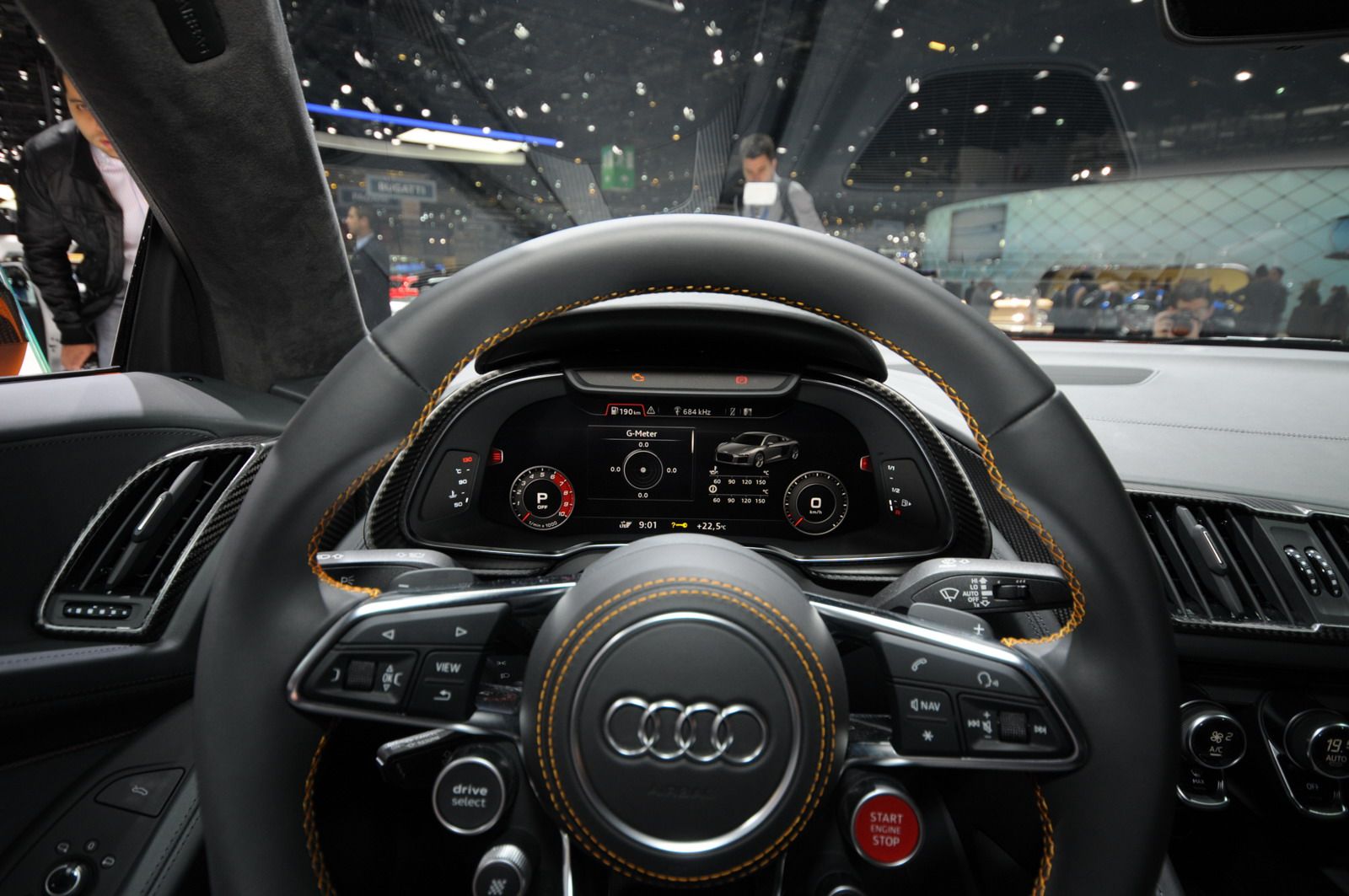
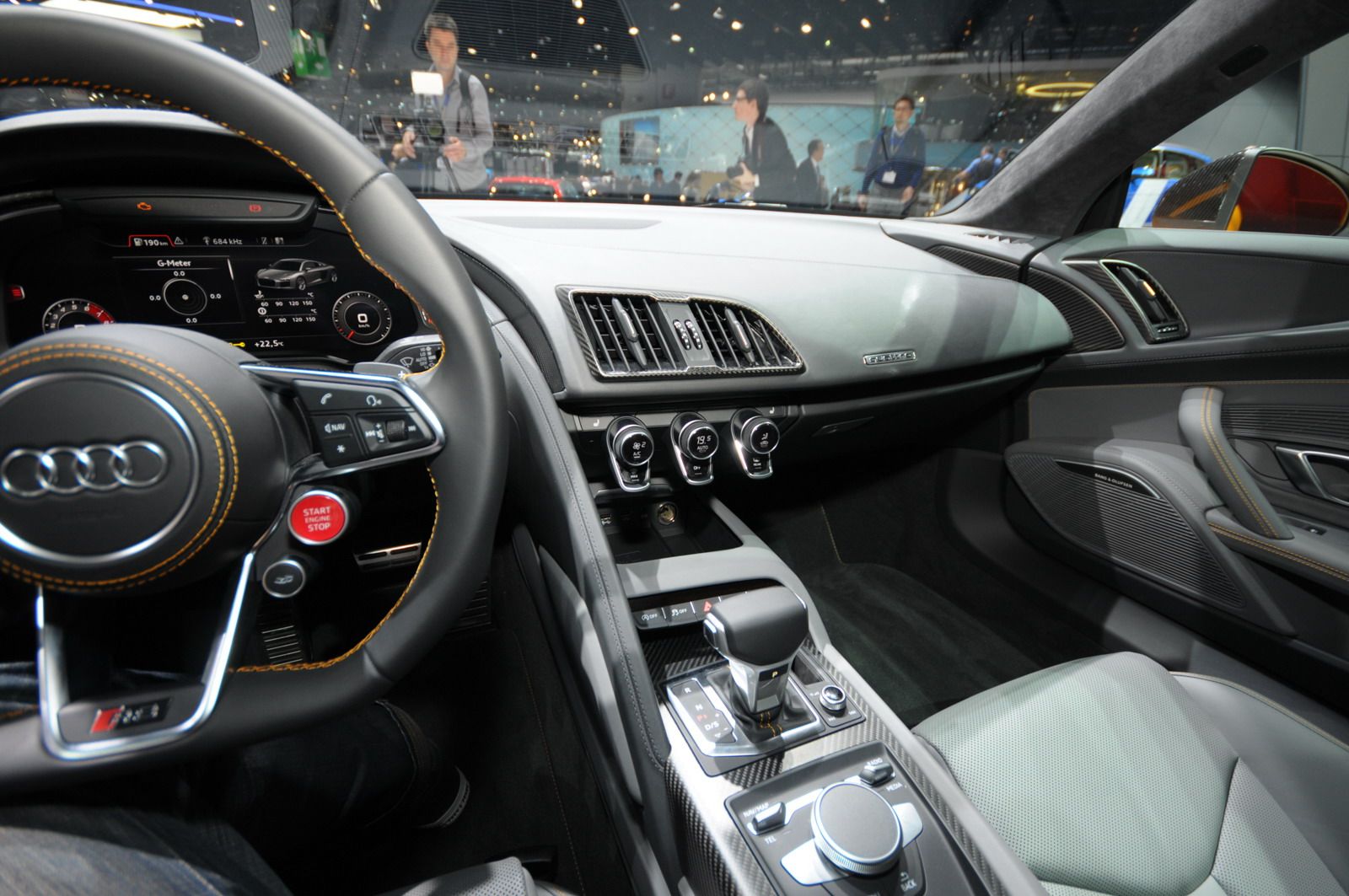
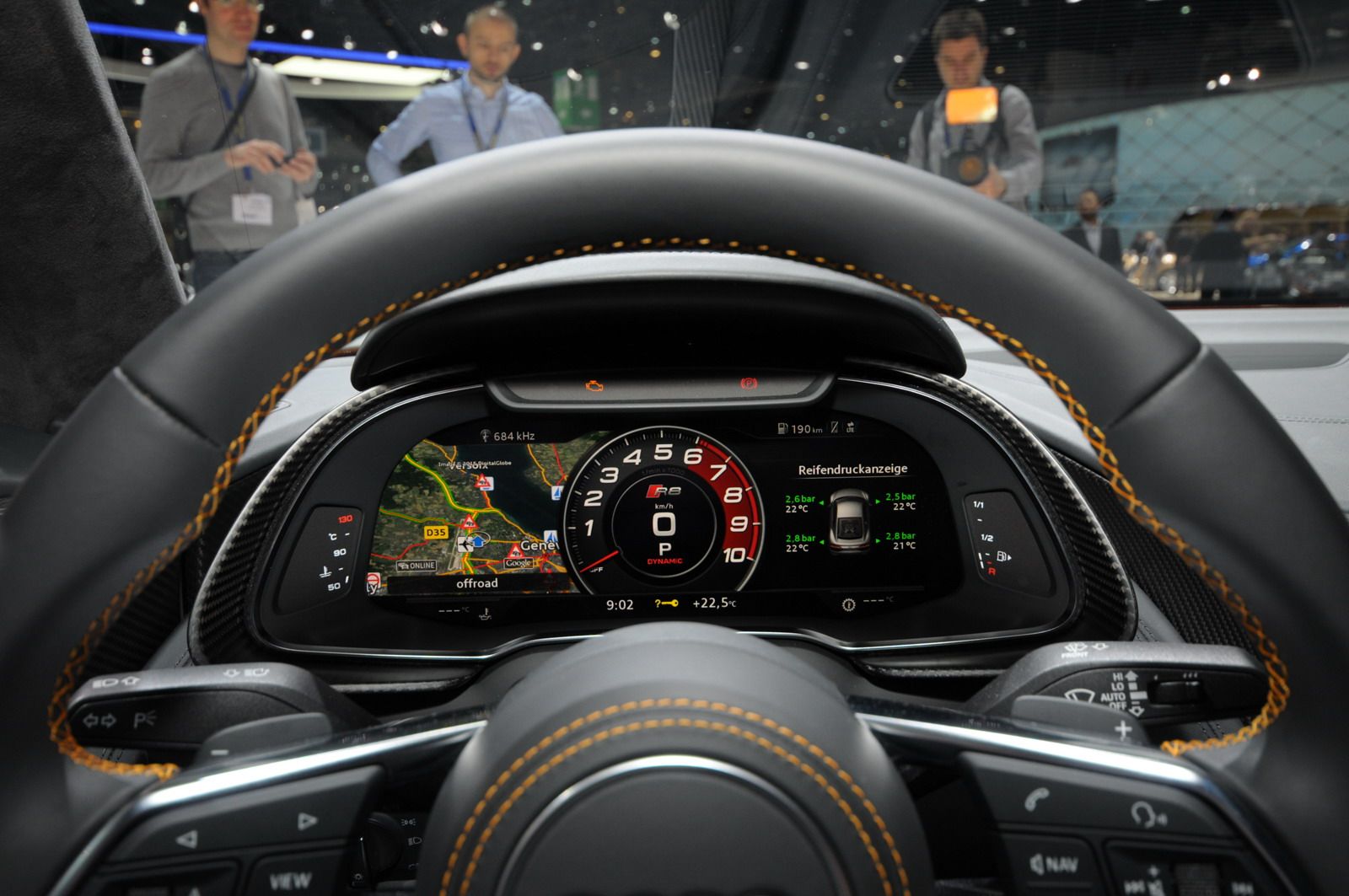
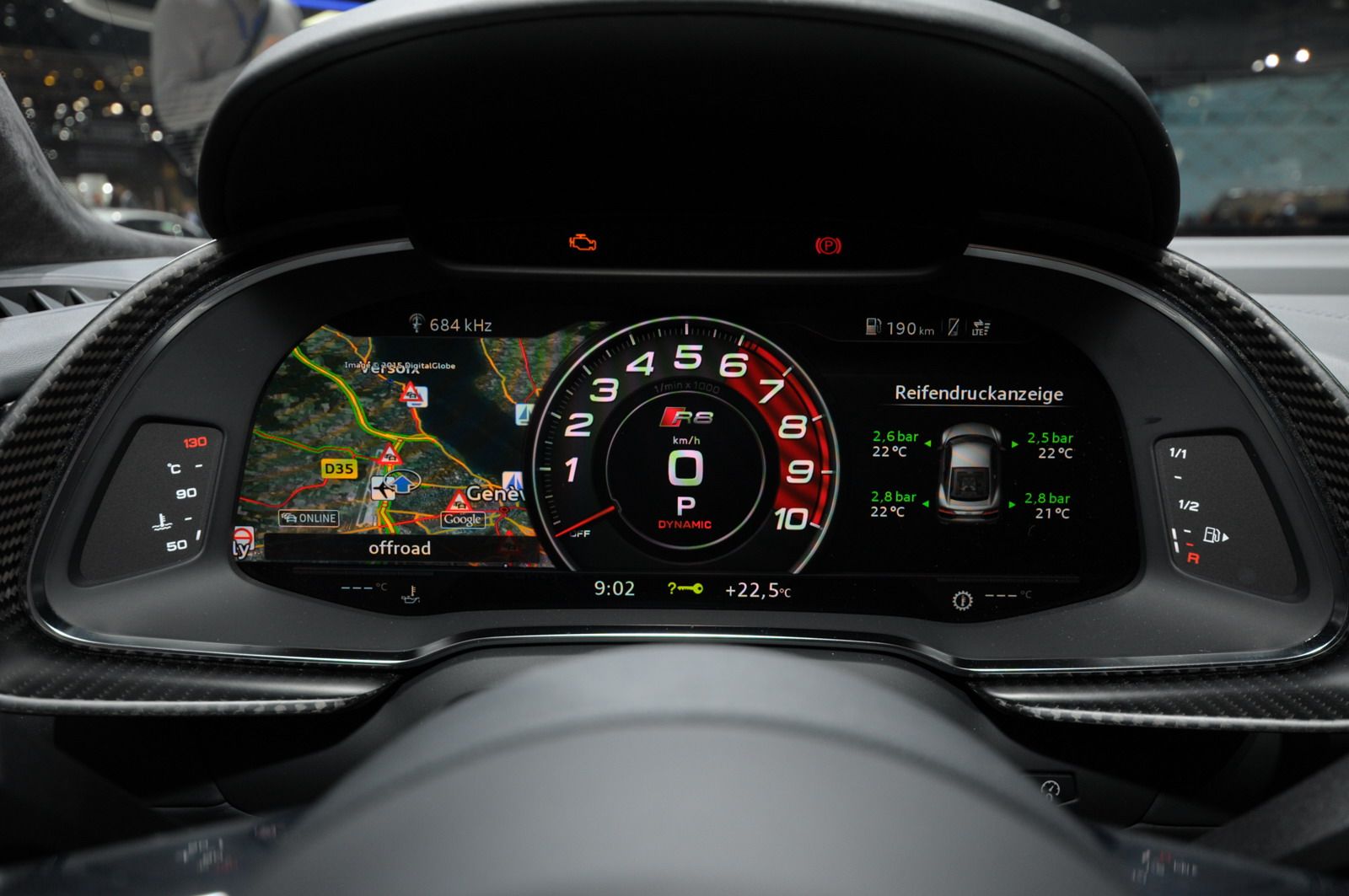
- Make: Array
- Model: 2017 - 2018 Audi R8
- Engine/Motor: V10
- Horsepower: 540
- Torque: 398
- Transmission: 7-speed S tronic
- [do not use] Vehicle Model: Array
Exterior
Ah, the “all-new” Audi R8 is upon us, and this seems to me more like a refresh than a redesign. Yes, I understand Audi not wanting to mess around too much with the R8’s style mojo, but c’mon guys…
Up front the changes include a larger hexagonal grille with a bolder outline and a mesh insert, while the air intakes on the edges of the bumpers are shrunken and now have vertical slats. The headlights also got a mild tweak, as their edges are now straight instead of having the subtle curve that the 2015 model had. Additionally, the European market gets the new laser high-beam headlights that use a camera system to detect oncoming traffic and adjust the beam for ideal distribution. Unfortunately, the NHTSA has yet to approve them for use in the U.S.
Another key change is the elimination of the vertical contrast stripe just above the rear air intake. This is one change that I am all for, but it’s not revolutionary.
Around back, the 2017 R8 gets lightly revised taillights with new graphics underlined by new rear grilles with mesh inserts. The tailpipes also gain a trapezoidal shape in place of the old circular units, and the diffuser spanning the gap between the tailpipes is revised.
On the R8 V10 Plus, there is an added carbon-fiber-reinforced (CFRP) wing.
Where there are some pretty significant changes are in the numbers, specifically curb weight. The 2017 R8 V10 Plus checks in at just 3,428 pounds, which is up to 110 pounds less than the 2015 model. This weight loss is thanks to a new multi-material lightweight construction that includes an Audi space frame that weighs only 441 pounds. The body is made up of CFRP B-pillars, central tunnel, and rear wall. The R8’s front end is made of aluminum, as is the roof arch and the rear section of the frame. Despite the weight loss, the new R8 is approximately 40 percent more rigid than the 2015 model. There is no mention of the weight savings in the base R8 V10, but I assume it is roughly the same.
The 2017 R8 is 174 inches long, 76.4 inches wide and 48.8 inches tall, which makes it 0.6 inch shorter, 0.4 inch wider and 0.5 inch lower. The 2017 model’s wheelbase is the same as the previous model’s at 104.3 inches.
Though the aesthetic changes are quite minor, and would require a close inspection to notice, I do like the fairly drastic weight loss. I guess I need to give Audi credit for that at least.
For 2017, Audi will also improve the R8 e-tron, giving it the same multi-material space frame as the standard model, and also giving it a CFRP rear section. The e-tron’s body also gets a handful of special modifications to drop its drag to 0.28 Cd.
Exterior Dimensions
|
Length |
174 In |
|
Width |
76.4 In. |
|
Height |
48.8 In. |
|
Wheelbase |
104.3 In |
|
Curb Weight |
3,428 Lbs. (V10 Plus) |
Side-by-side comparison
Interior
Inside the cabin, the changes are more noticeable than they are on the outside. First up is a redesigned, flat-bottom steering wheel with plenty of controls mounted on the crossbars – more than on the 2015 model. Audi also added a set of revised sports seats with enhanced lateral support, thanks to revised headrest and deeper pockets – these updated seats are standard on the V10 Plus but optional on the standard model.
Giving the driver all the important vitals on the 2017 R8 is Audi’s virtual cockpit, which features a 12.3-inch screen. This screen not only replaces the instrument gauges, but also the MMI screen that cluttered up the center console. The driver can reconfigure this display via controls on the new steering wheel to show only the information he wants.
From images, I can see that the designs of the dashboard and the center stack are new, too. The air vents are reshaped and the center vents are no longer housed within the center stack bezel. Additionally, the HVAC controls are repositioned and appear to be easier to reach. Lastly, with the six-speed manual transmission no longer an option, the center console features only the S tronic transmission’s switchgear.
The covering for the cabin is at the discretion of the buyer. He can go with an Alcantara-and pearl Nappa leather combo or the optional full fine Nappa leather. Other optional dress-up items include diamond stitching and clear-coated carbon-fiber trim.
Standard on the 2017 R8 is MMI navigation and the MMI touch wheel. The Audi connect module gives the passenger the ability to connect his smartphone or tablet to the car and utilized the system’s Wi-Fi hotspot. For buyers who need a little more, there is an optional Bang & Olufsen audio system with 500 watts.
Overall, the cabin looks and likely feels like a new generation compared to the 2015 model. So where Audi failed to completely impress me on the outside, it certainly made up for it in the cabin.
Side-by-side comparison
Side-by-side comparison
The 2017 model year marks the end of the line for the 4.2-liter V-8 engine, leaving the V-10 as the only engine option. Audi also cranked up the juice on the base R8 V10 and the V10 Plus, as the V10 now produces 540 horsepower and 398 pound-feet of torque, while the Plus cranks out 610 horses and 413 pound-feet of twist. These numbers account for a 15-horsepower and an 8-pound-feet bump on the V10, and a 60-horsepower and 15-pound-feet increase on the Plus.
Gone is the six-cog manual, making the seven-speed S tronic dual-clutch transmission the only available gear-swapper. This transmission delivers power to all four wheels for a 0-to-62 mph time of 3.5 seconds and a top speed of 201 mph in the V10 model – this makes it 0.1 second quicker to 60 mph and gives it a 6-mph-higher top speed than the 2015 model. As for the V10 Plus, it can sprint to 62 mph in 3.2 seconds and on to a top speed of 205 mph – 0.4 seconds quicker and 8 mph faster than the 2015 model.
The S tronic dual-clutch tranny features a trio of modes, and offers a manual-shift function for maximum control. Launch control allows even an amateur to nail perfect from-the-line starts every time. Lastly, the S tronic gearbox features a mode that opens the clutches when the driver lifts his foot from the accelerator at speed above 34 mph, putting it into a coasting mode that helps save fuel.
Speaking of fuel, the base V10 model is rated at 20 mpg combined, while the V10 plus registers at 19 mpg. These numbers account for a 10 percent reduction in fuel consumption, which Audi attributes to the new-for-2017 stop-start system.
For 2017, the R8 also gets a revised quattro all-wheel-drive system that diverts up to 100 percent of the power to the rear wheels in normal driving conditions for a more dynamic driving experience. However, once things get a little slippery, up to 100 percent of the power can head to the front wheels for maximum traction.
The R8 e-tron also gets an updated driveline that consists of an electric motor that produces 456 horsepower and 679 pound-feet of torque – that’s a healthy bump over the last R8 e-tron’s 375 horsepower. This massive output allows the all-electric R8 to hit 62 mph in 3.9 seconds and top out at either 131 or 155 mph. Additionally, Audi has bumped the e-tron’s cruising range to 280 miles, thanks to a new 92 kWh battery in place of the old 49 kWh battery, and it’s added a new system to recharge the battery in just two hours.
Drivetrain Specifications
|
Audi R8 V10 |
Audi R8 V10 Plus |
|
|
Type |
5.2 FSI V-10 |
5.2 FSI V-10 |
|
Output |
540 HP |
610 HP |
|
Torque |
398.3 LB-FT |
413 LB-FT |
|
0 to 100 km/h (62.1 mph) |
3.5 Seconds |
3.2 Seconds |
|
Top Speed |
200 MPH |
205 MPH |
Prices
Pricing for the 2017 R8 V10 starts from $162,900, which is identical to that of its predecessor with the automatic transmission (remember, the new model doesn't have a manual). On the other hand, the V10 Plus version fetches $189,900 before options, which is a $7,000 premium over the previous model.
2018 Audi R8 Prices
|
Audi R8 Coupe V10 quattro S tronic |
$164,900 |
|
Audi R8 Coupe V10 Plus quattro S tronic |
$194,400 |
|
Model |
Starting MSRP |
|
R8 V10 |
$162,900 |
|
R8 V10 plus |
$189,900 |
Competitors
2016 Aston Martin V12 Vantage S
In early 2013, Aston Martin decided to replace the current V12 Vantage with a more powerful Vantage S version -- we expect this model to carry through the 2016 model year with minimal changes.
The V12 Vantage S is powered by an AM28 6.0-liter V-12 engine that delivers 565 horsepower and 457 pound-feet of torque. This output is enough to sprint the car up to a top speed of 205 mph. The British grand tourer costs $184,995 before options.
Read our full review on the 2016 Aston Martin V12 Vantage S here.
2016 Porsche 911 Turbo
The new-generation Porsche 911 Turbo arrived for 2014 powered by a 3.8-liter six-cylinder engine with that cranks out 520 horsepower in the standard version and 560 in the S version. The Turbo needs 3.2 seconds to hit 60 mph from a standing start (3.0 seconds with Sport Chrono), while the S achieves the same benchmark in 2.9 seconds. Top speeds are 195 and 197 mph, respectively.
If you're looking for a naturally aspirated 911 as an alternative to the R8 V8, then the 911 Carrera GTS is what you want. Motivated by the same 3.8-liter, flat-six, but this time breathing by itself, the GTS puts 430 horses to the pavement and charges from naught to 60 in 4.2 seconds, to go with a top speed of 190 mph. The GTS starts from $115,195, significantly cheaper than the $151,100 Turbo and the $182.700 Turbo S.
Read our full review on the 2016 Porsche 911 Turbo here.
History
Audi unveiled the R8 road car at the Paris Auto Show on 30 September 2006, and put it on sale later in 2007 on the European market and in 2008 in the U.S. The model was initially offered in a coupe version powered by a 4.2 liter V-8 engine with an output of 414 horsepower. Next the model received a Spyder version, and in 2008, a V10 version. This version arrived in the U.S. later in 2009.
It was powered by a 5.2 FSI V-10 engine with an output of 525 horsepower. Just like with the V-8 version, the new V-10 also received a Spyder version later in 2009.
In 2010 Audi unveiled the R8 GT - a special edition based on the V-10 version, and limited to just 333 units. For the GT version the V-10 engine was improved to deliver 552 horsepower. The GT Spyder version arrived in 2011.
In 2014, all the models were updated with a new single-frame grille, new bumpers and new headlights. At the same time, Audi unveiled the R8 V-10 Plus, powered by a same 5.2-liter engine that comes in the R8 V-10, with the output increased to 550 horsepower.
Conclusion
When I first saw the exterior changes – or lack thereof – I was instantly put off by the 2017 R8 and considered storming Audi’s HQ bearing a pitchfork and torch. However, once I dug deeper, I found that there was a hell of a lot of thought and engineering that went into this model. Between the loss of weight, the more ergonomic cabin, and the more powerful engines, Audi went far to make the R8 a better supercar. No too bad Audi, not bad at all…
Updated History
Updated 05/31/2016: Audi dropped a new commercial video for the new R8 sports car in which it highlights how the car evolved from the racetrack to your garage. Enjoy!
Updated 01/20/2016: Audi announced prices for the 2017 R8 which will be put on sale later in the year and revealed a new promo video for its latest supercar. Hit "play" to watch it and go to "prices" section to learn how much will cost you to get the new R8.
Updated 03/02/2015: The new generation Audi R8 made its world debut at the 2015 Geneva Motor Show so is now time to see the car in all its glory in a new set of high res images.
Updated 02/26/2015: Audi unveiled the official details on the new generation R8.
Updated 02/19/2015: Audi unveiled a series of new images showing the R8 prototype under extreme testing sessions. A new video was also unveiled, so you can now hear the sound of the R8's engine. Enjoy!
Updated 2/9/2015: A leaked image showing the 2016 Audi R8 made an appearance on Instagram. Unfortunately, the image has since been removed, but our friends at Autoblog grabbed the image before it got ripped down. Check out the image after the jump.
Updated 06/19/2013: British magazine AutoExpress is offering a series of new details on the next generation Audi R8.
Updated 07/15/2013: We have created an all-new rendering and added a few extra details on the upcoming 2016 R8.
Updated 07/10/2014: Bad news for all Audi R8 fans out there: the next generation R8 will drop the current six-speed manual transmission and will be offered only with a seven-speed S tronic gearbox. (Automobilemag)
Spy Shots
April 9, 2014 - Audi R8 looks cool in black
March 18, 2014 - 2016 Audi R8 caught Testing For The First Time
March 21, 2014 - 2016 Audi R8 Goes For Another Testing Session
Rendering
As we previously stated, the next-generation Audi R8 will adopt a new design look with elements inspired by the R8 E-tron concept. The front end receives a new single-frame grille plus new matrix-beam LED headlights.
Around back, our rendering shows the larger air intakes and heat extractors added to ensure better cooling for the more powerful engines. Additionally, we expect to see revised taillights, tailpipes and diffuser.

